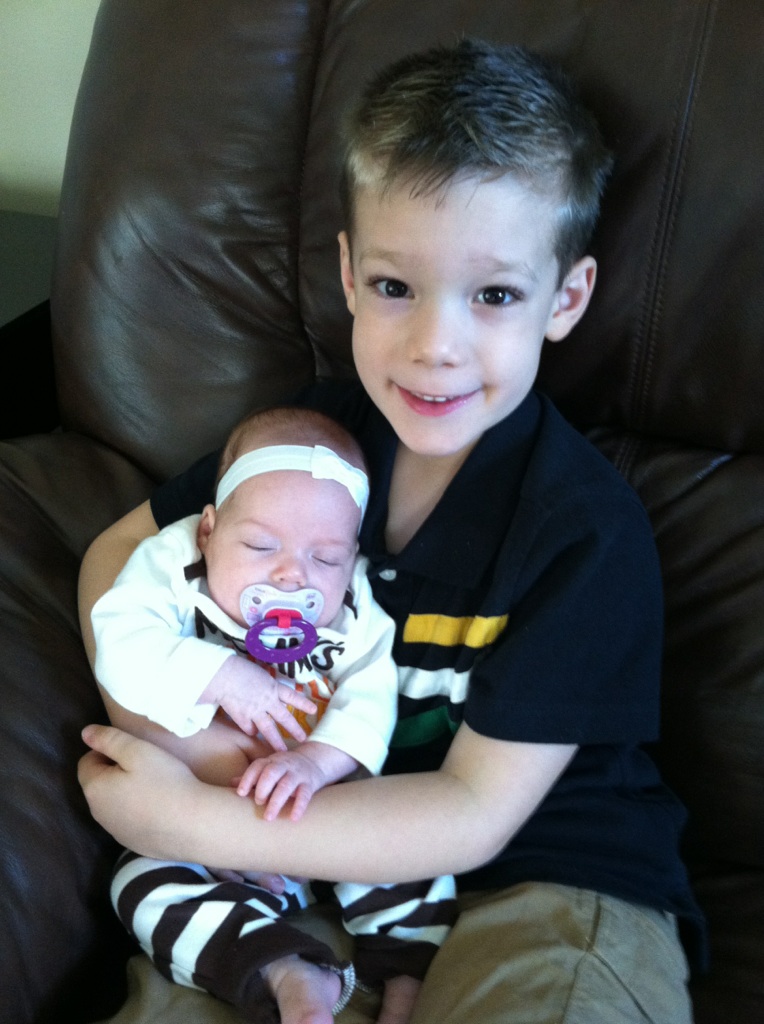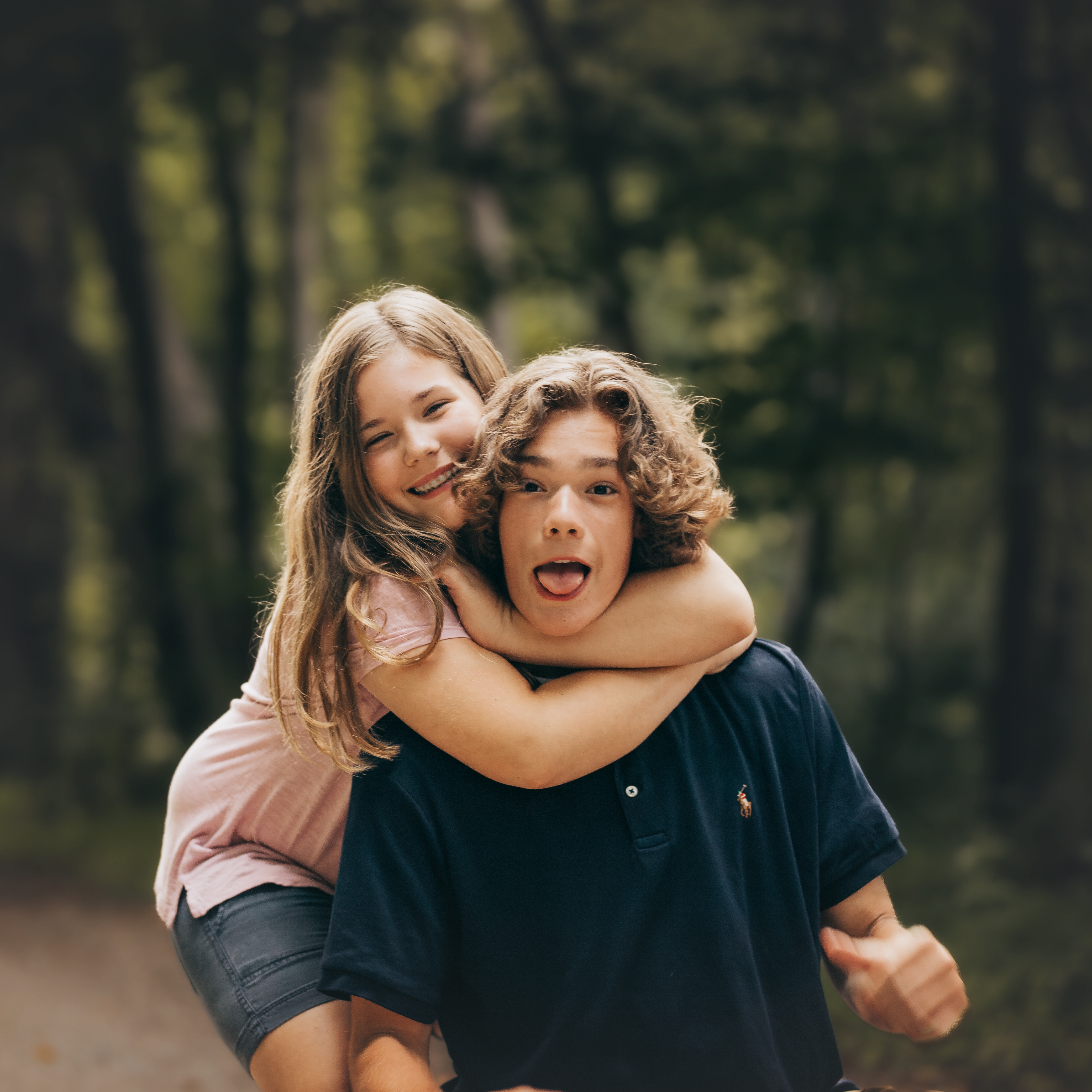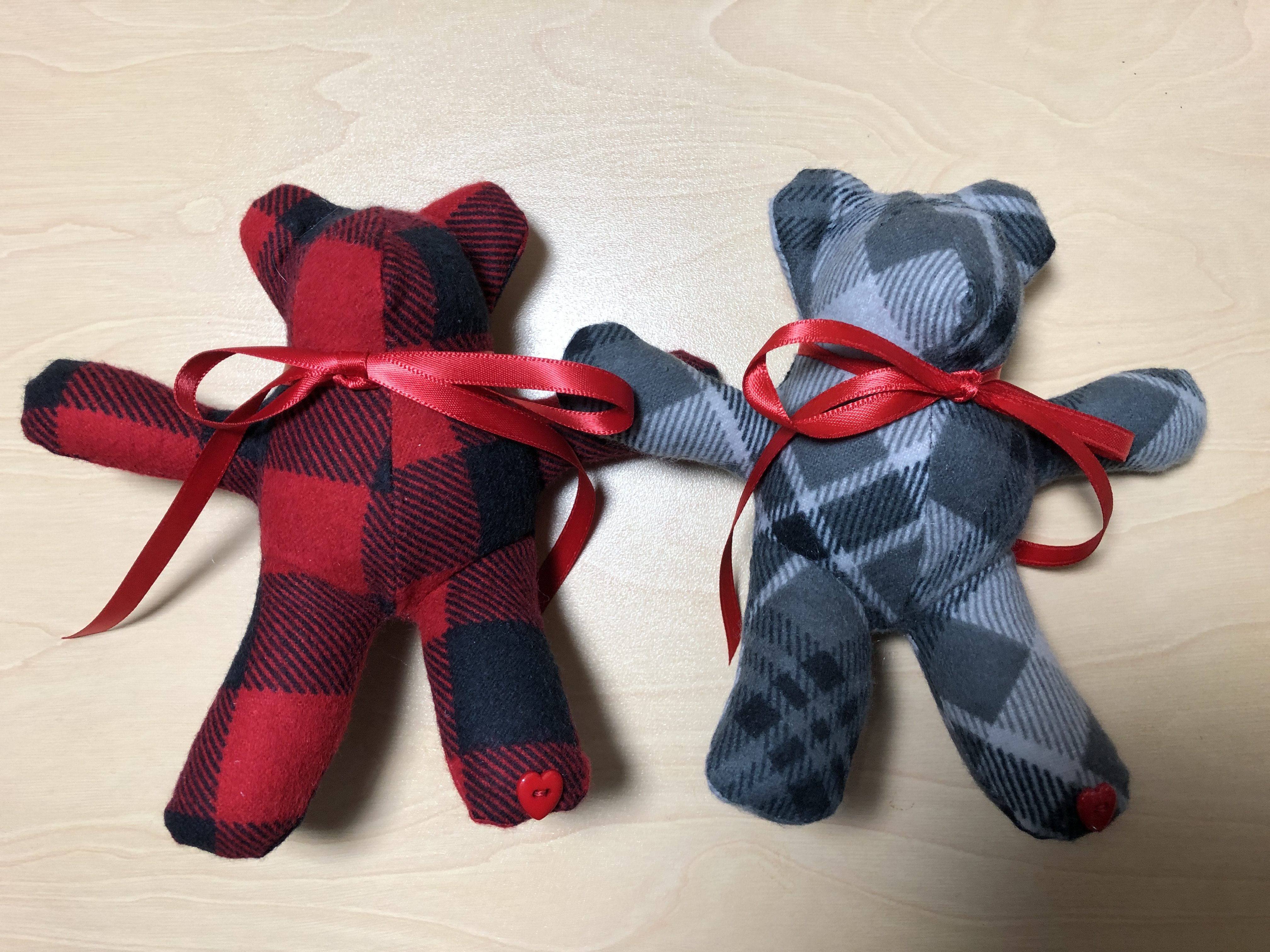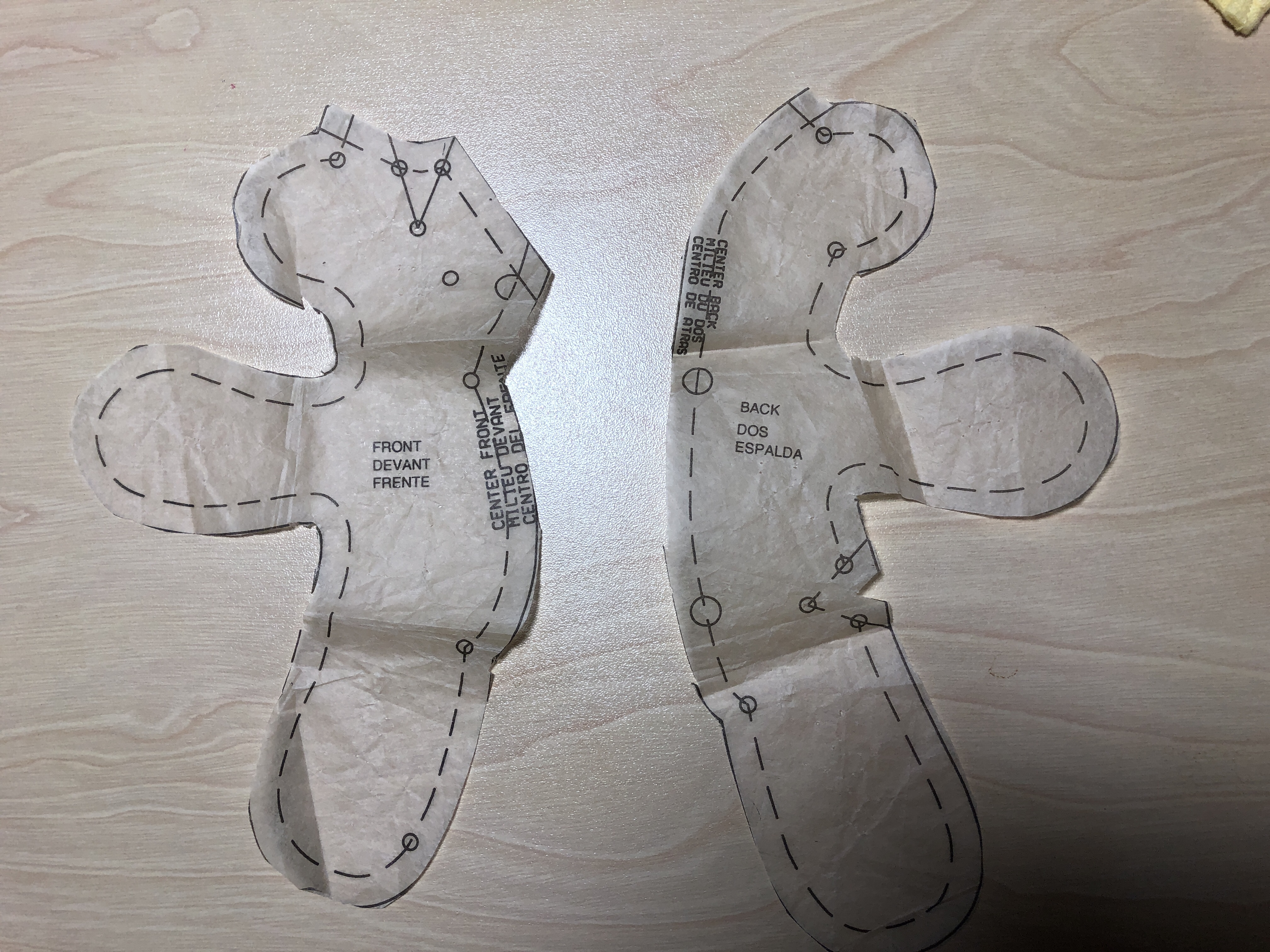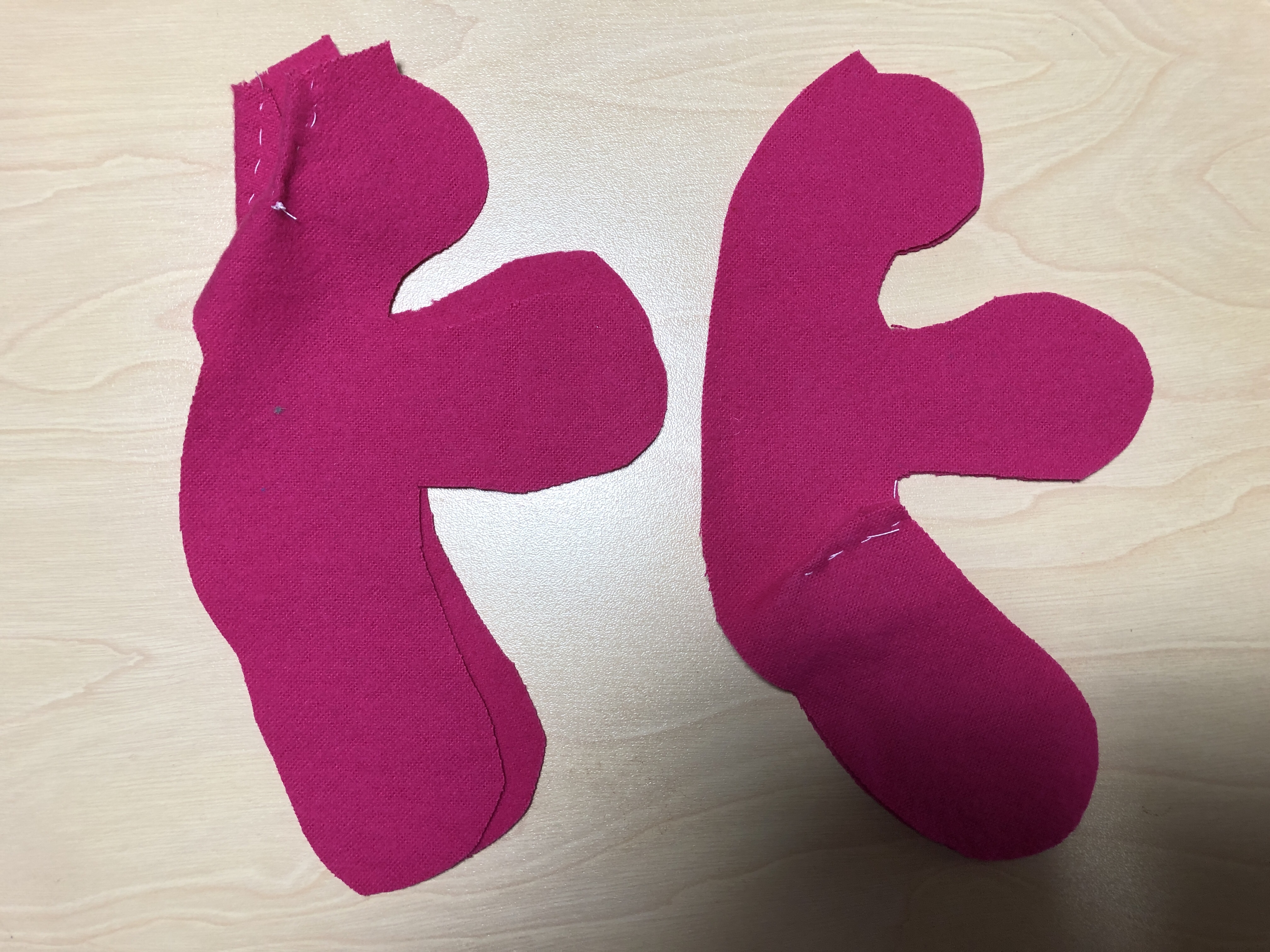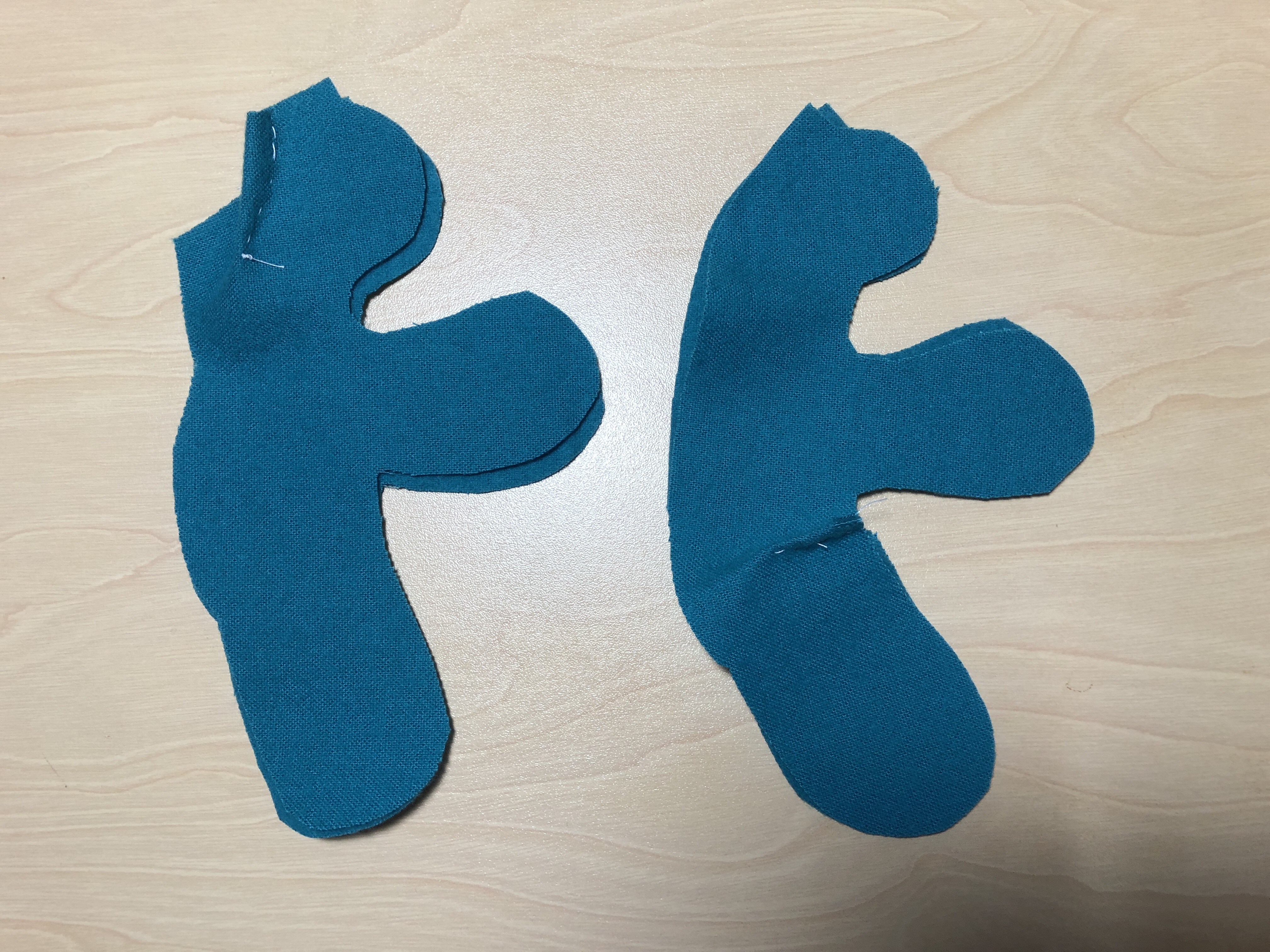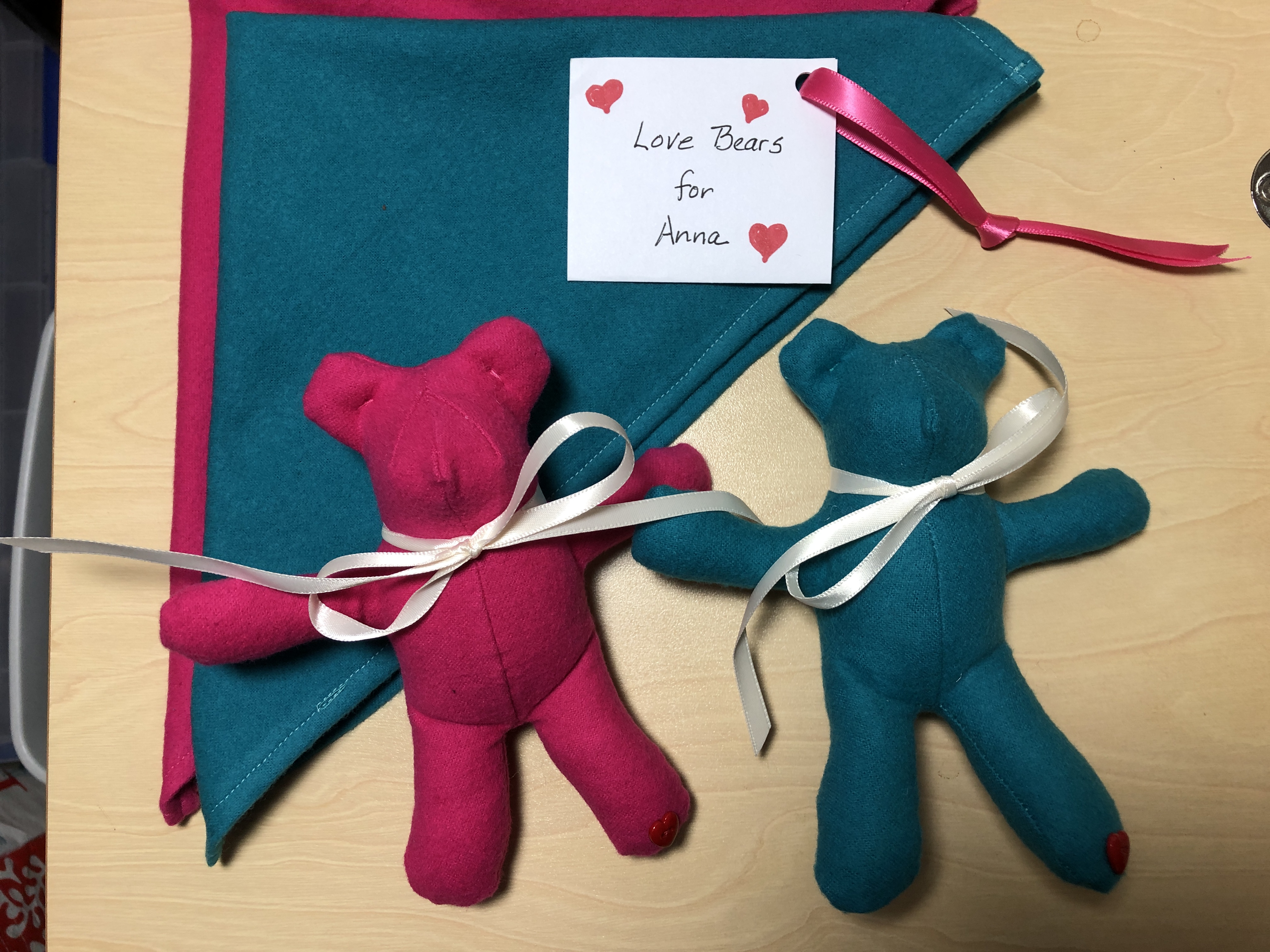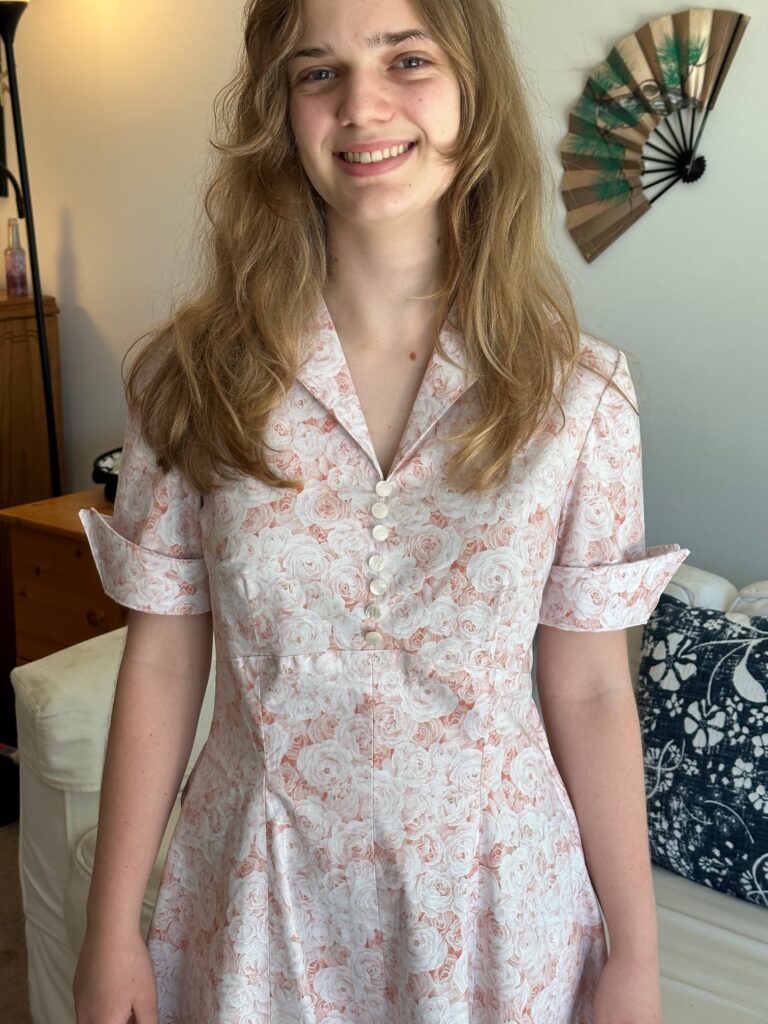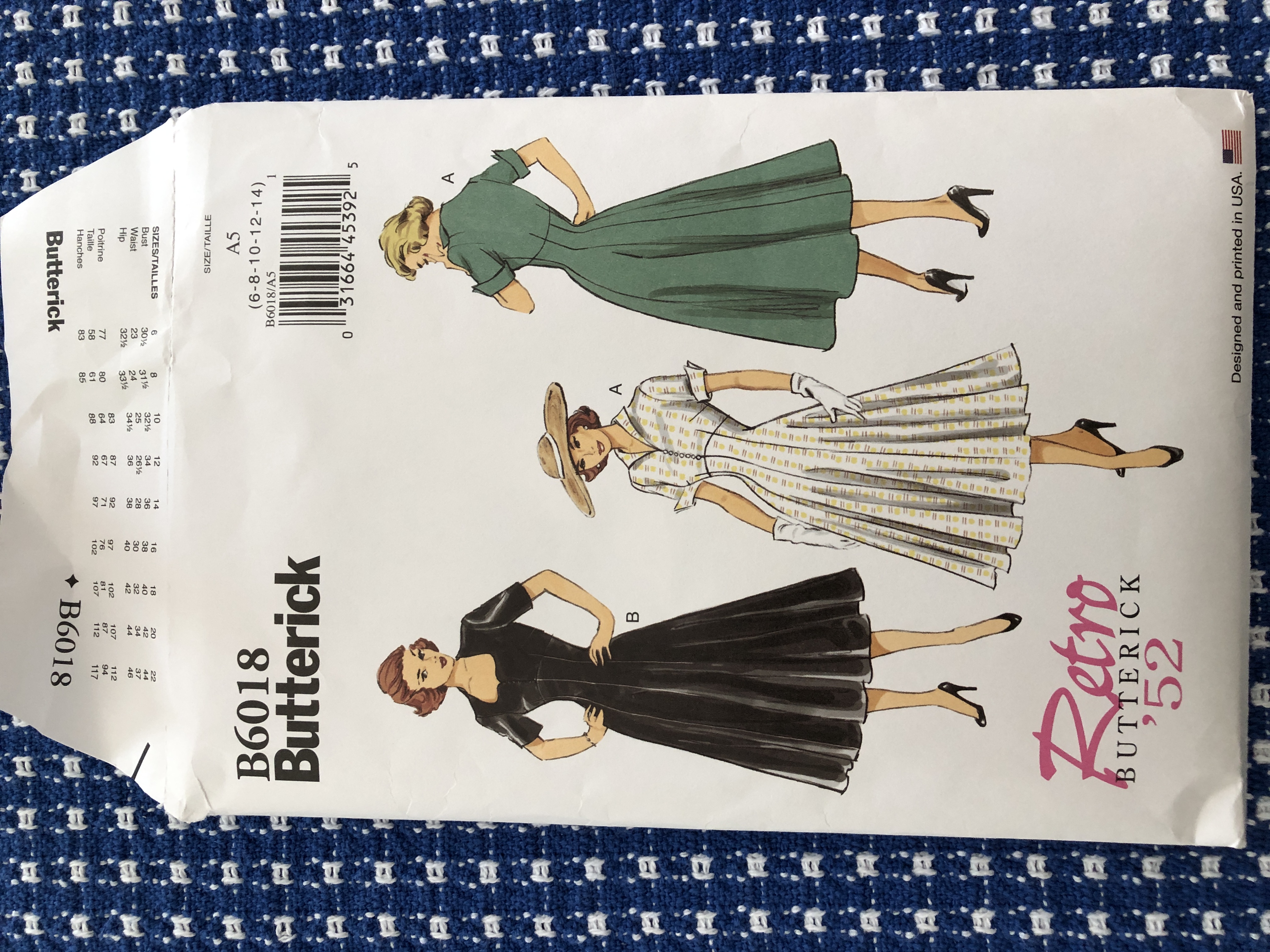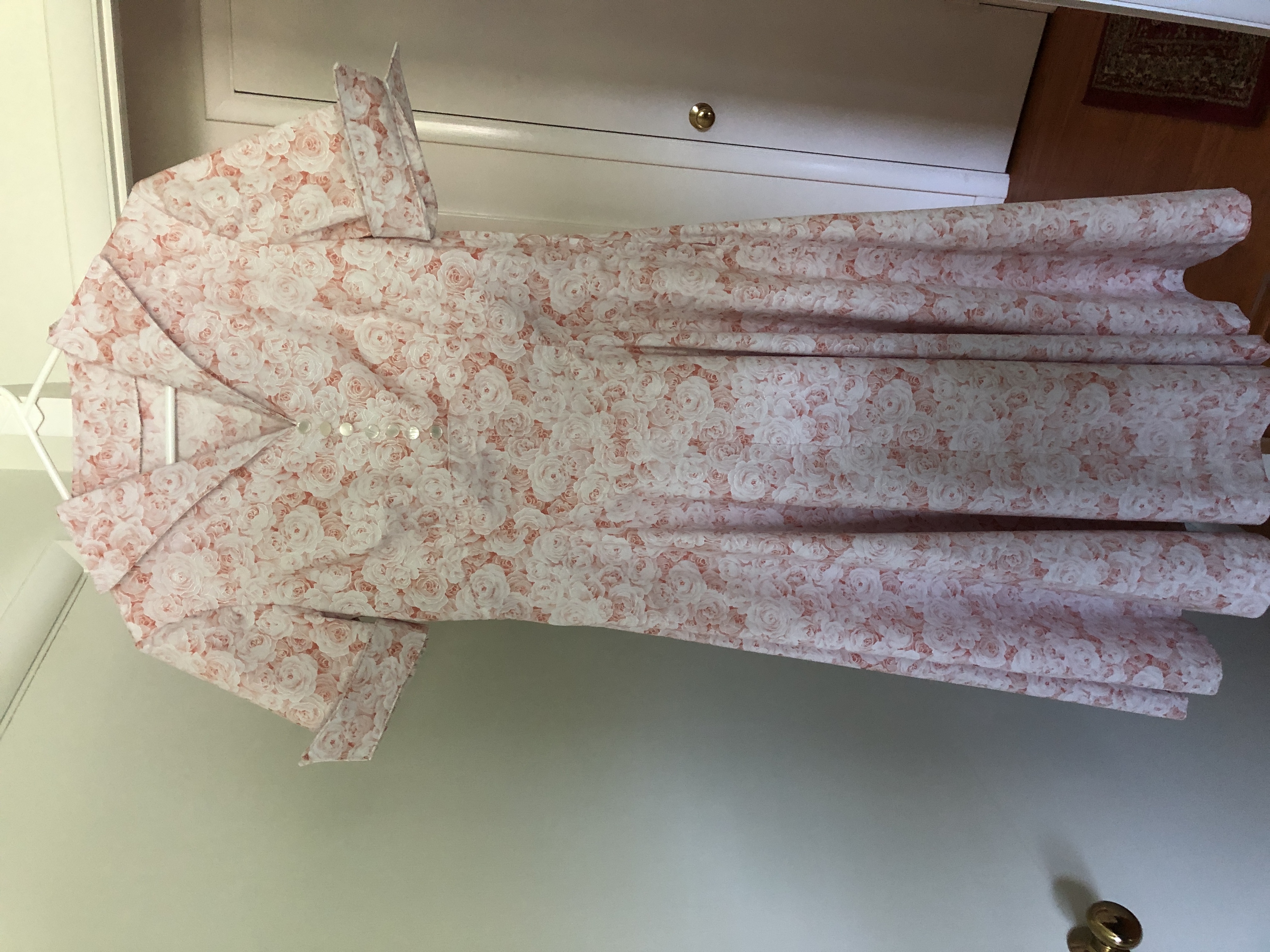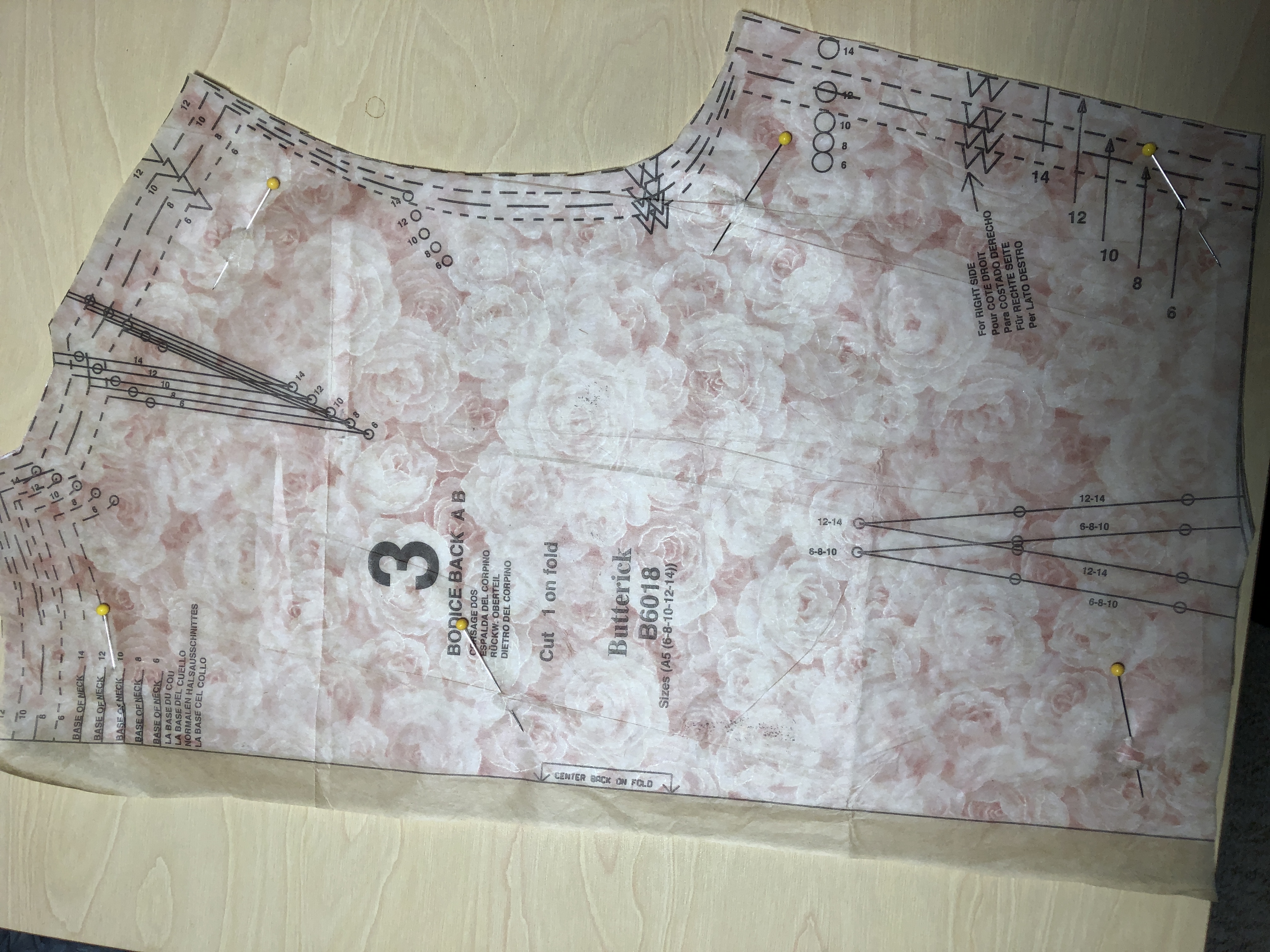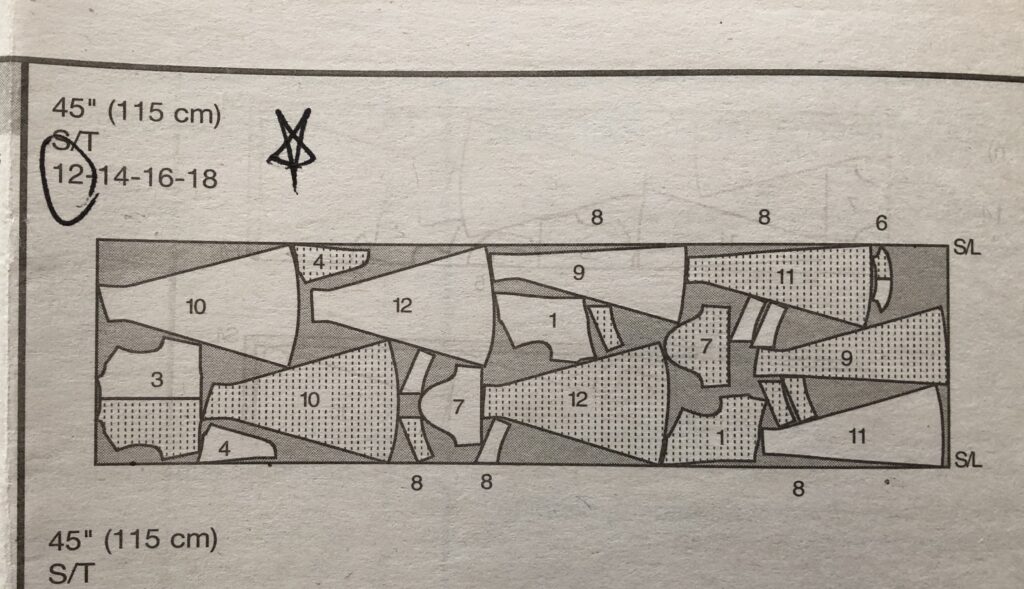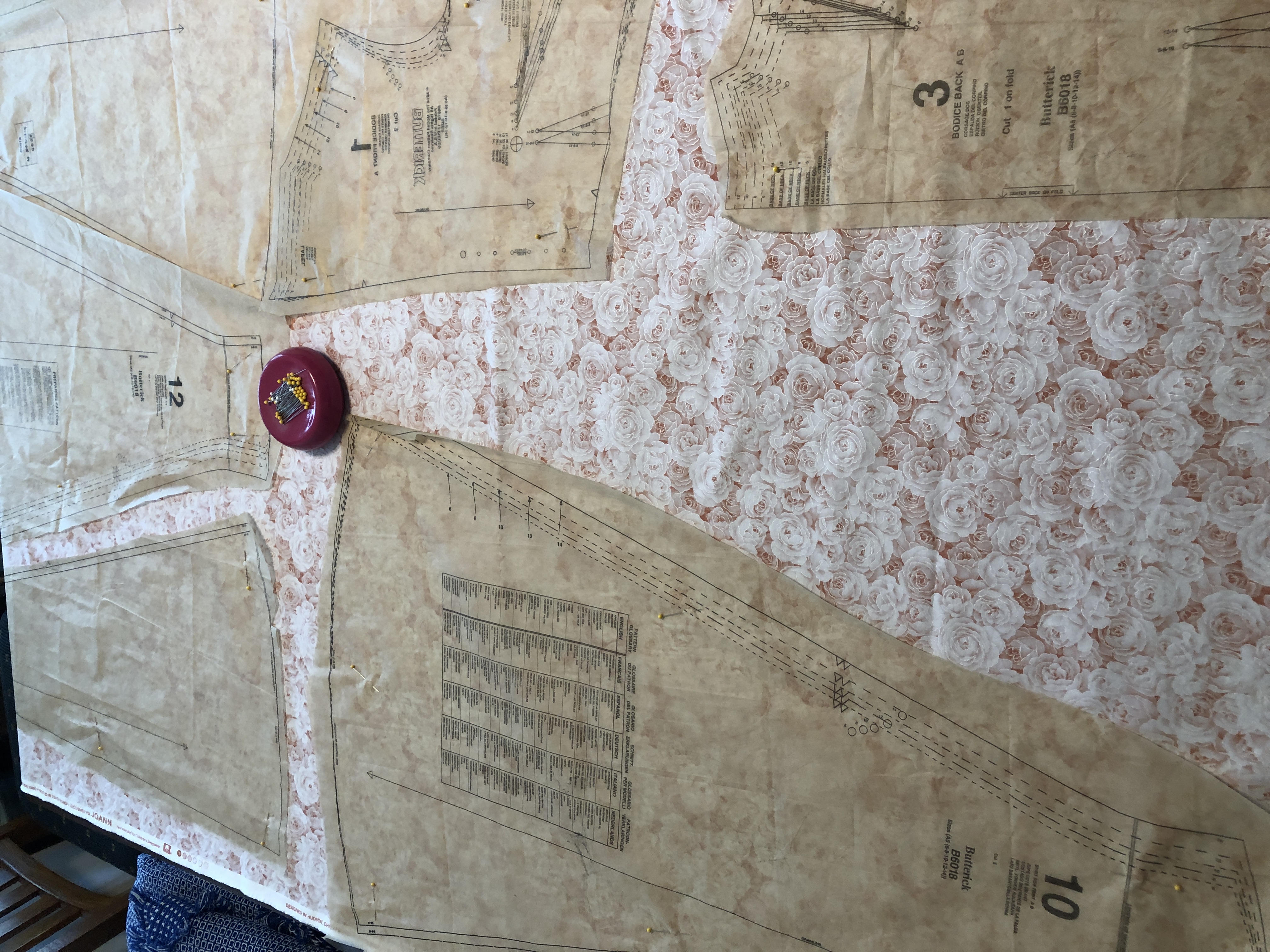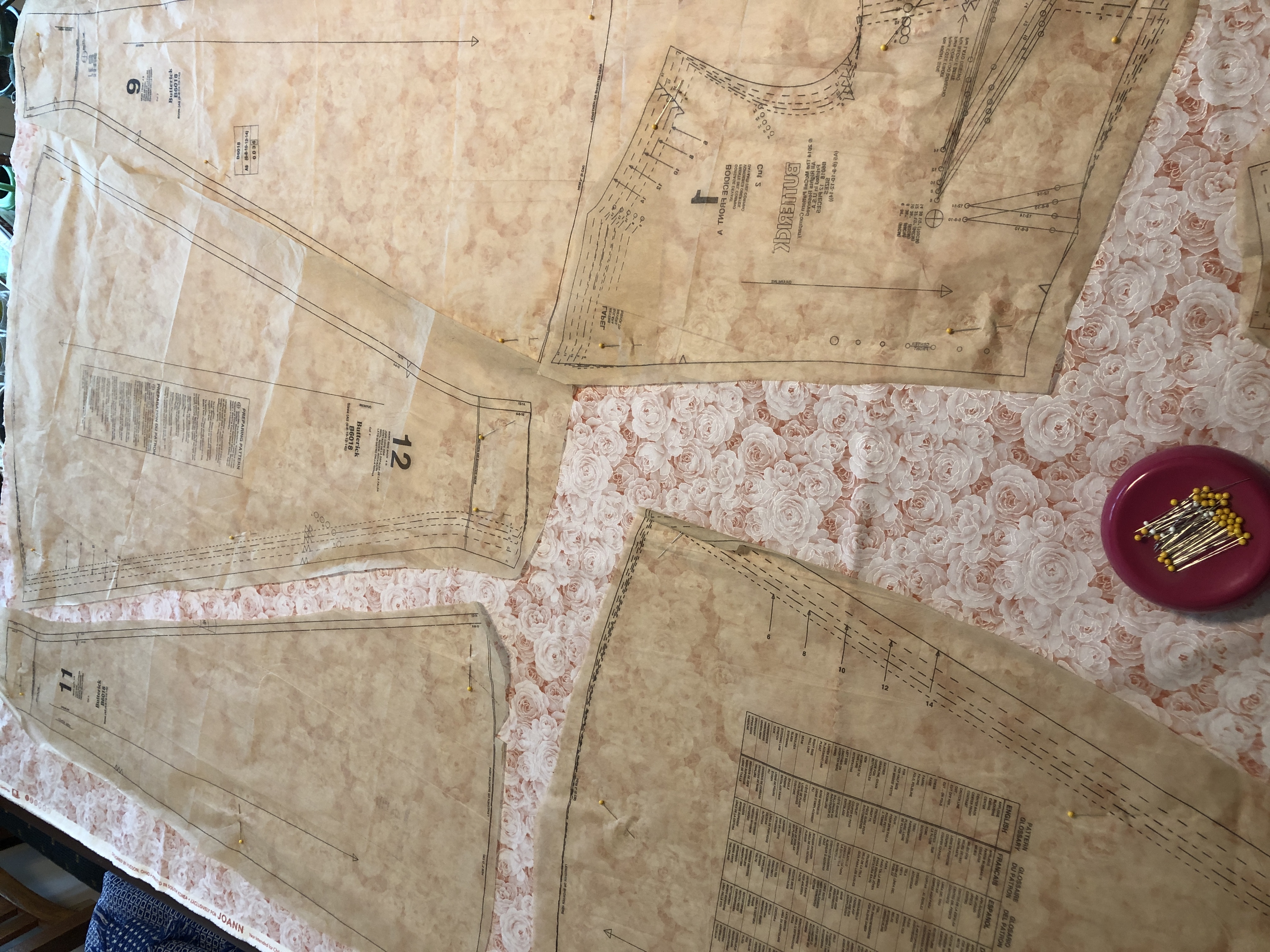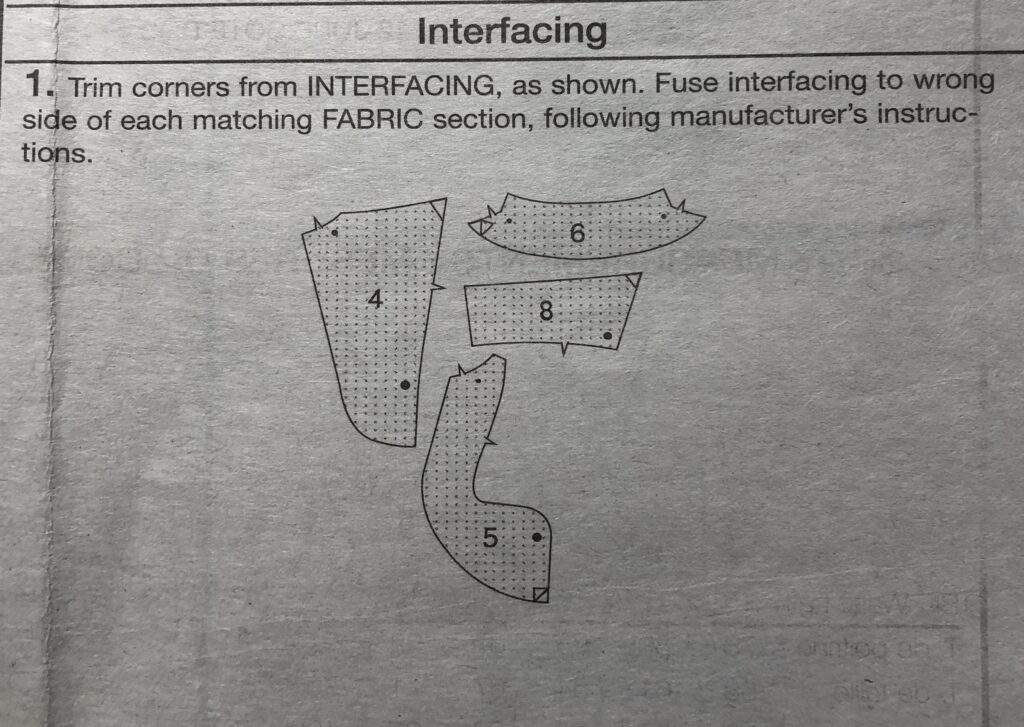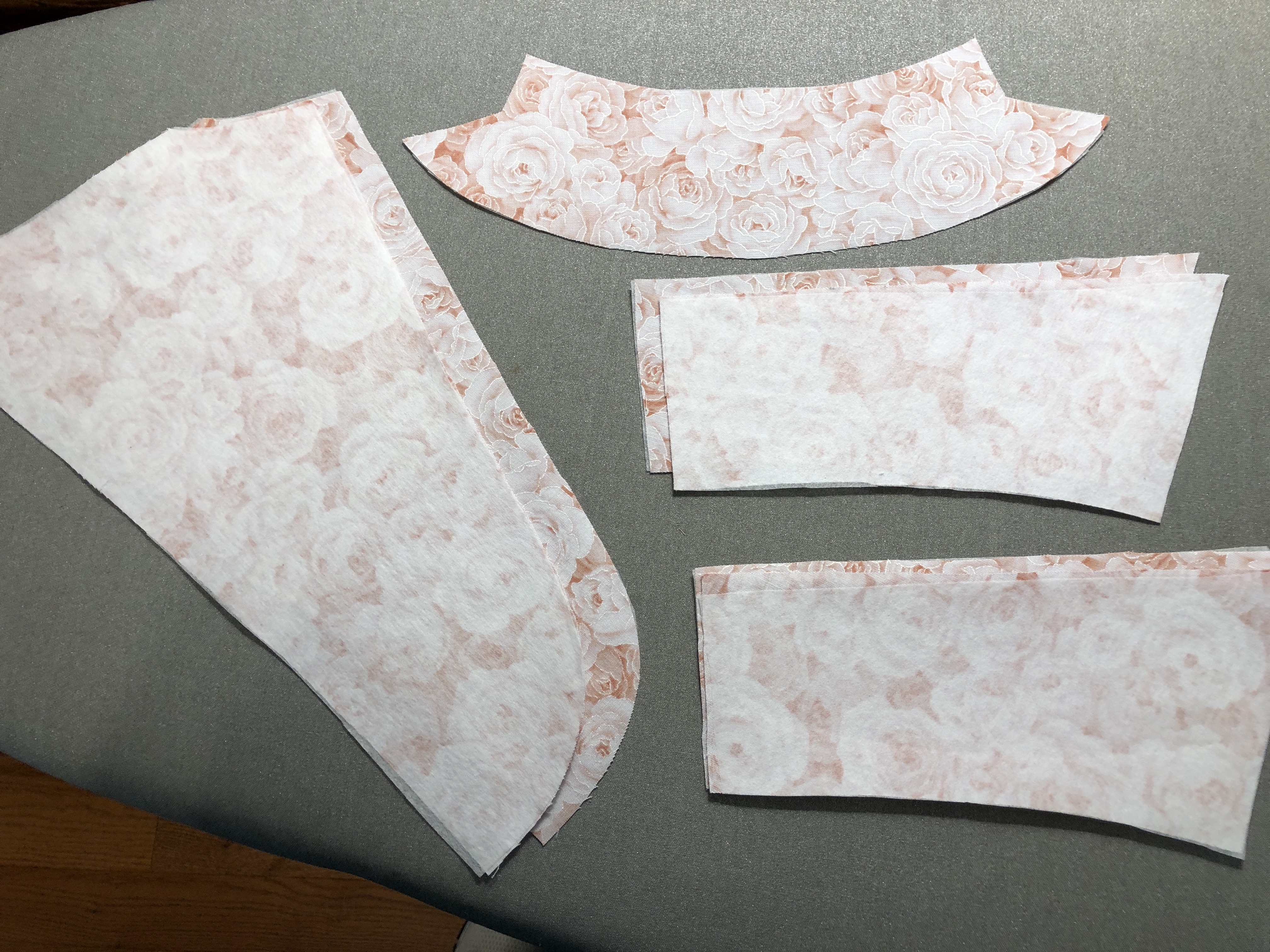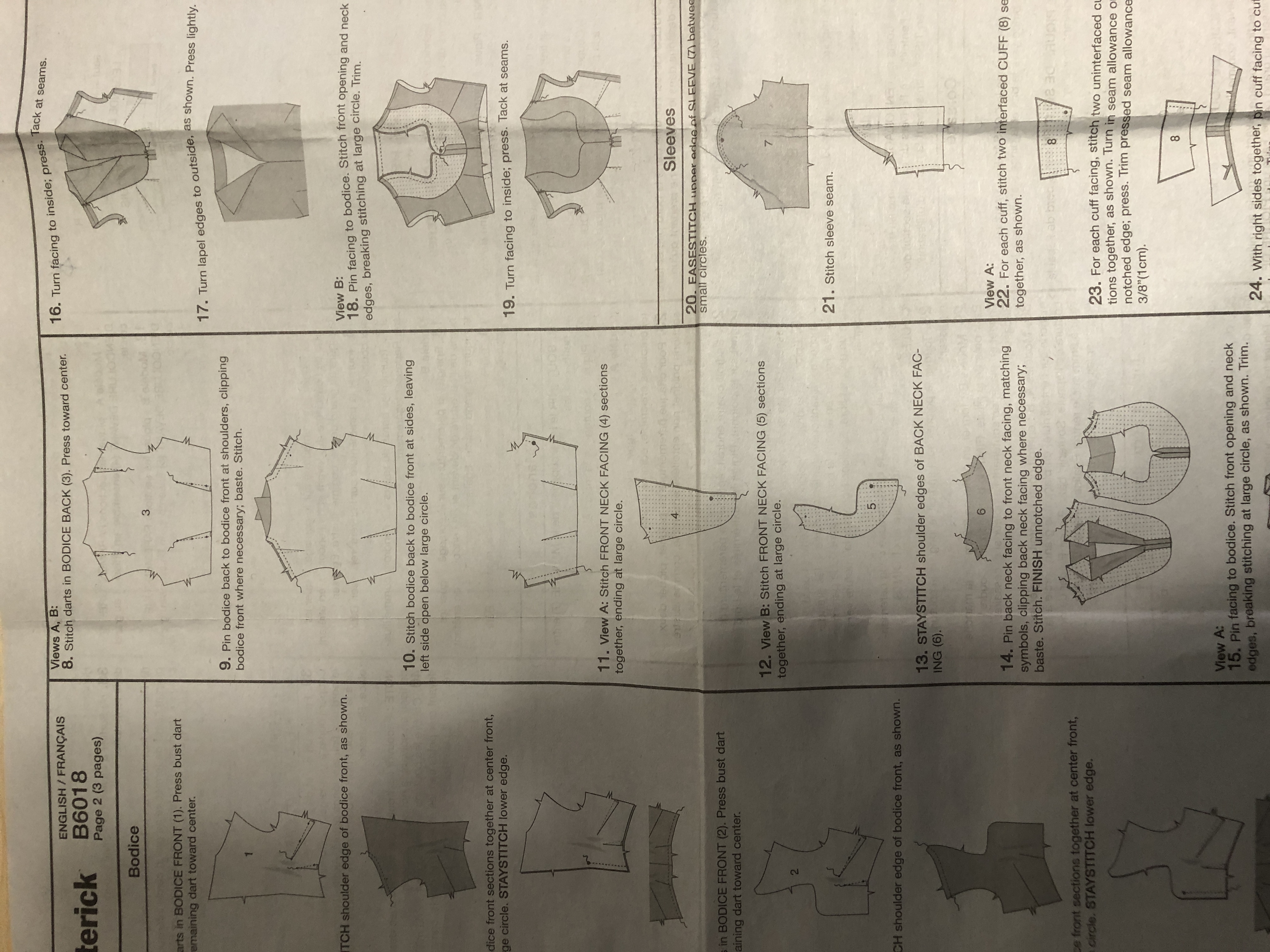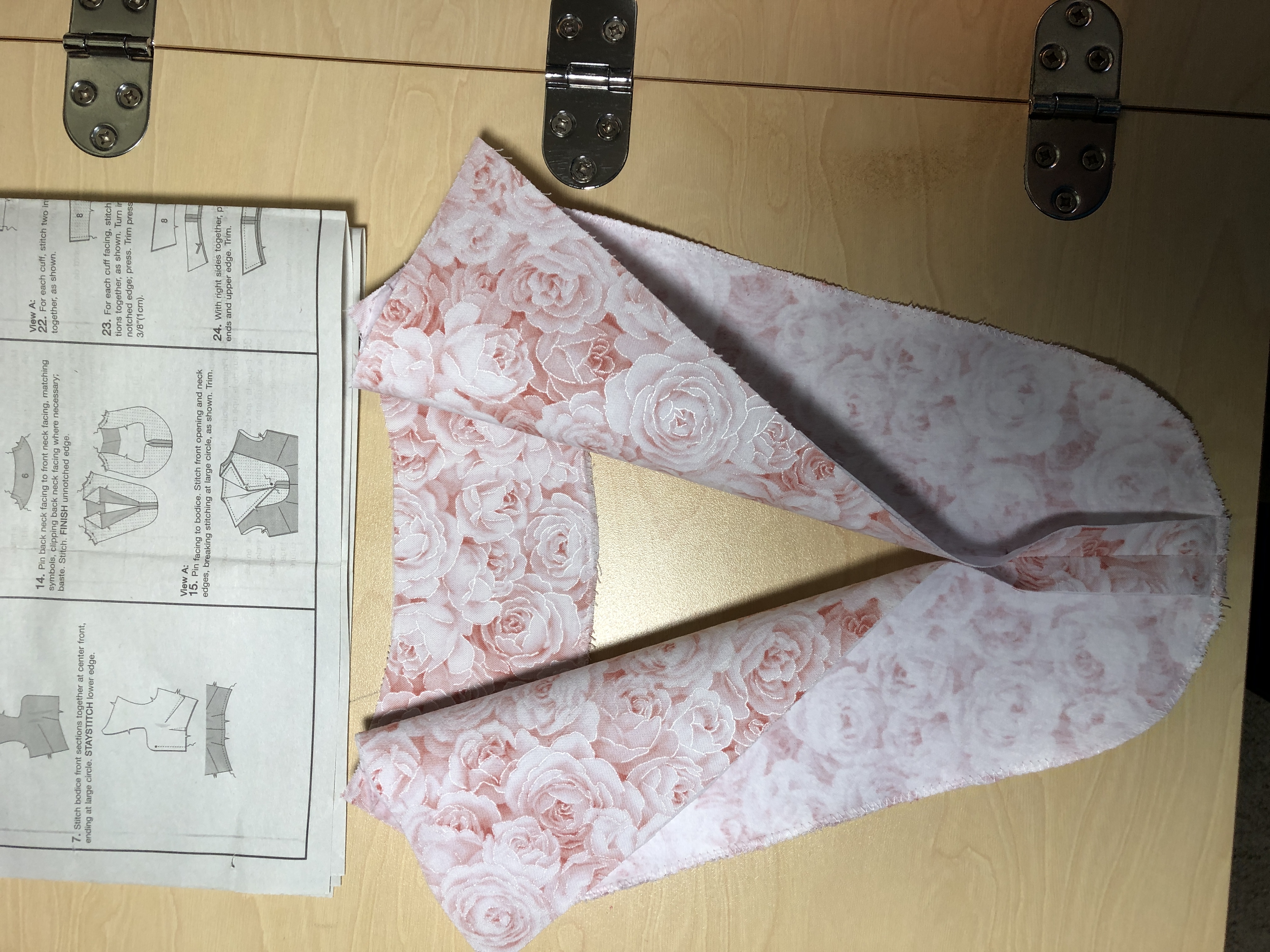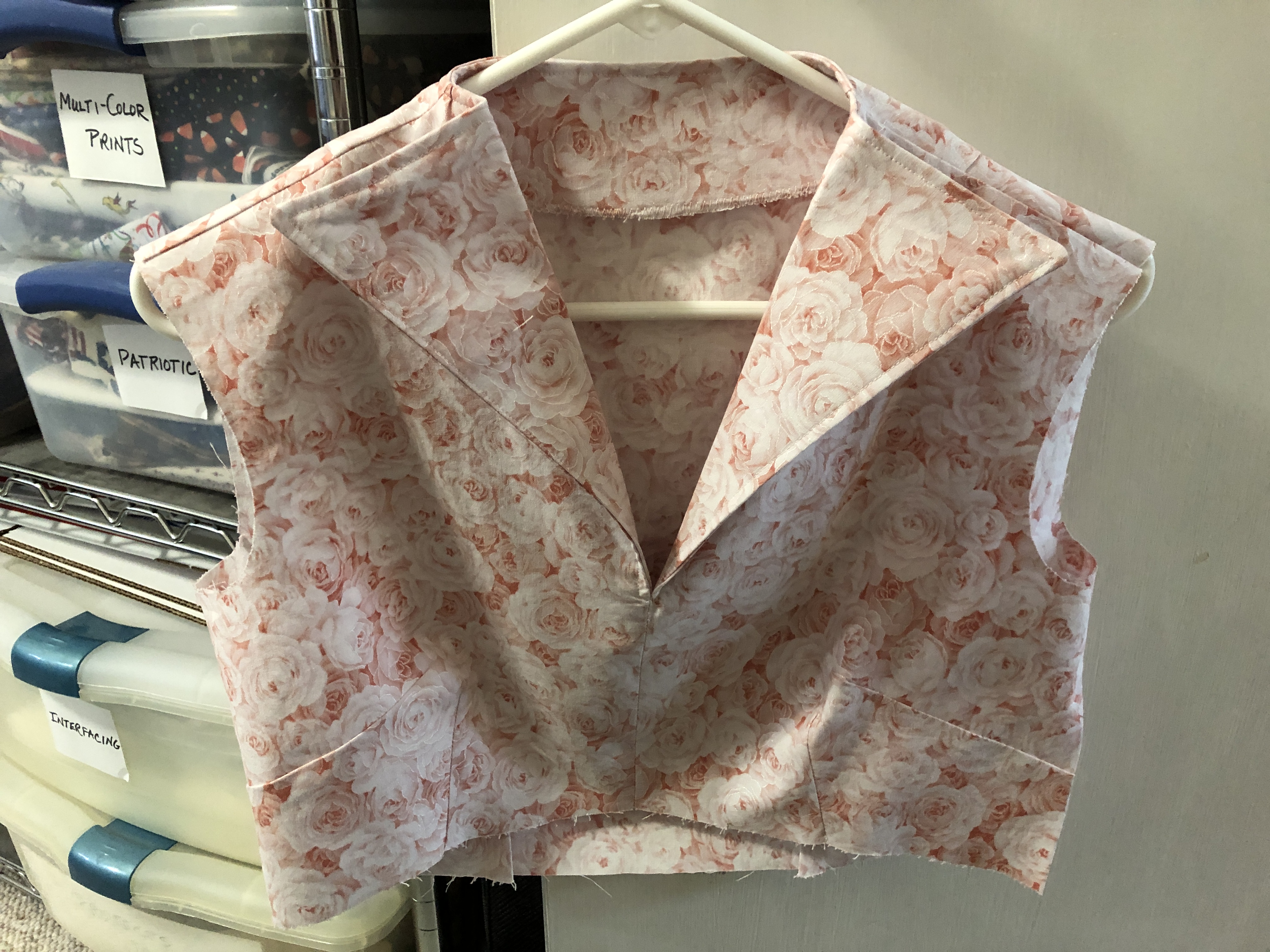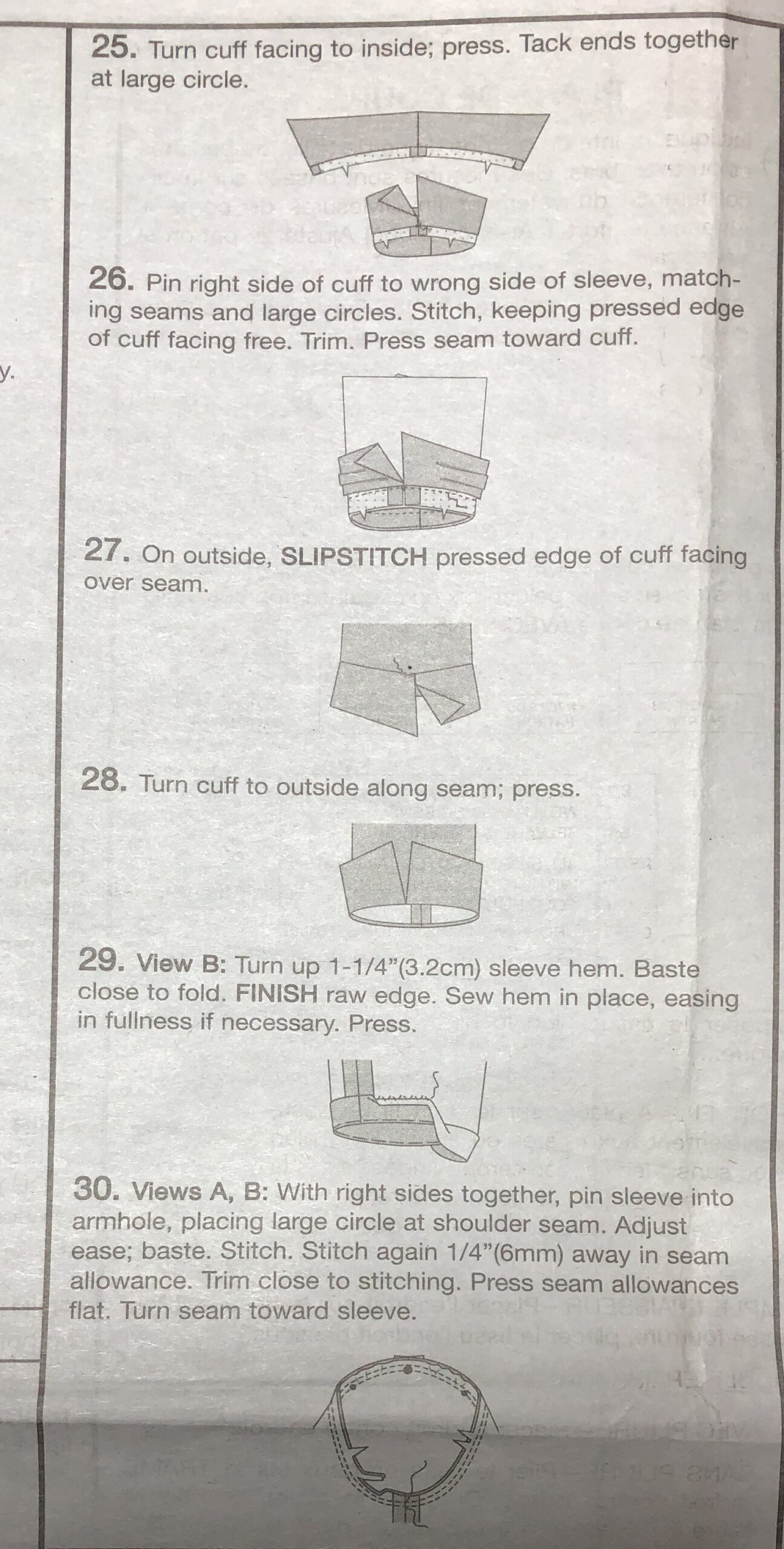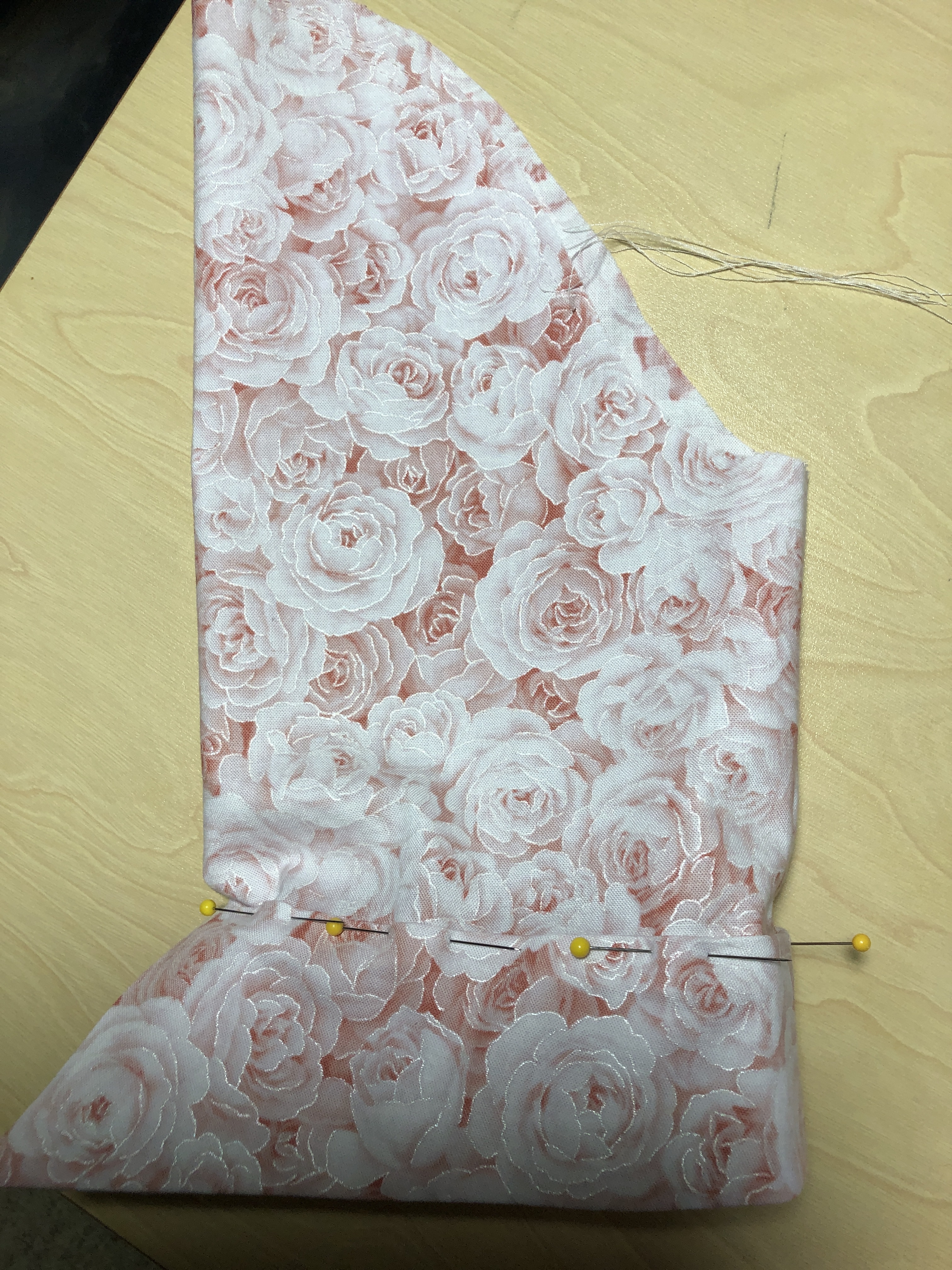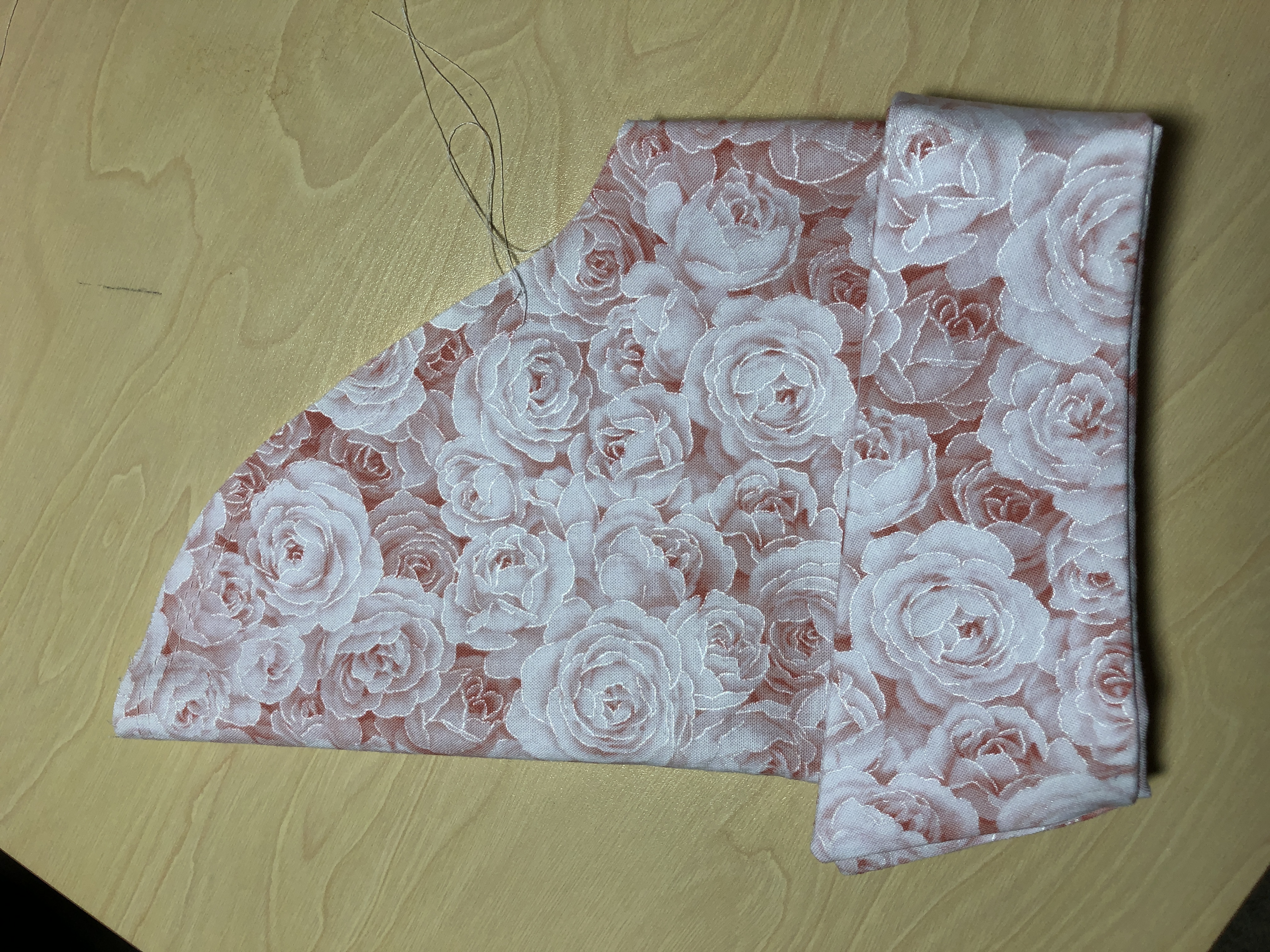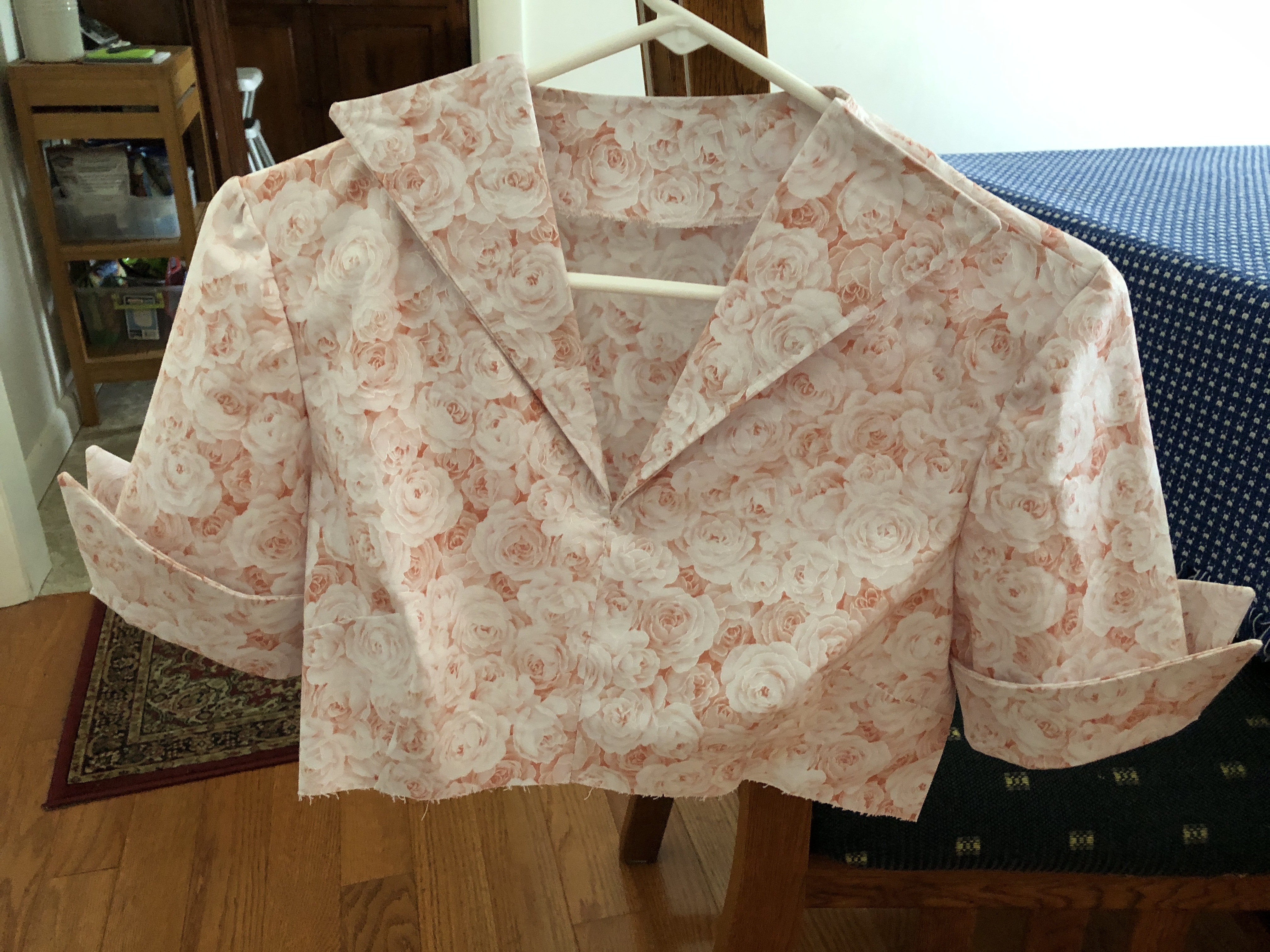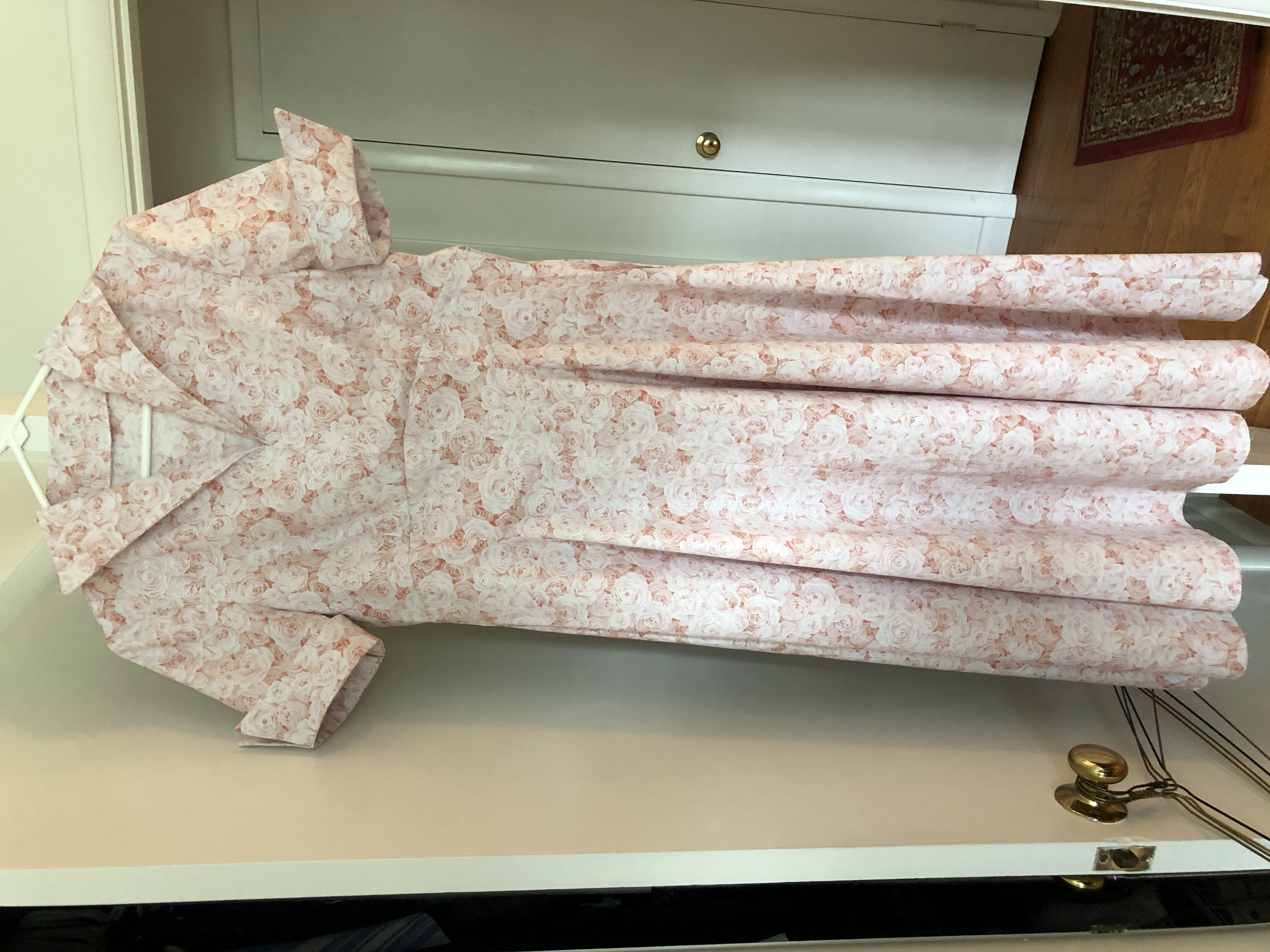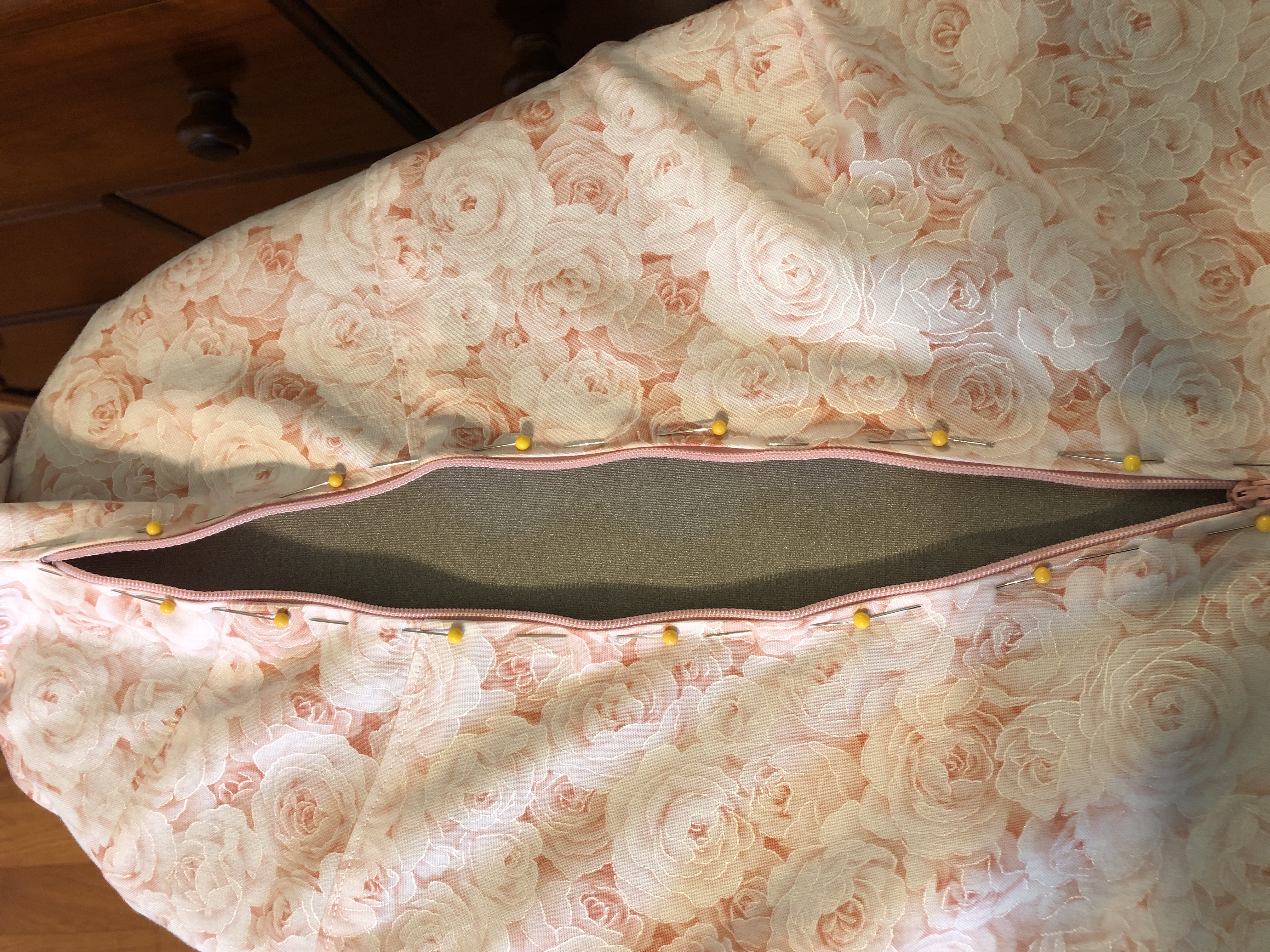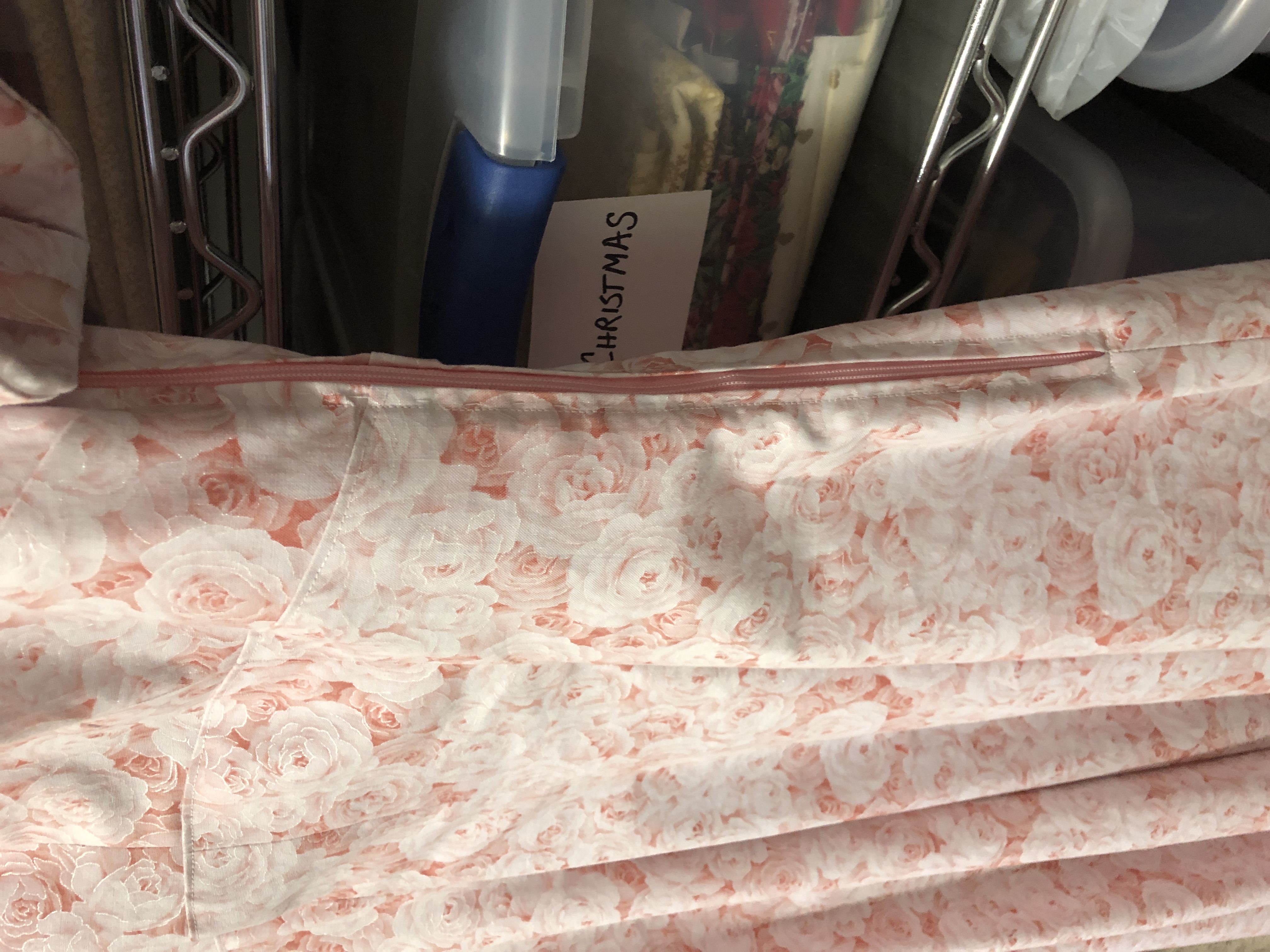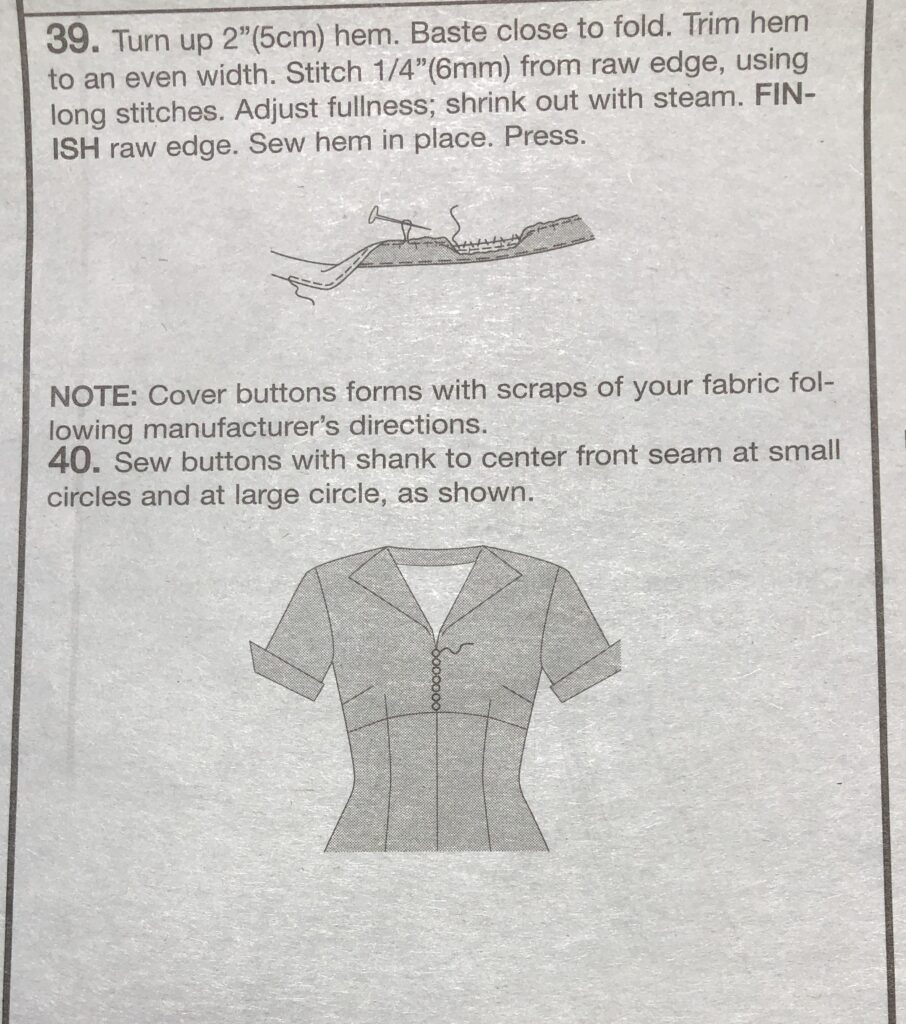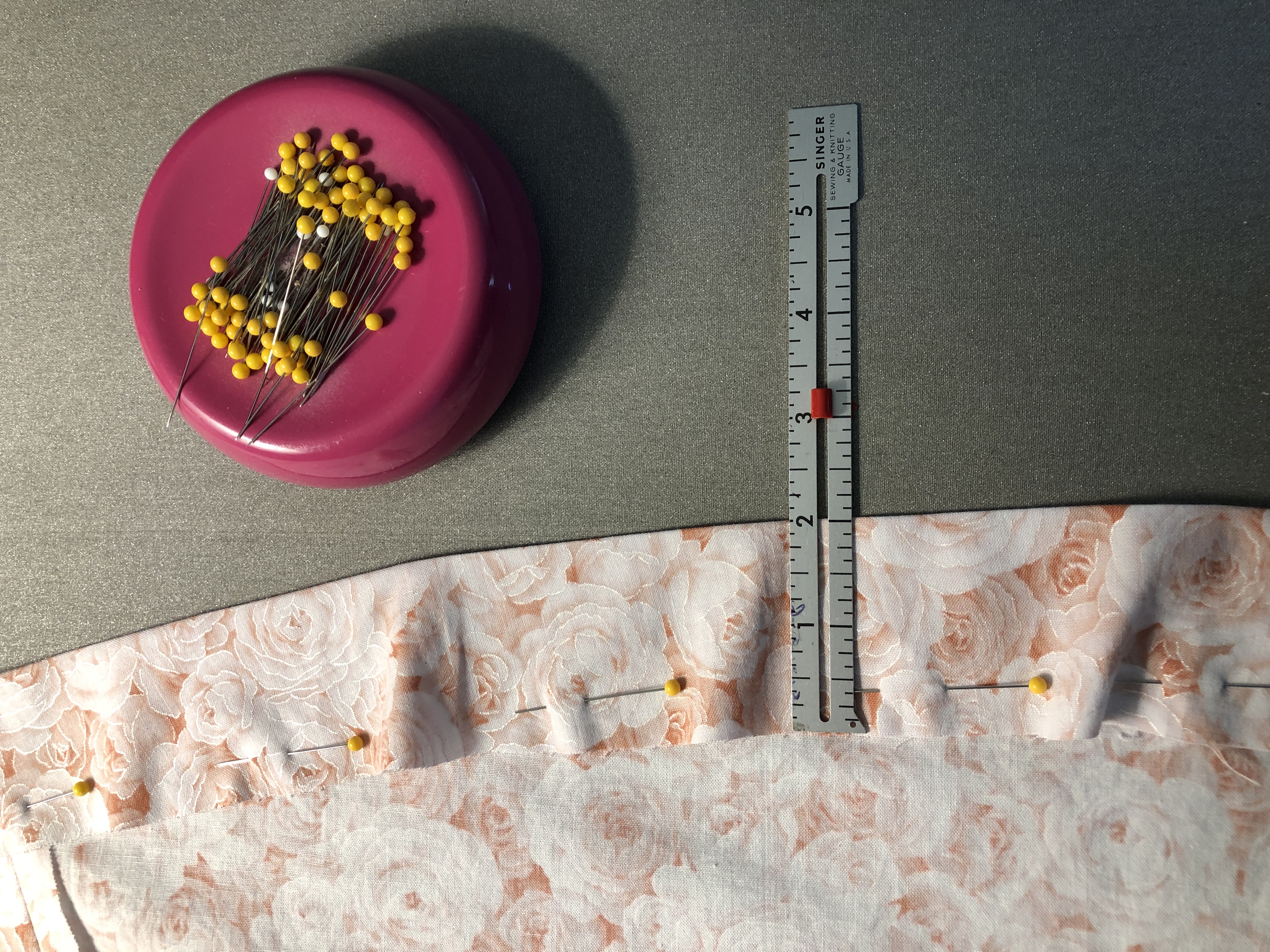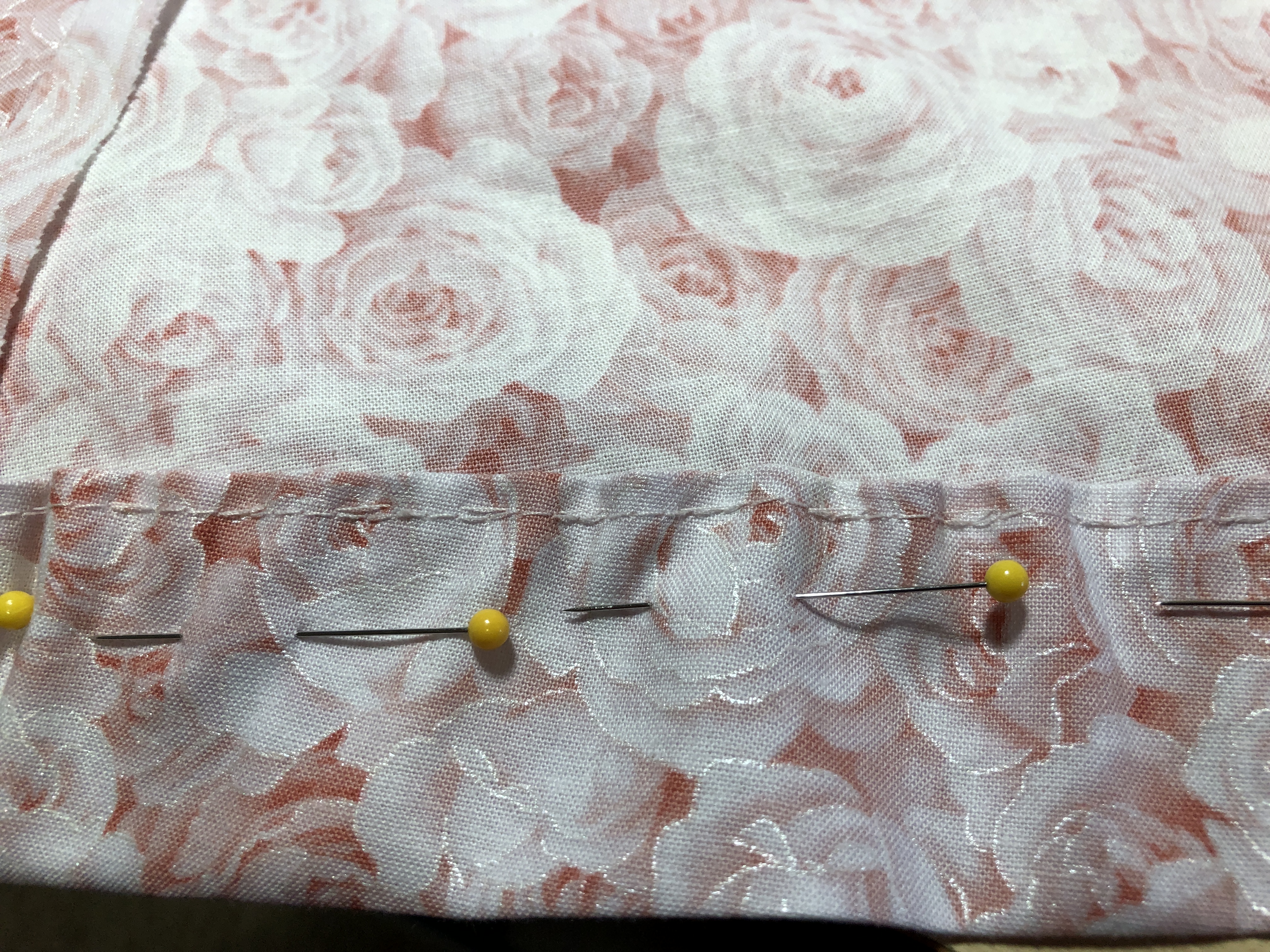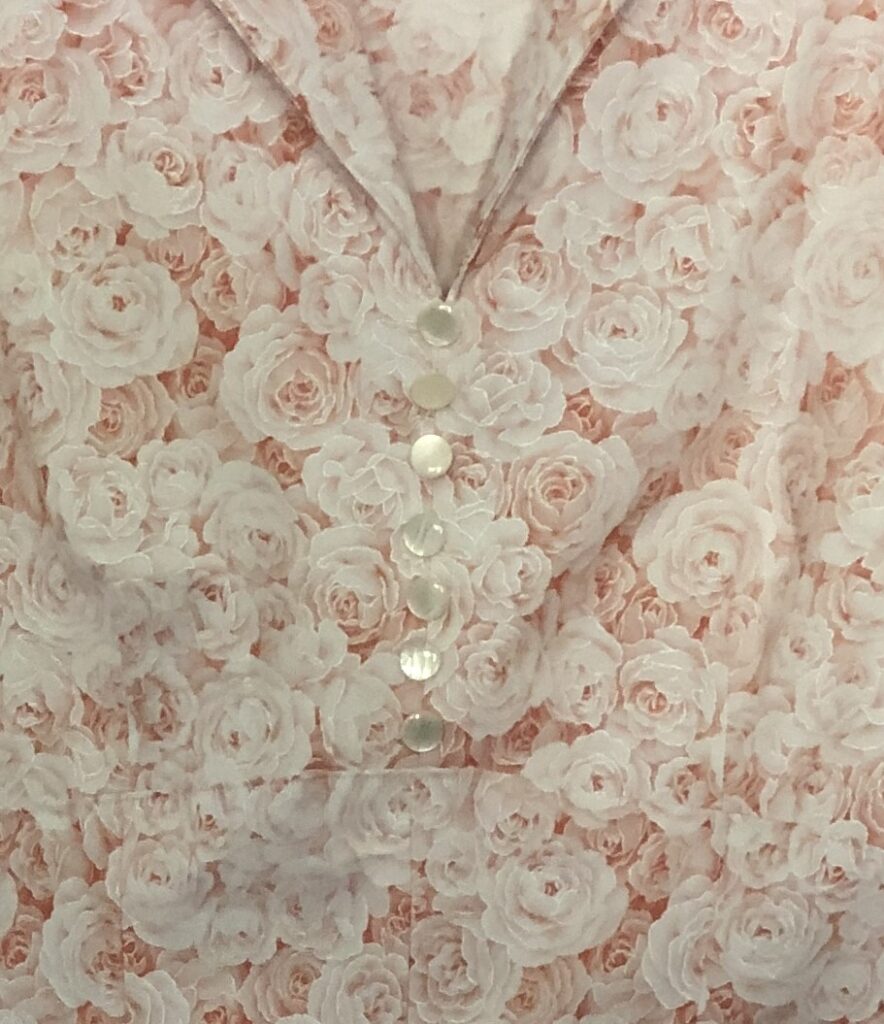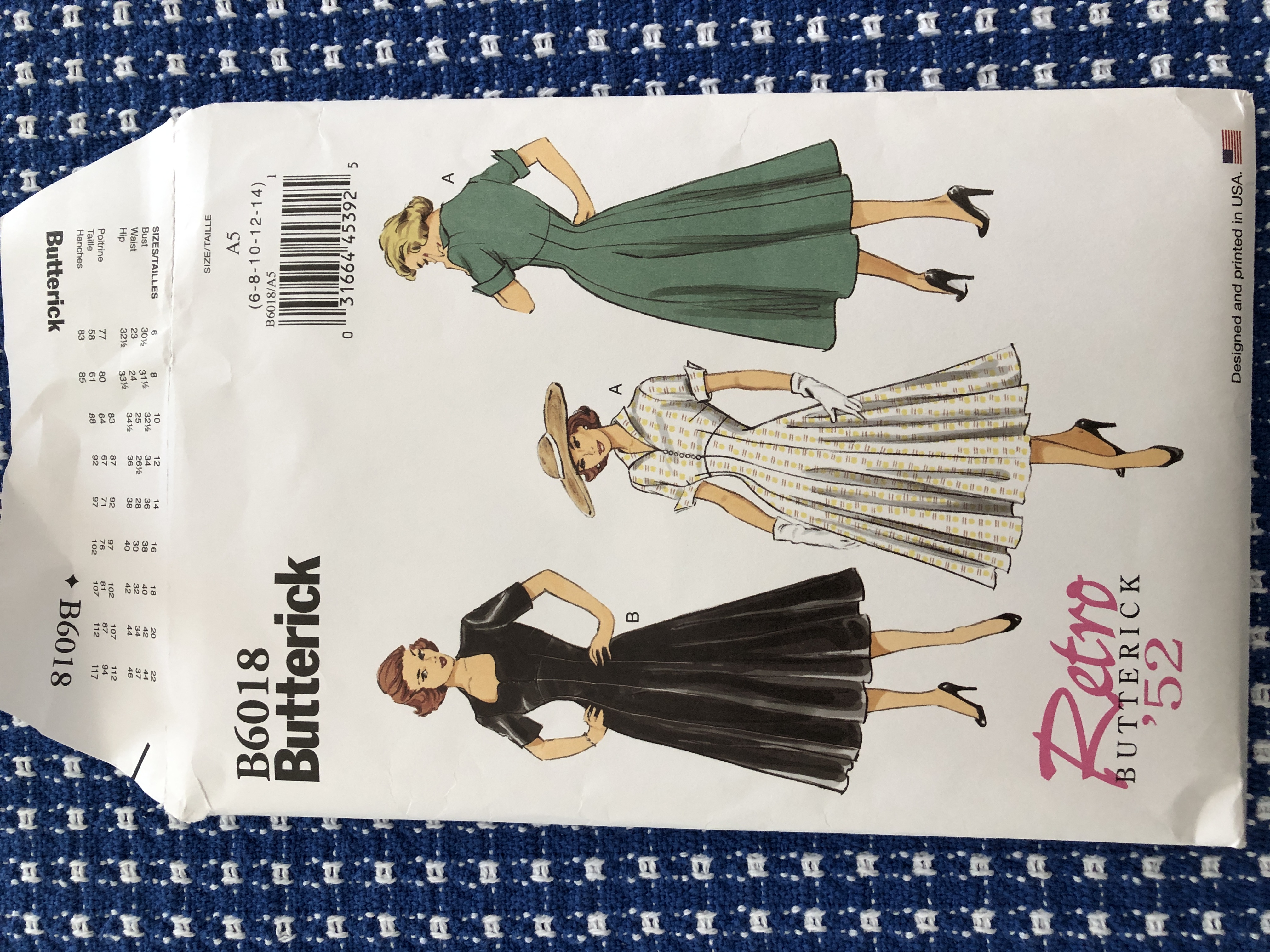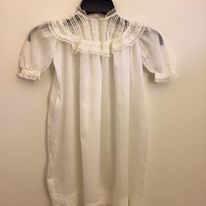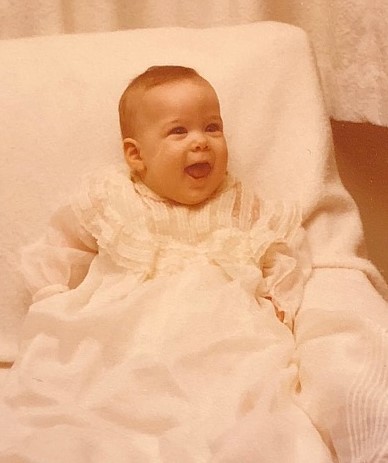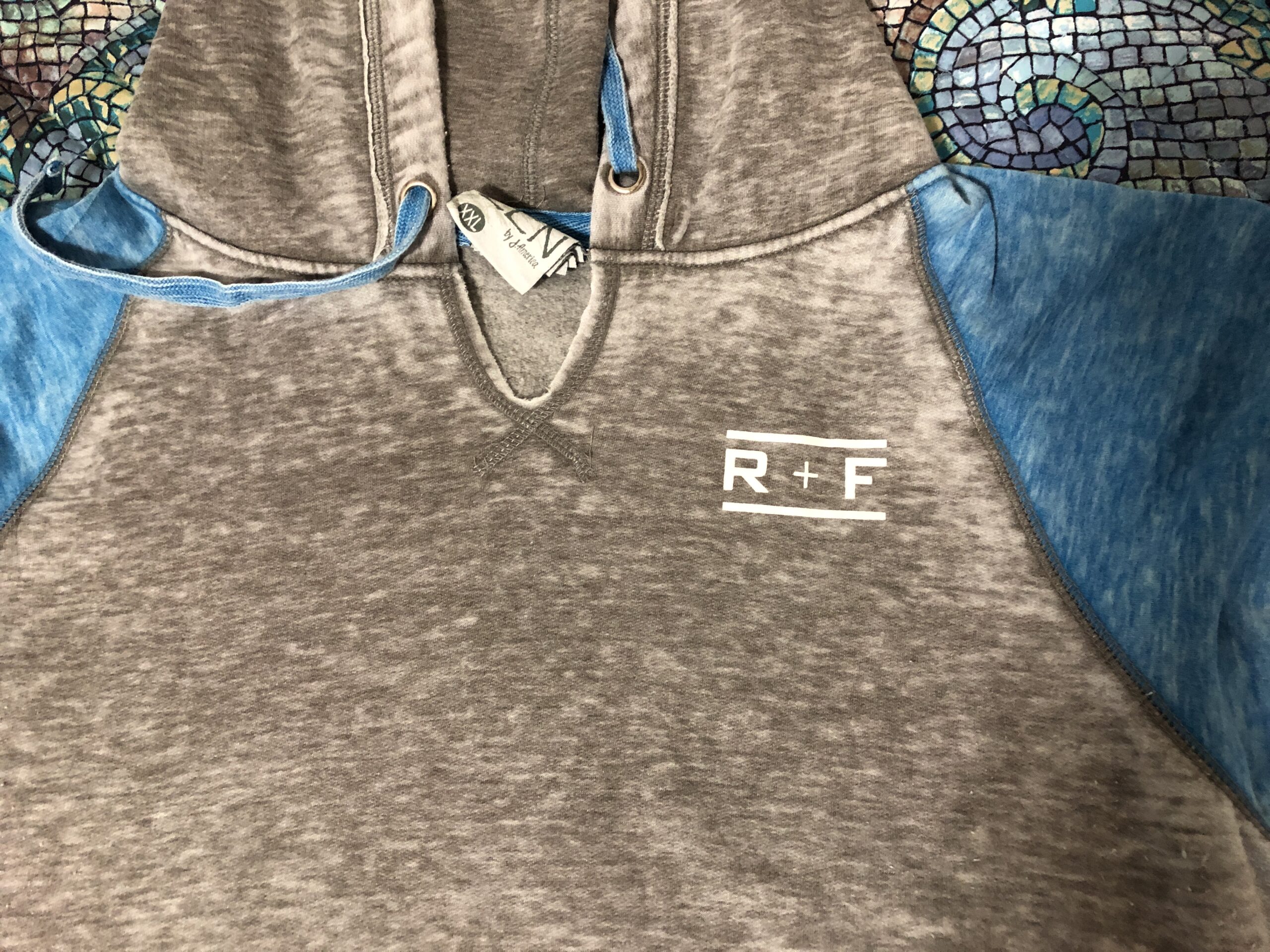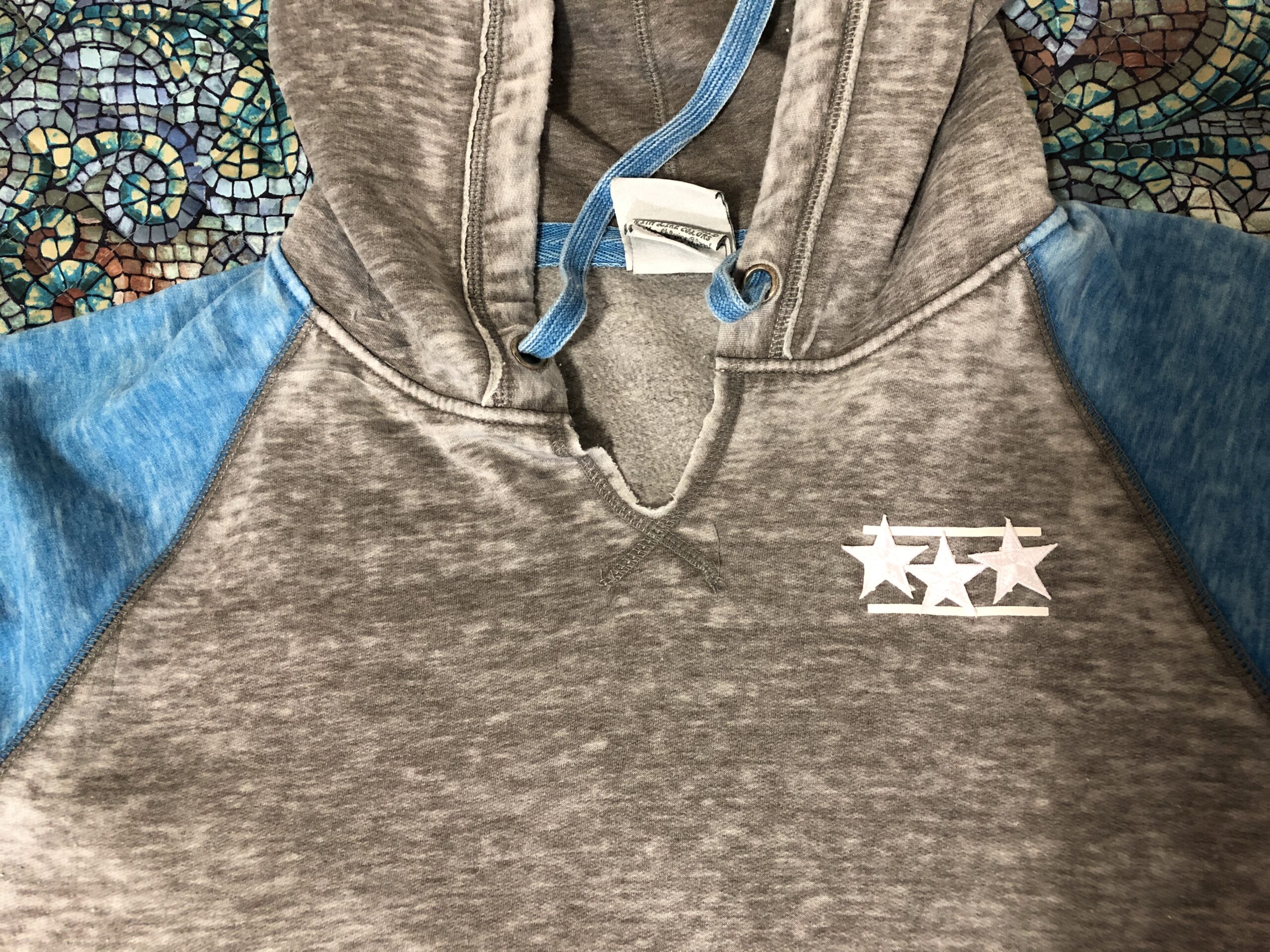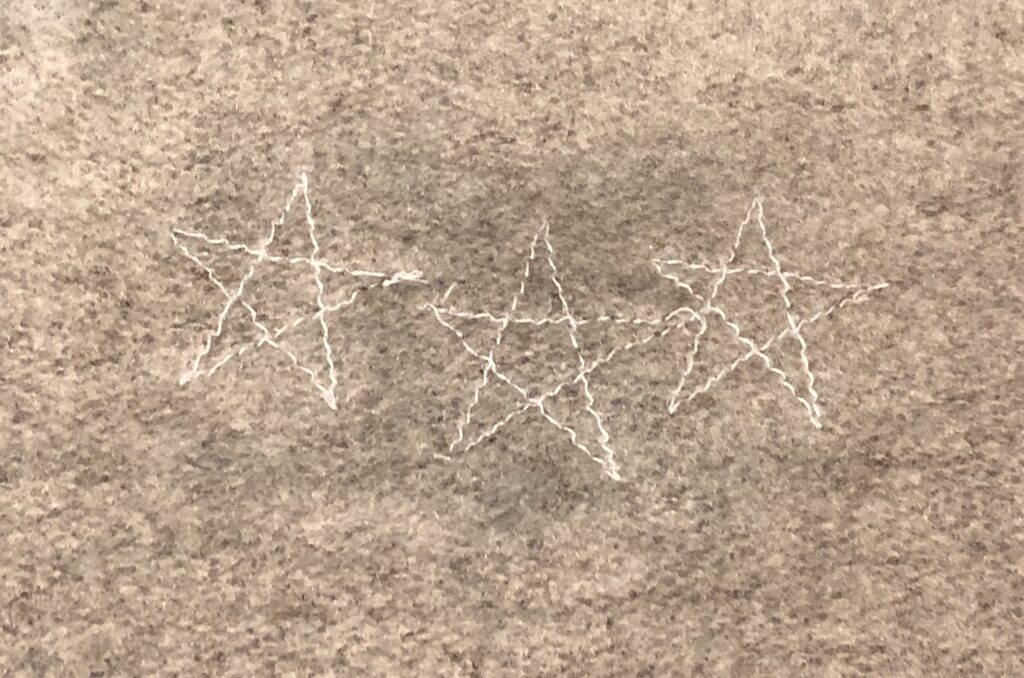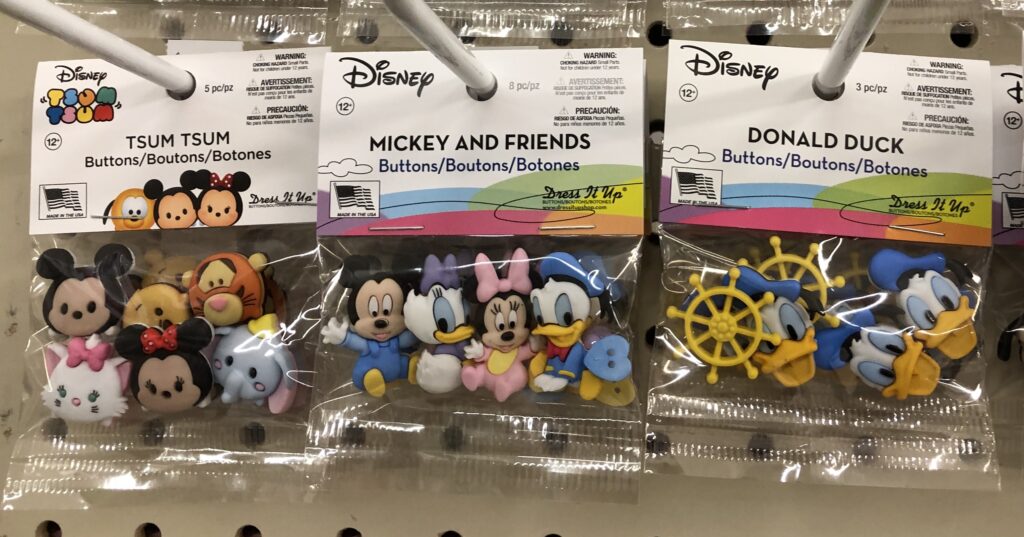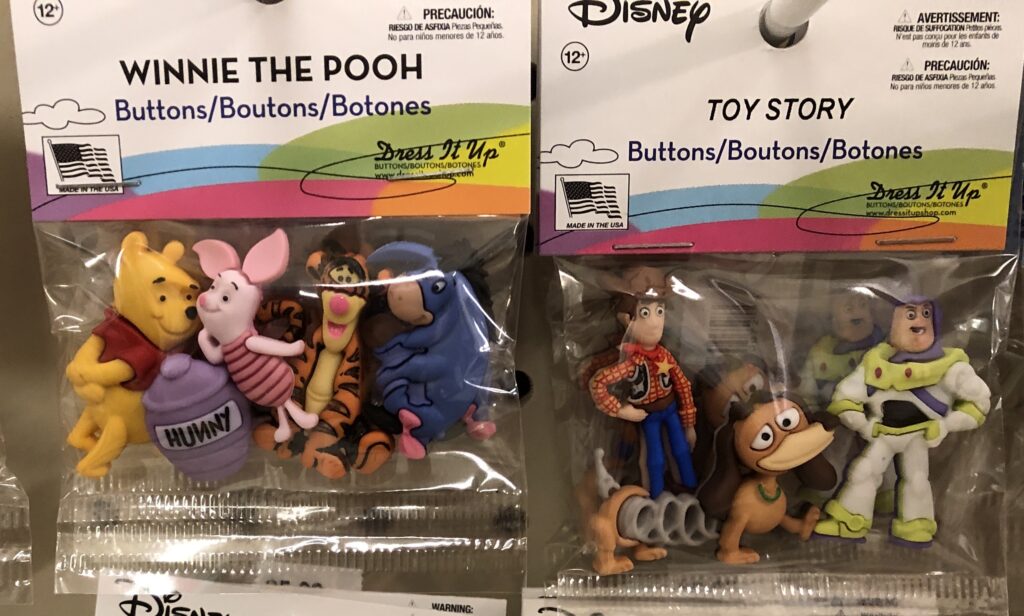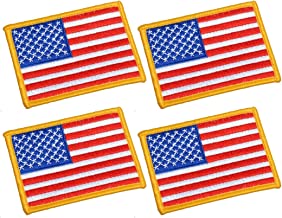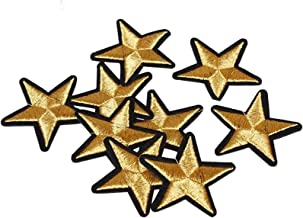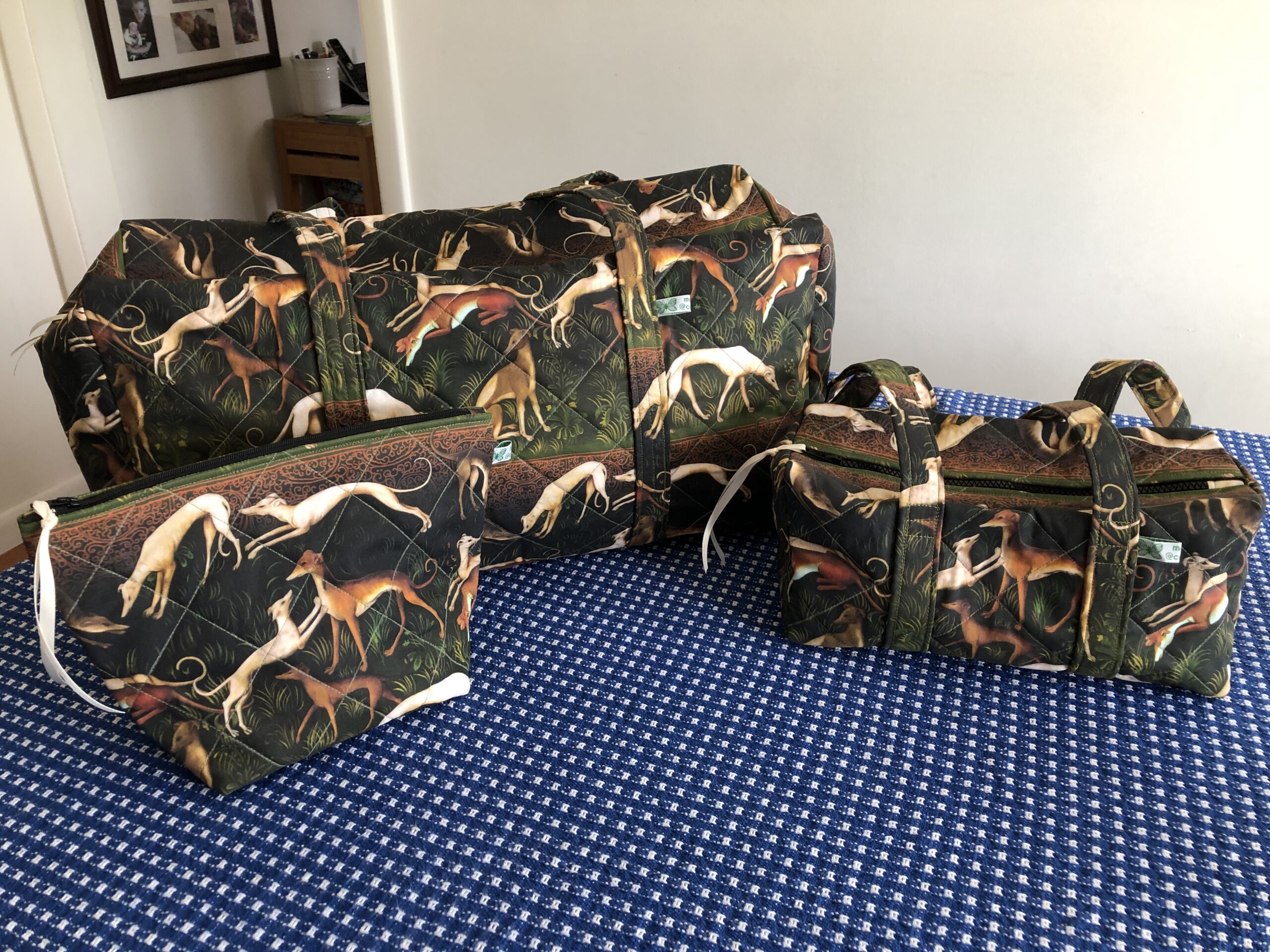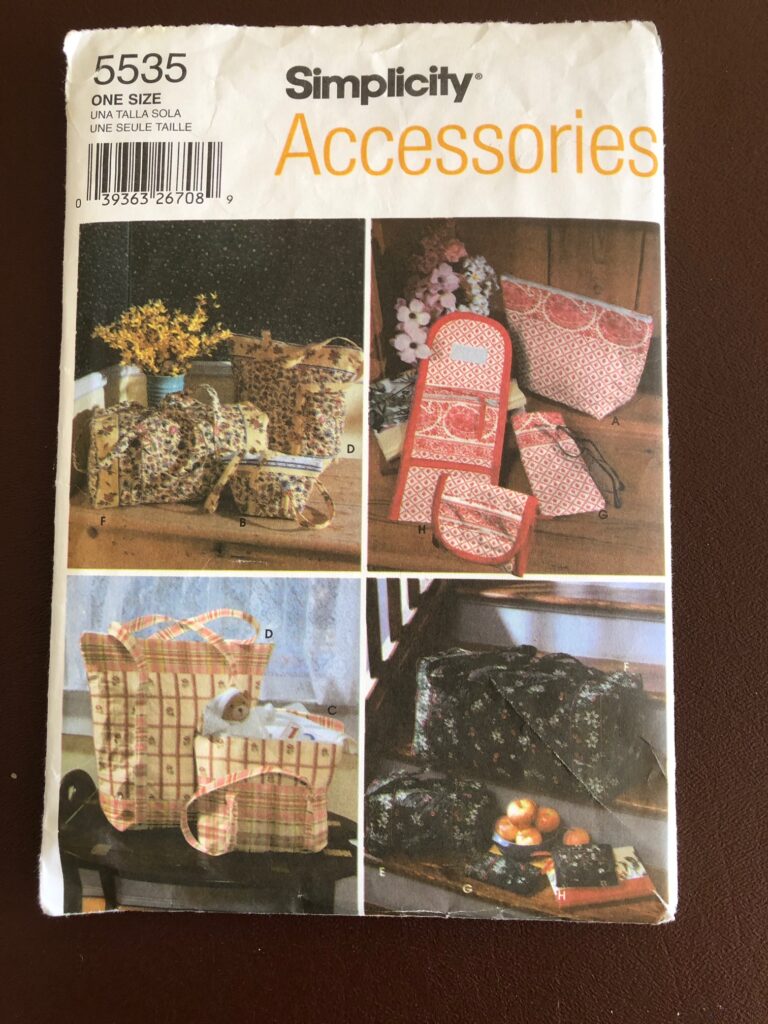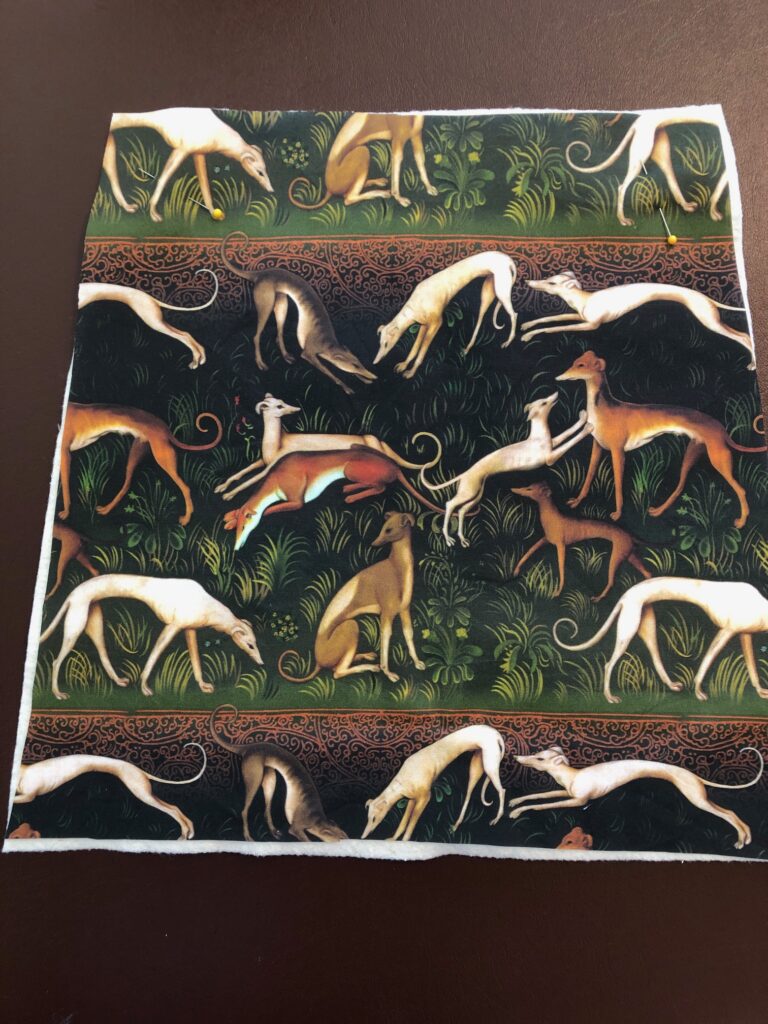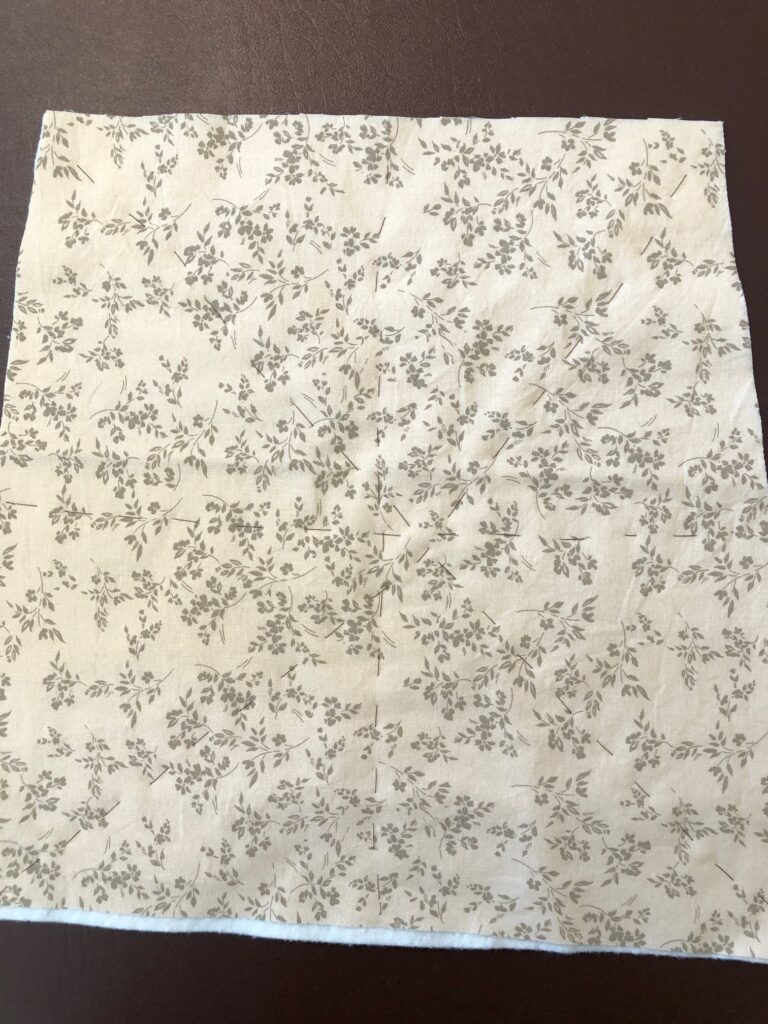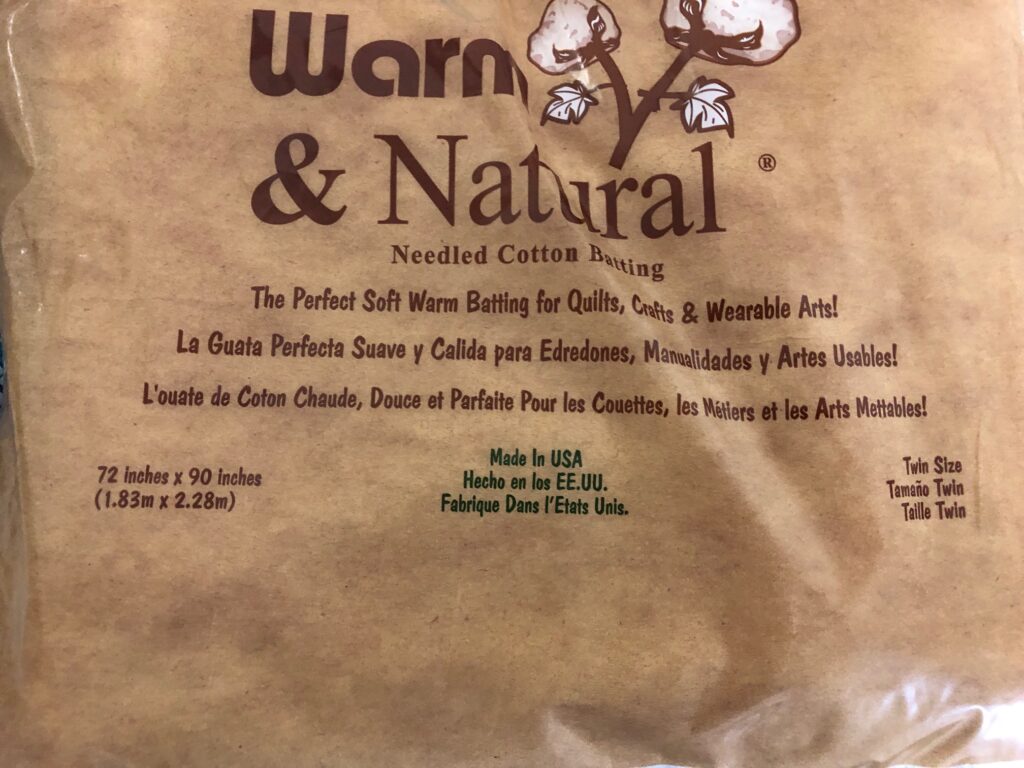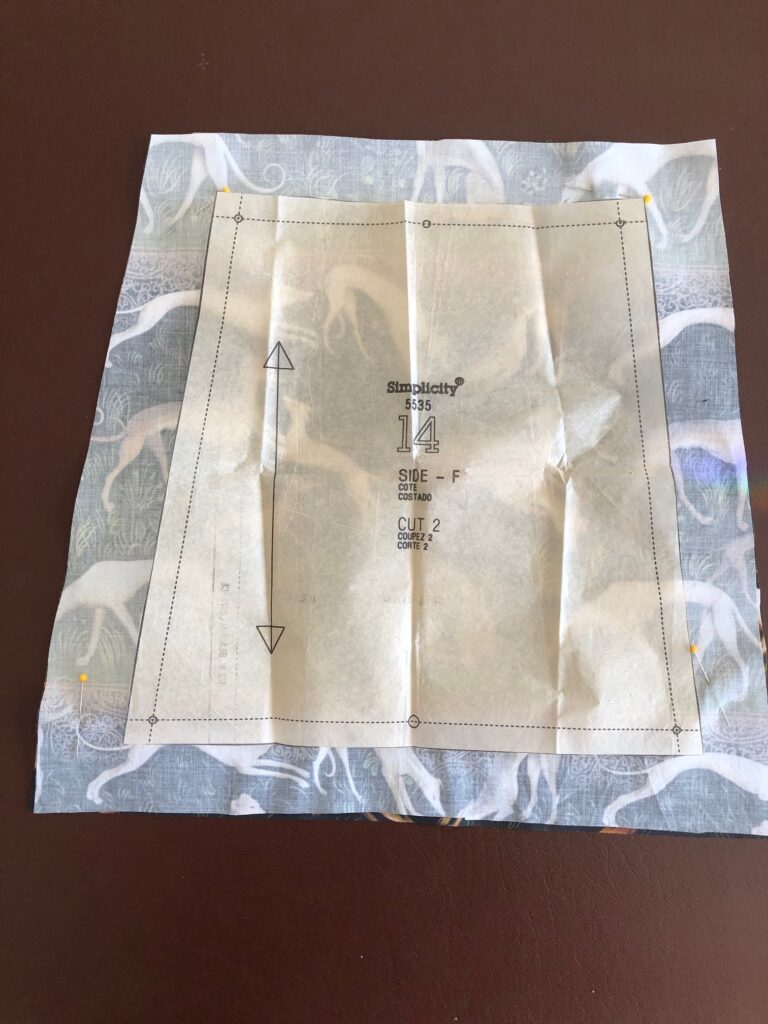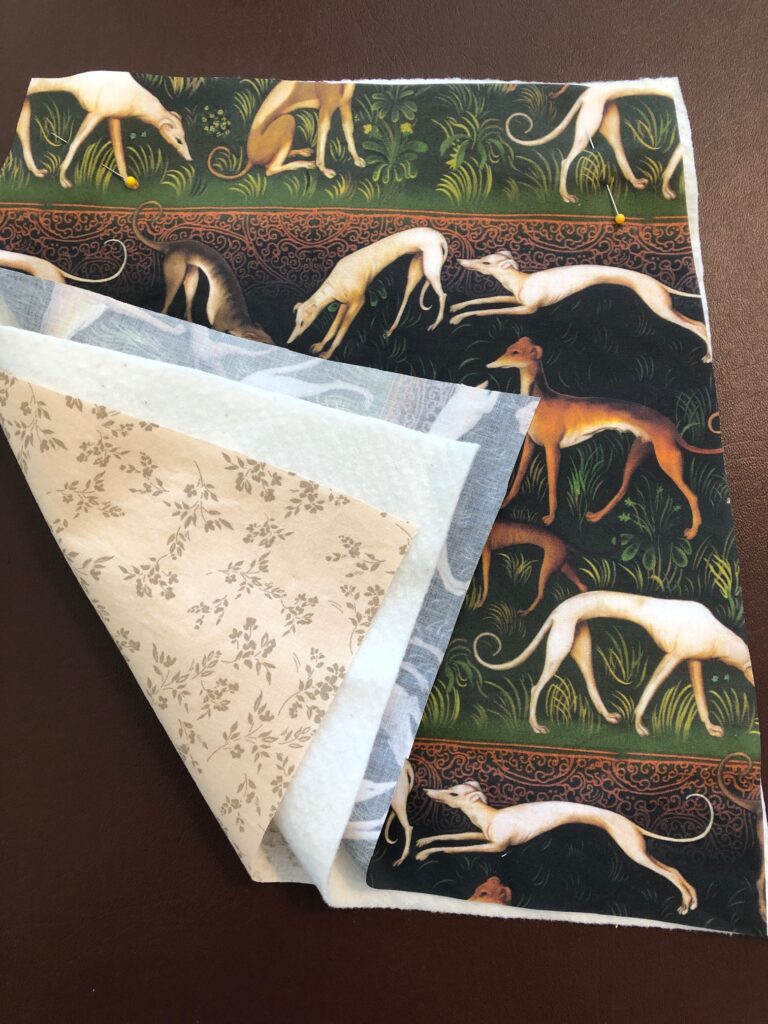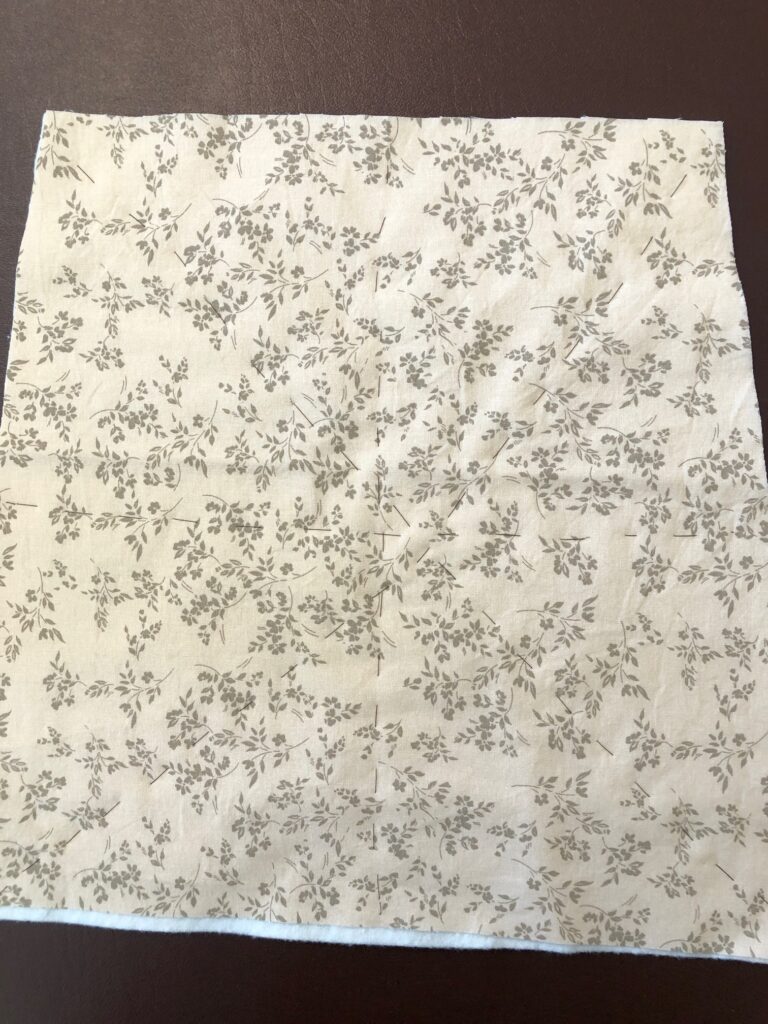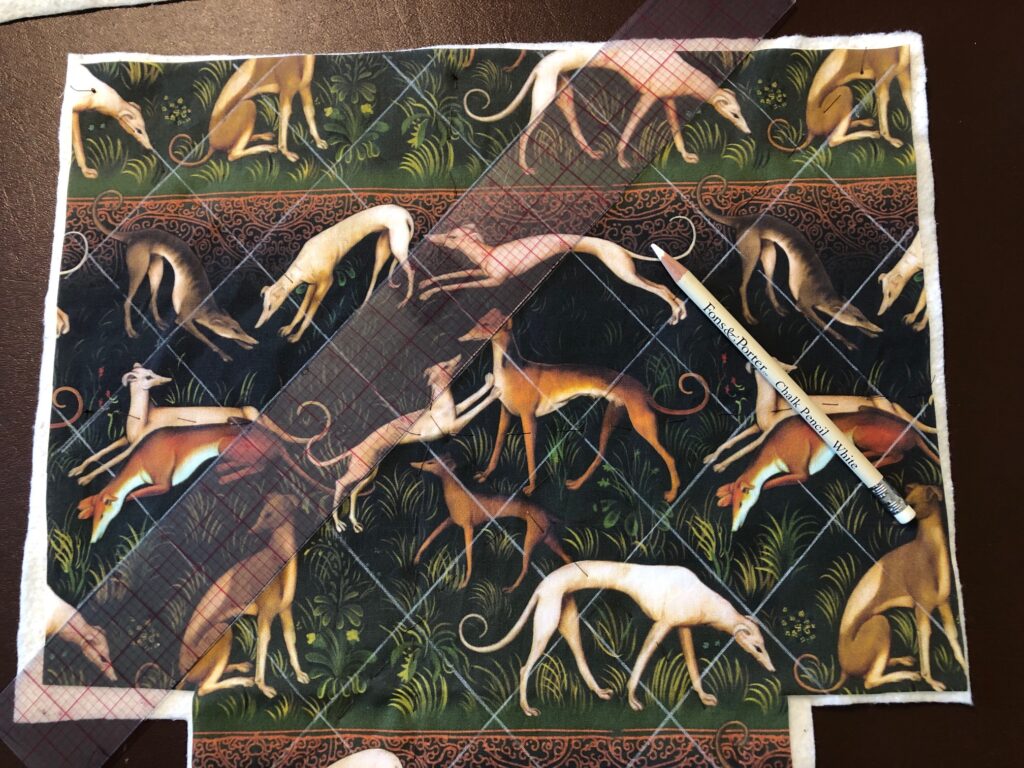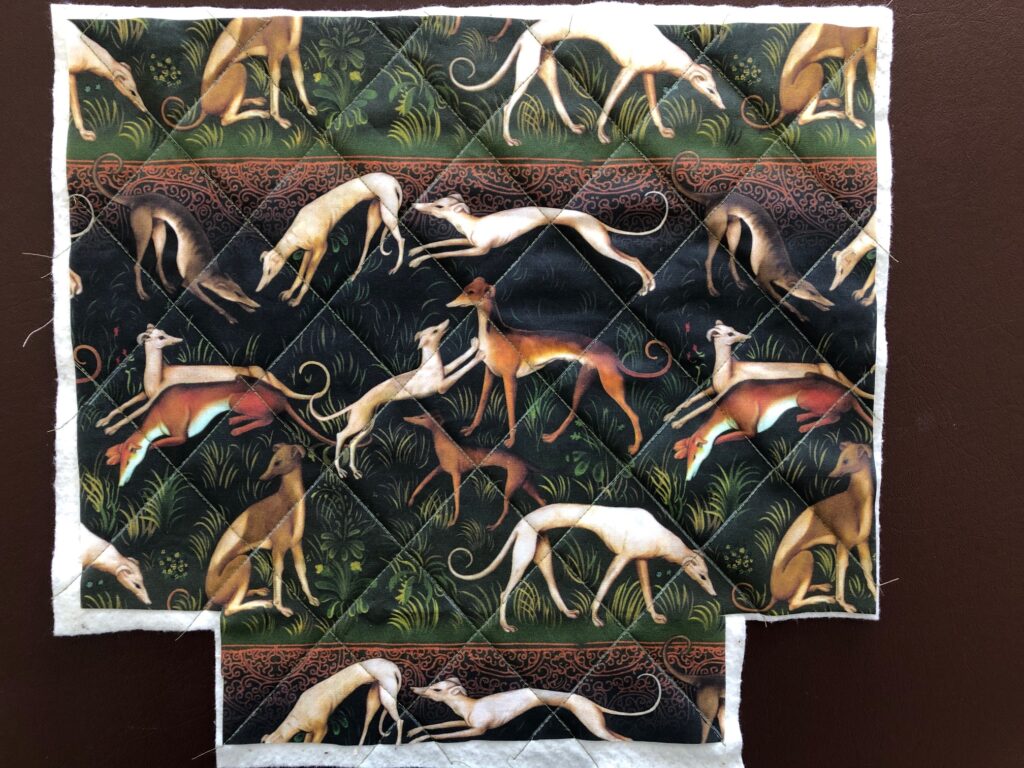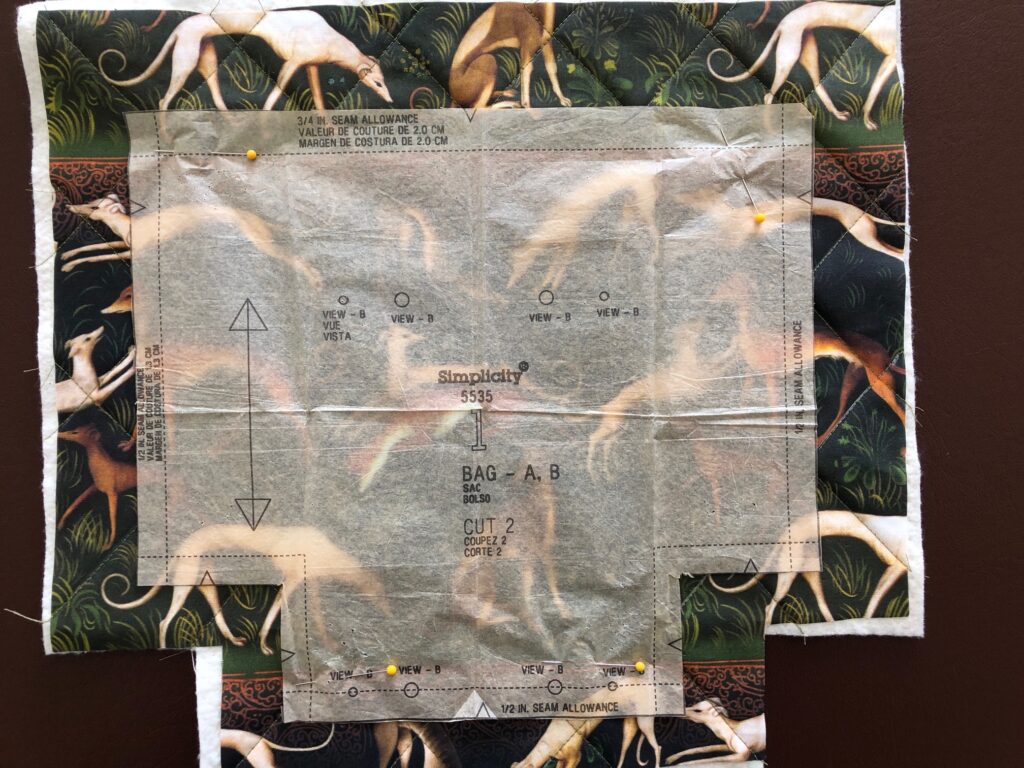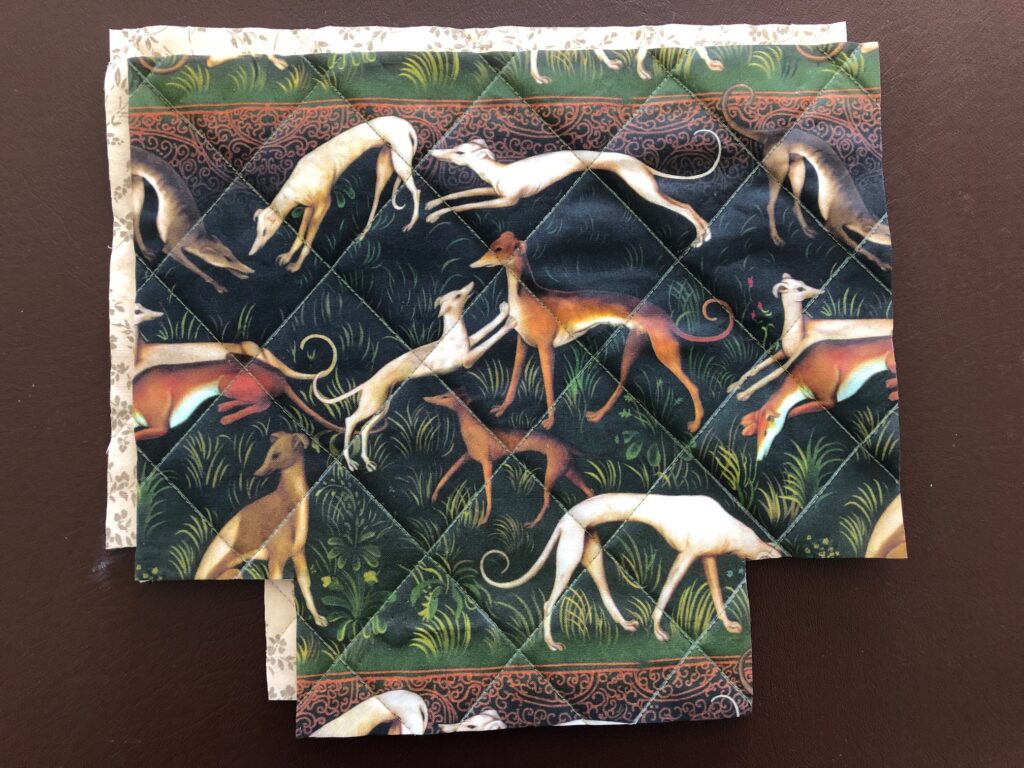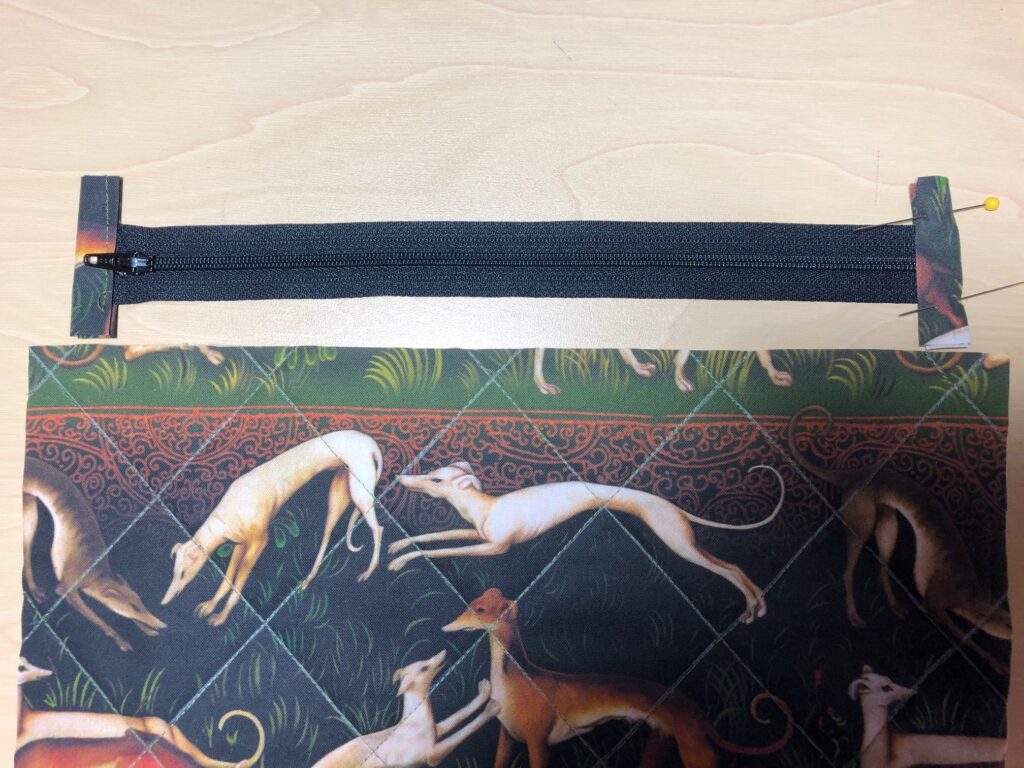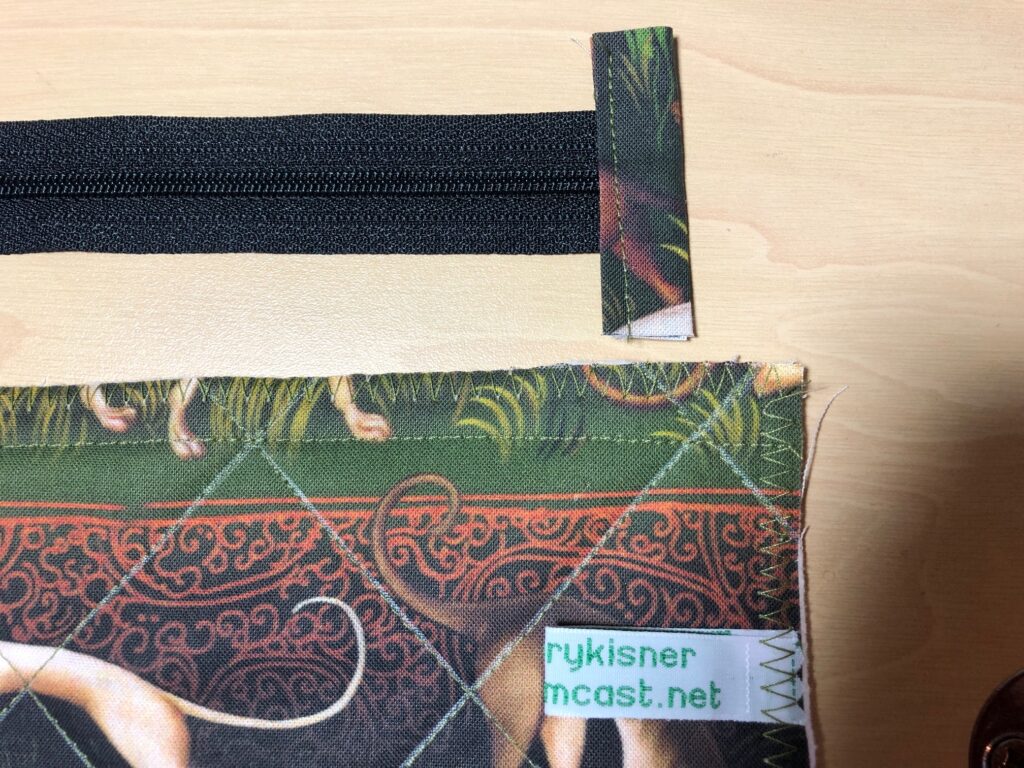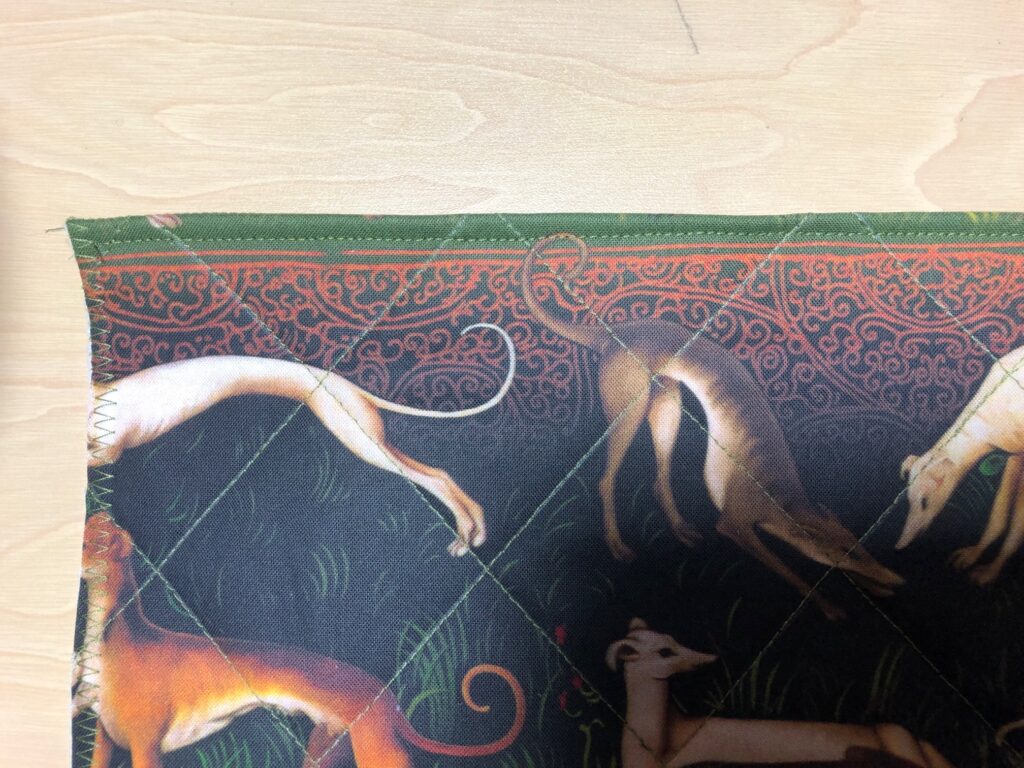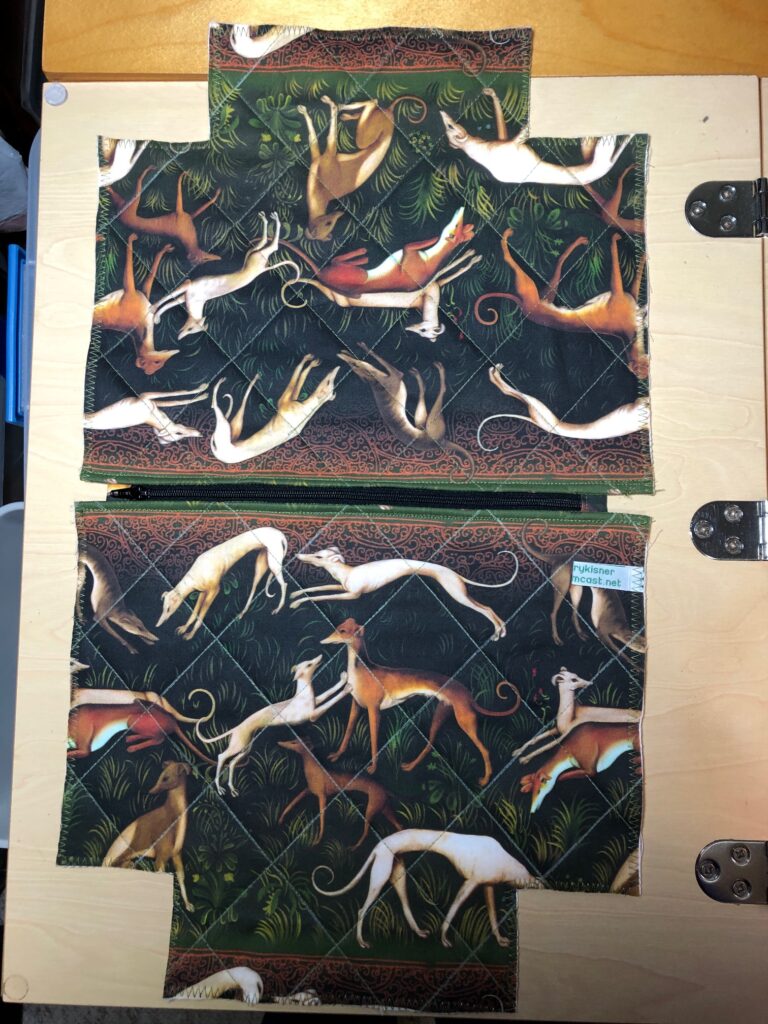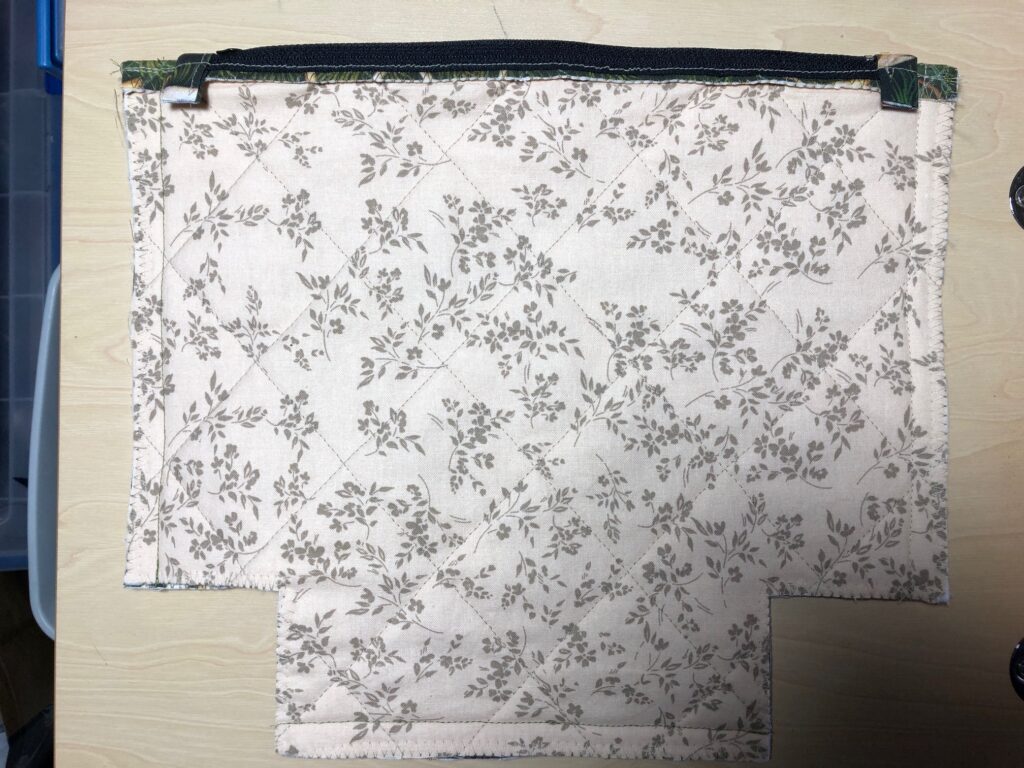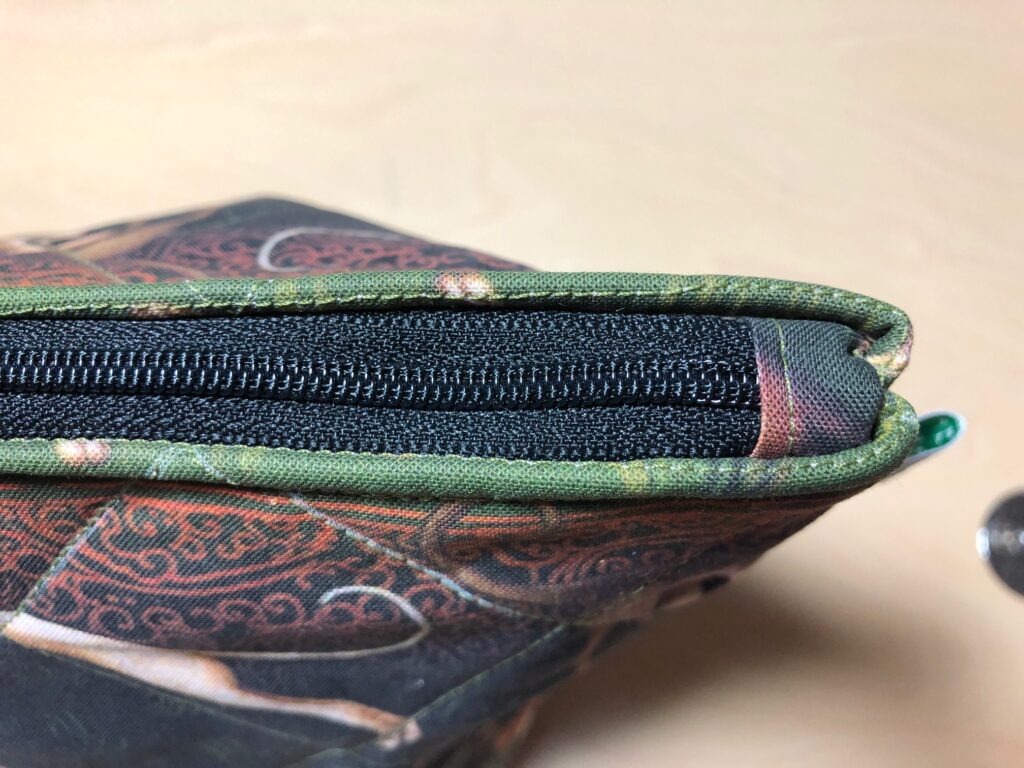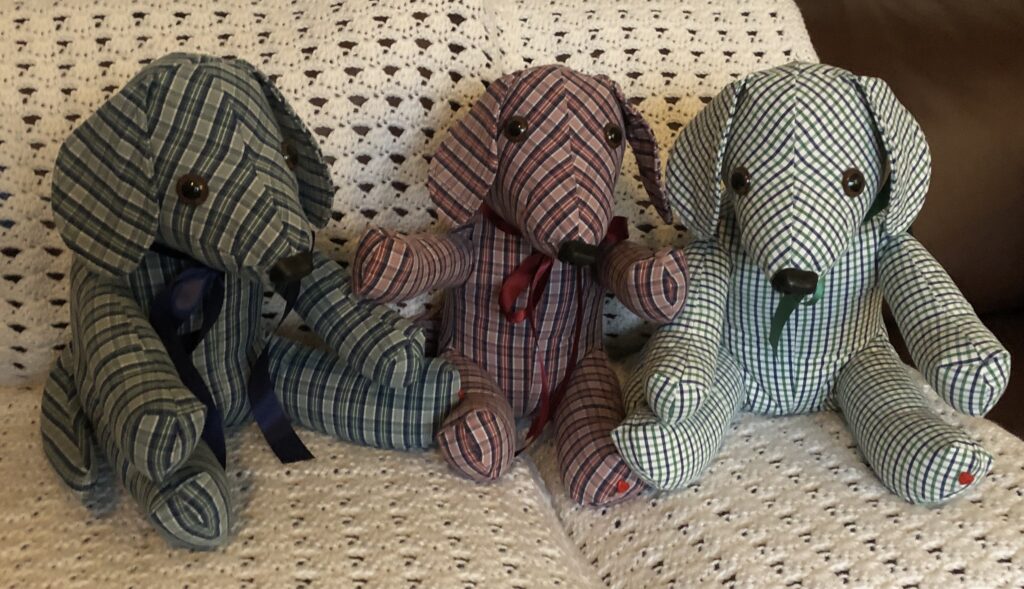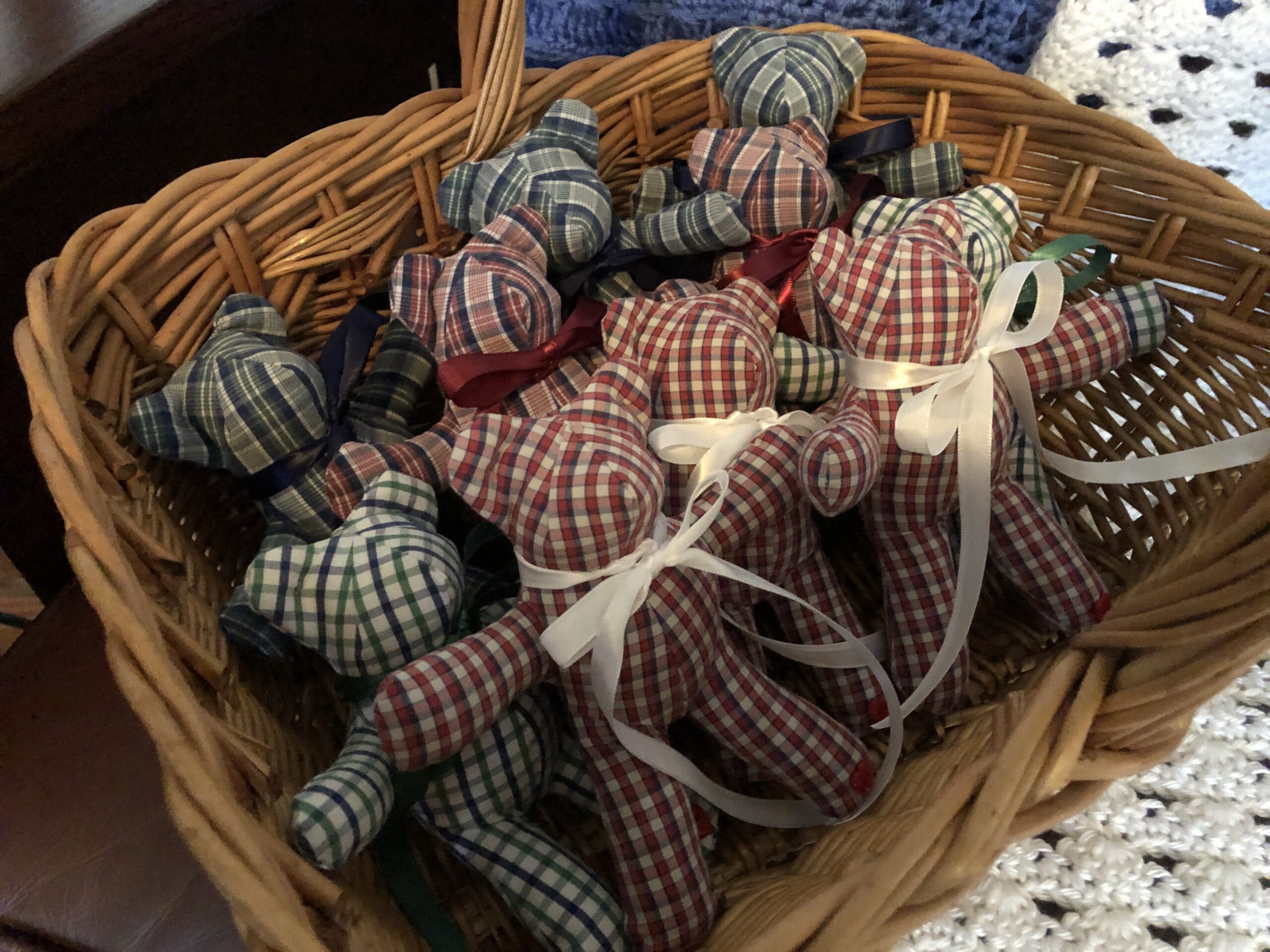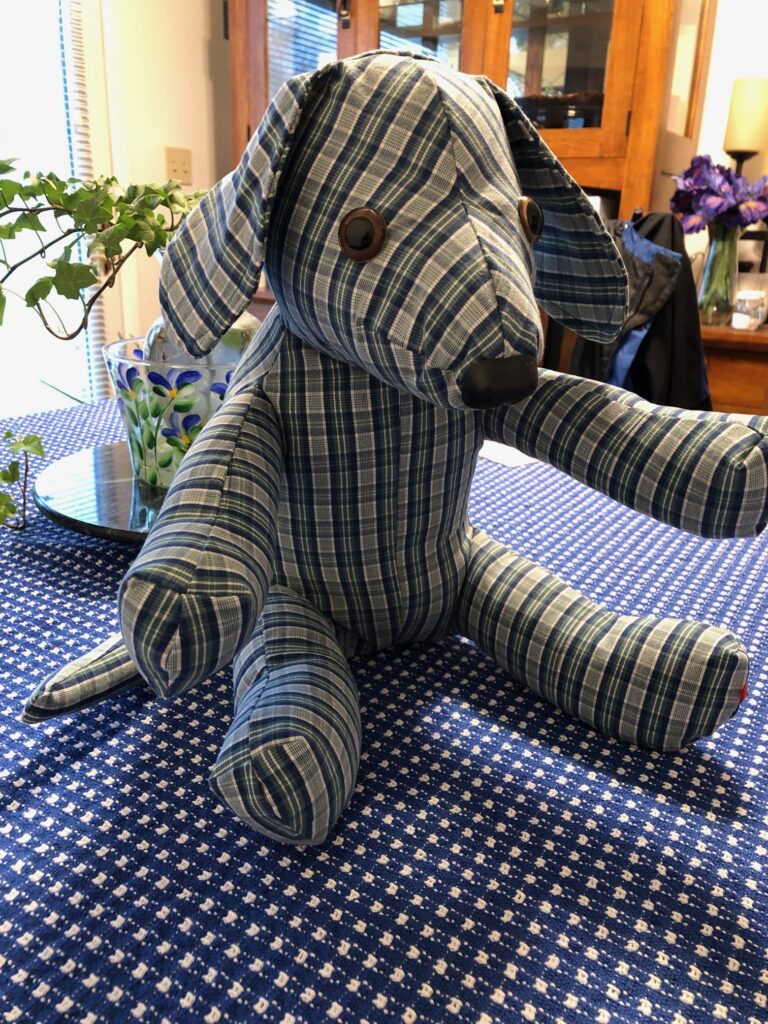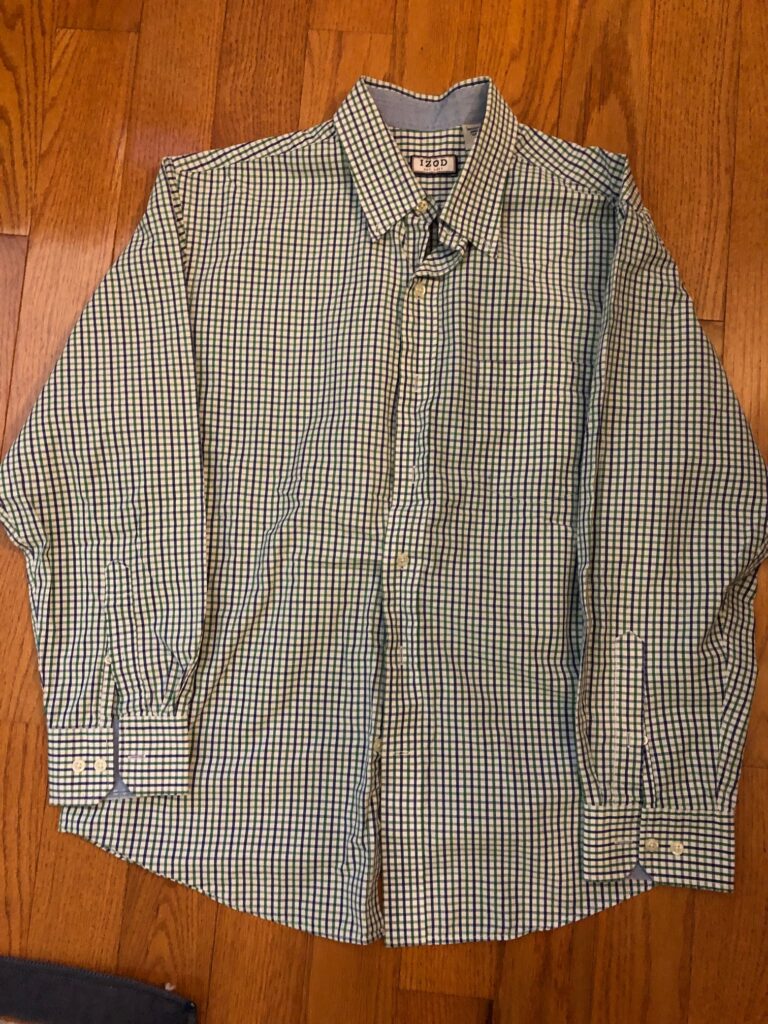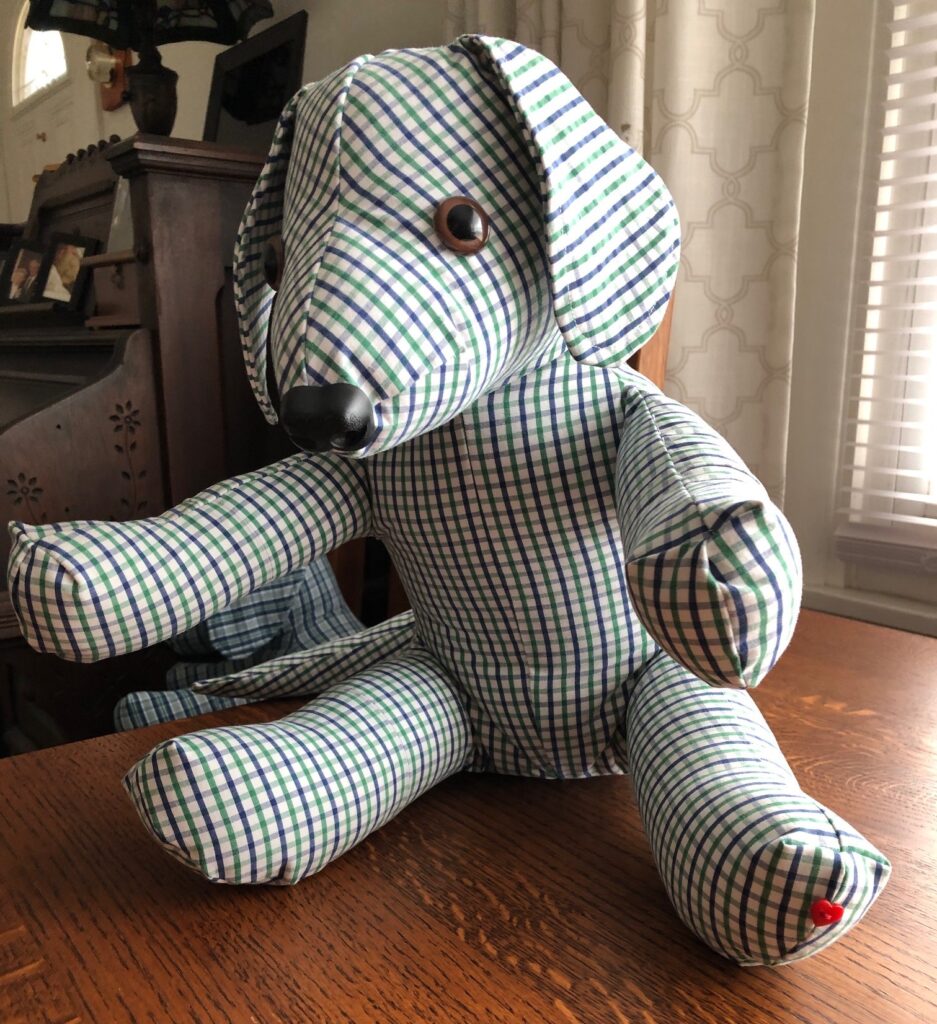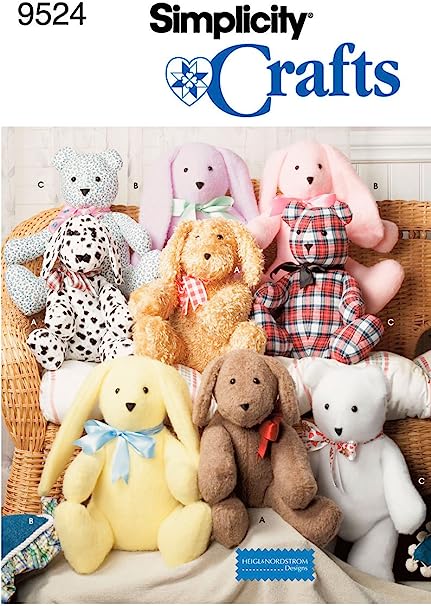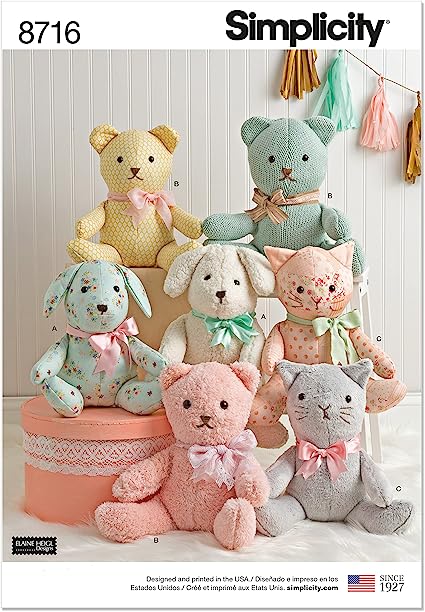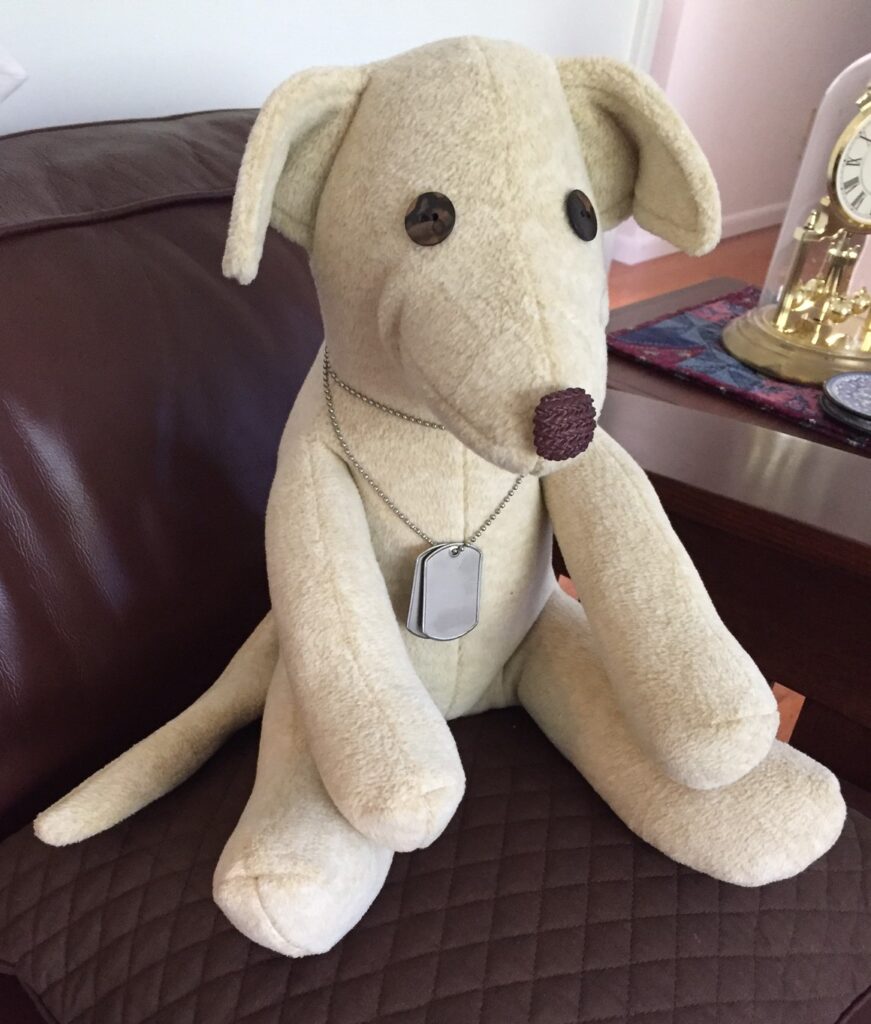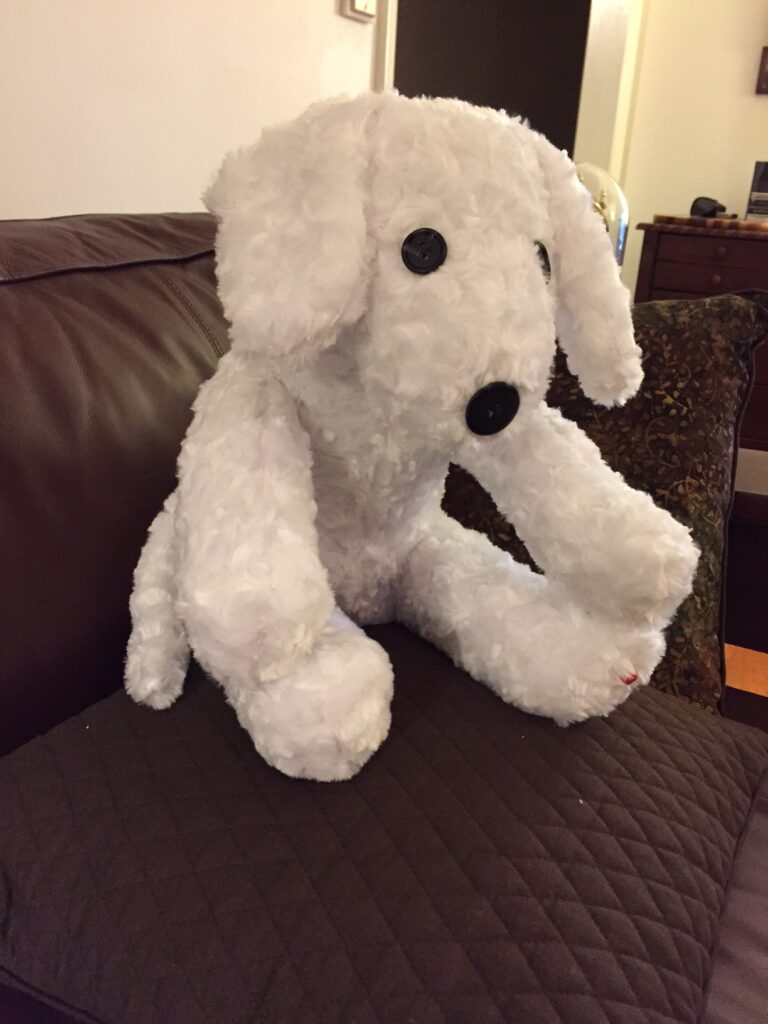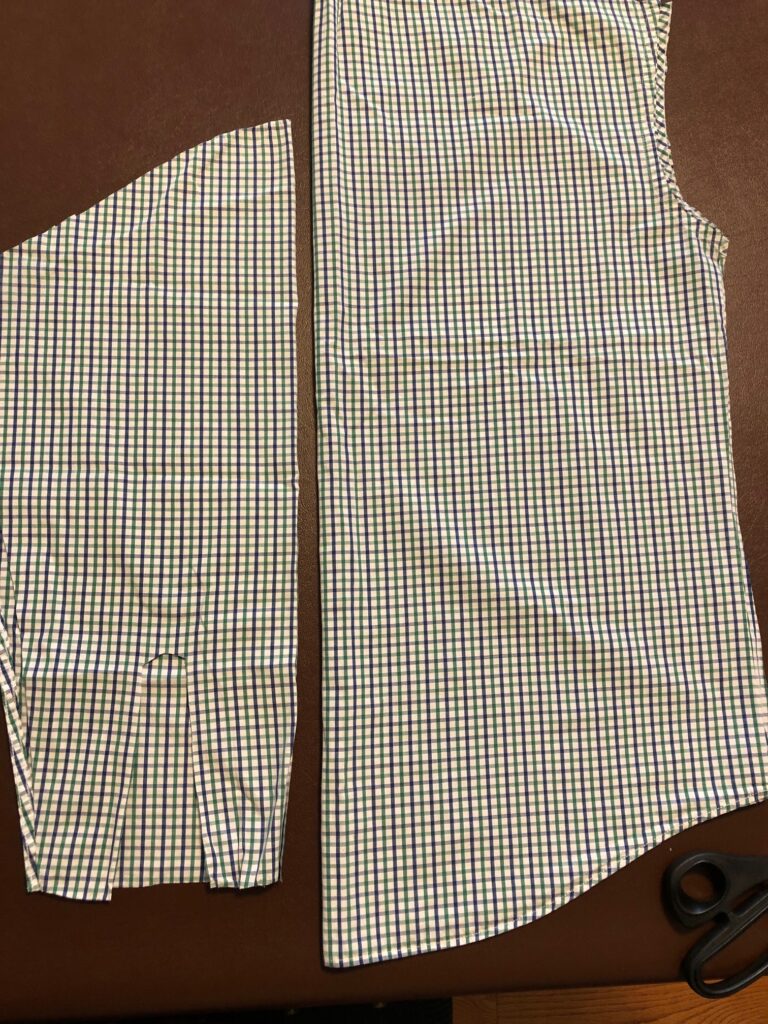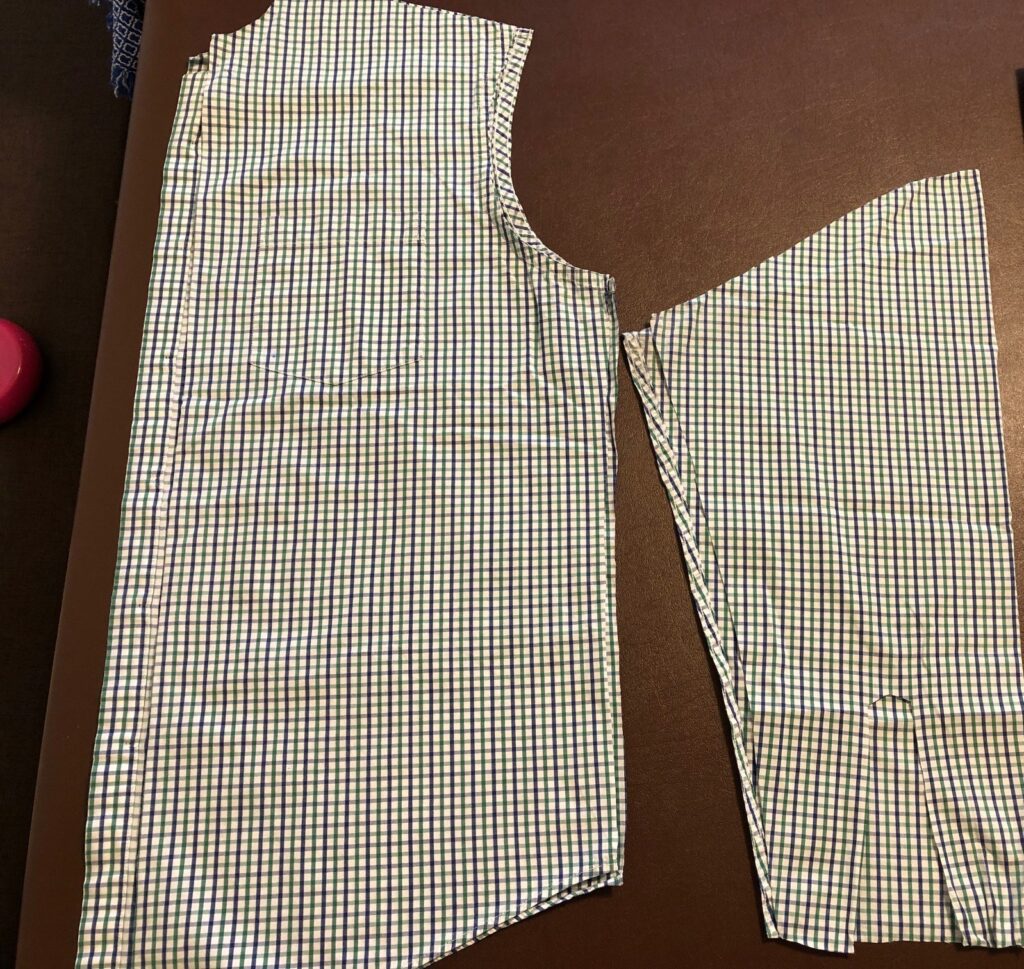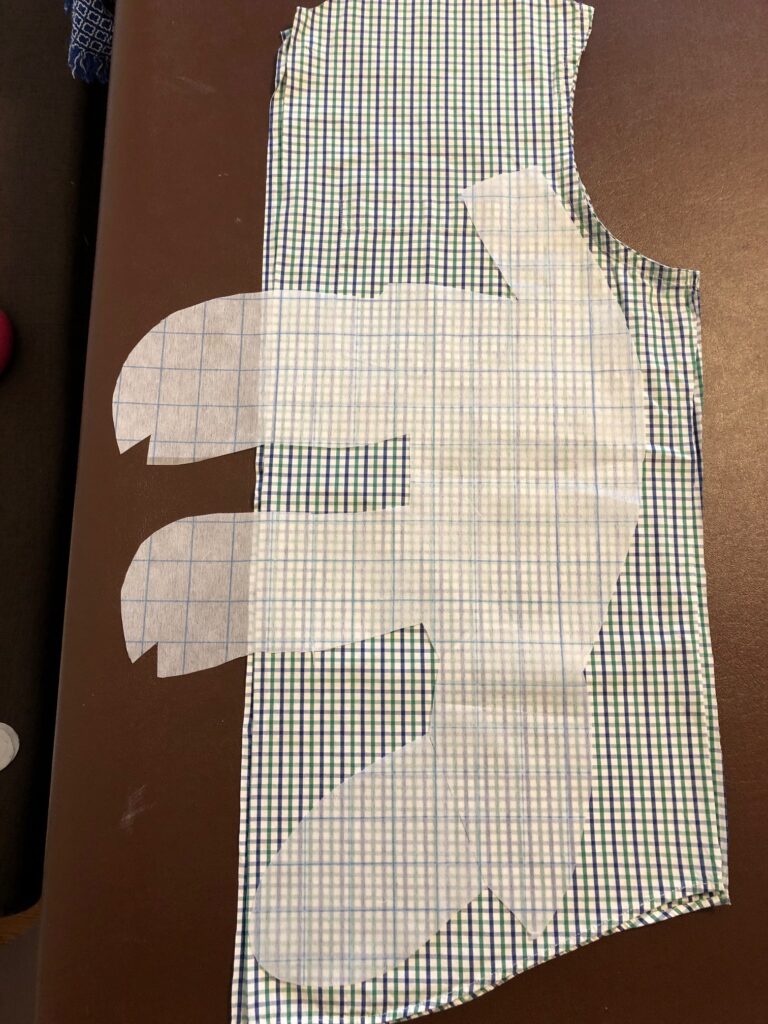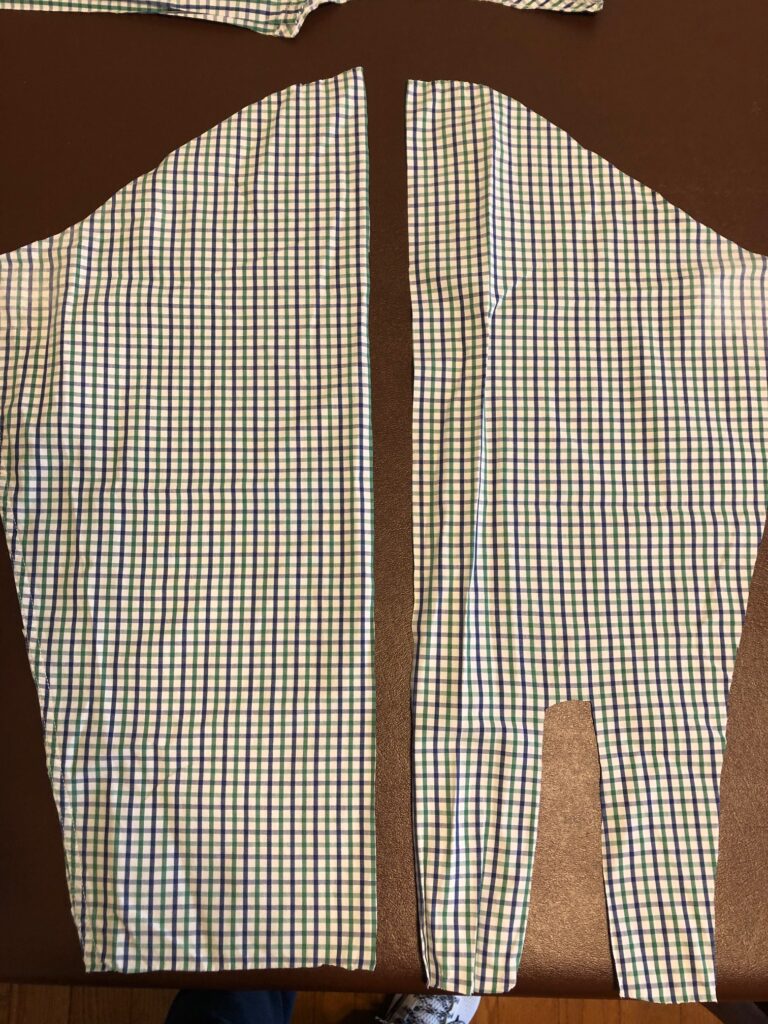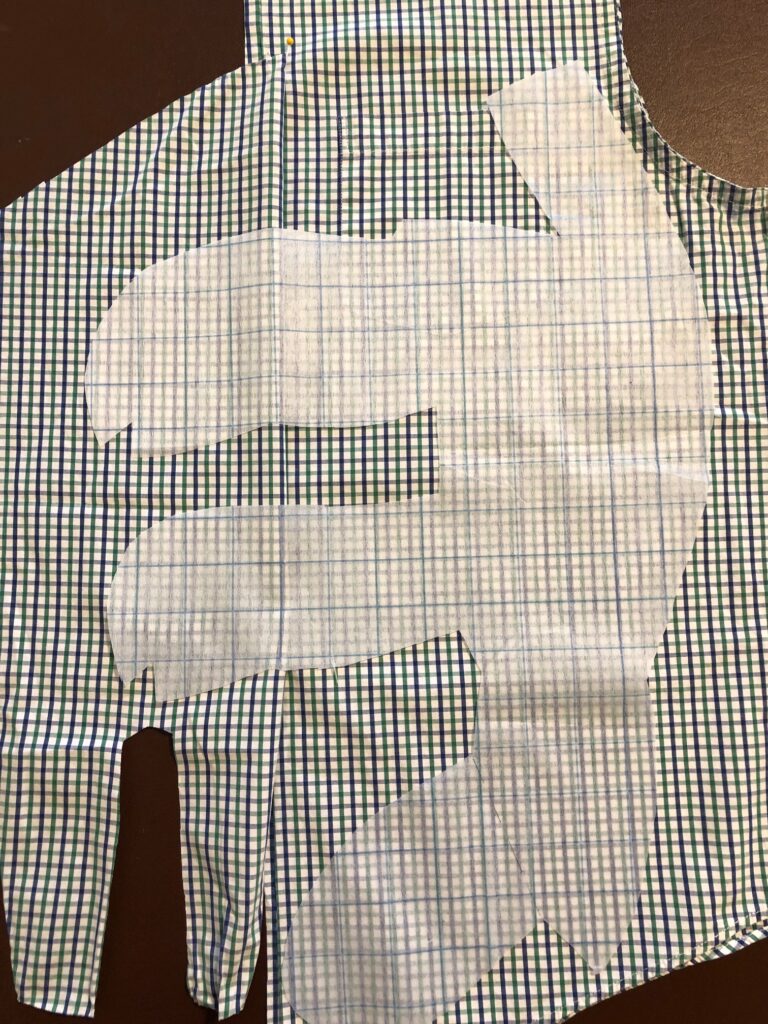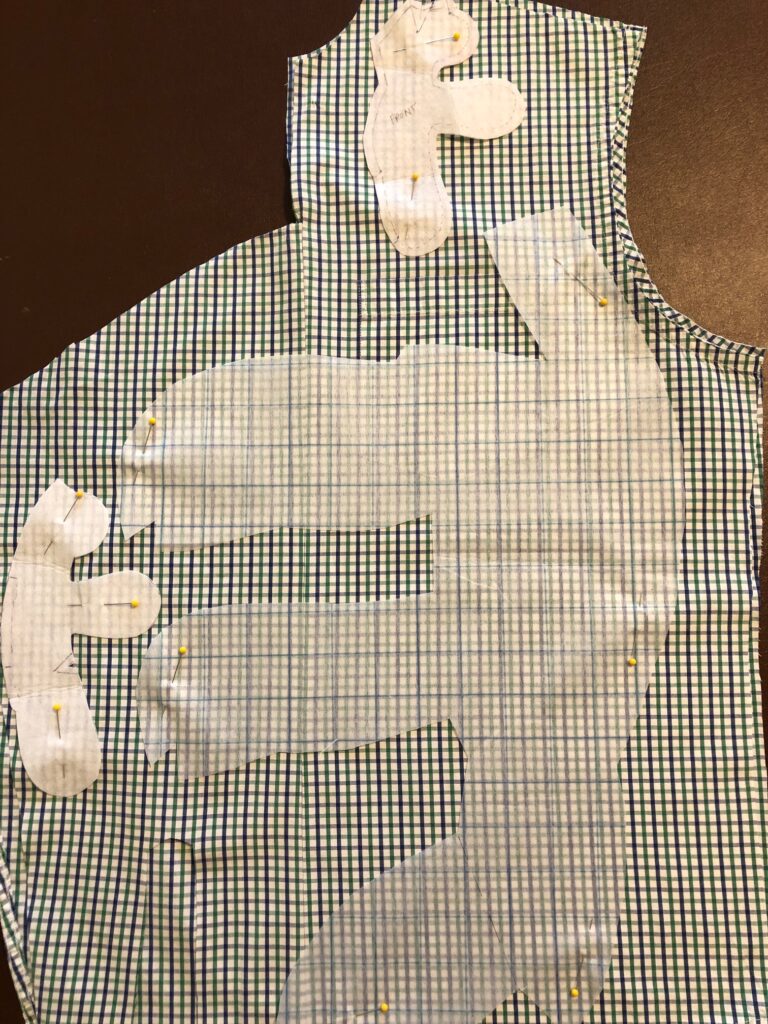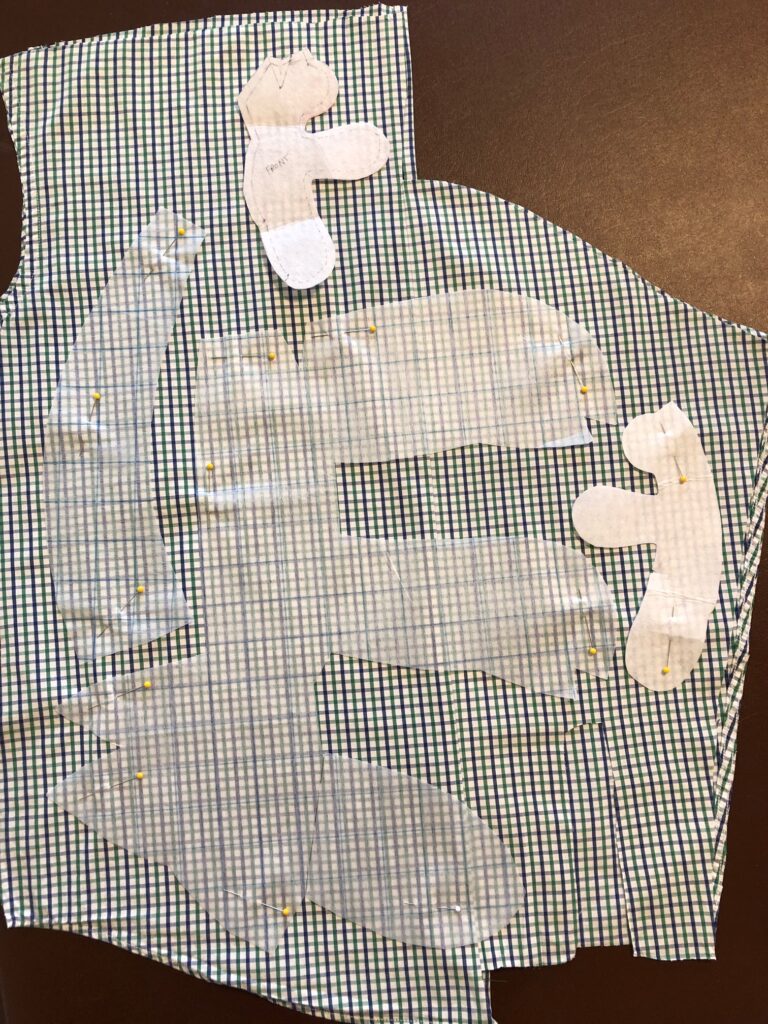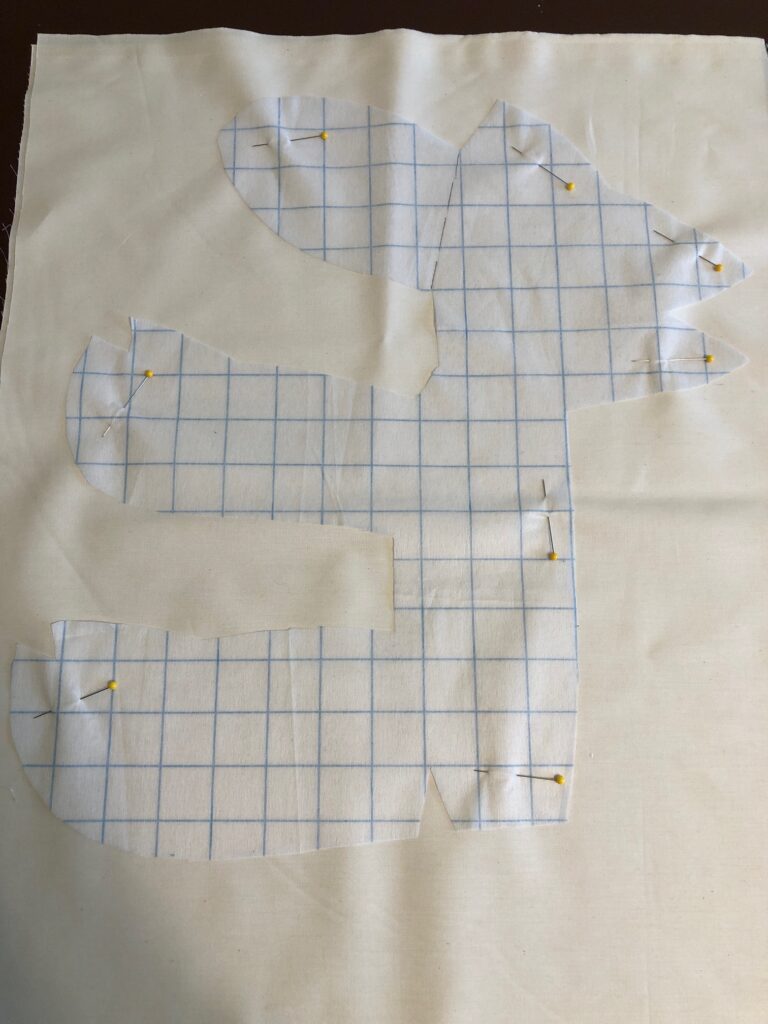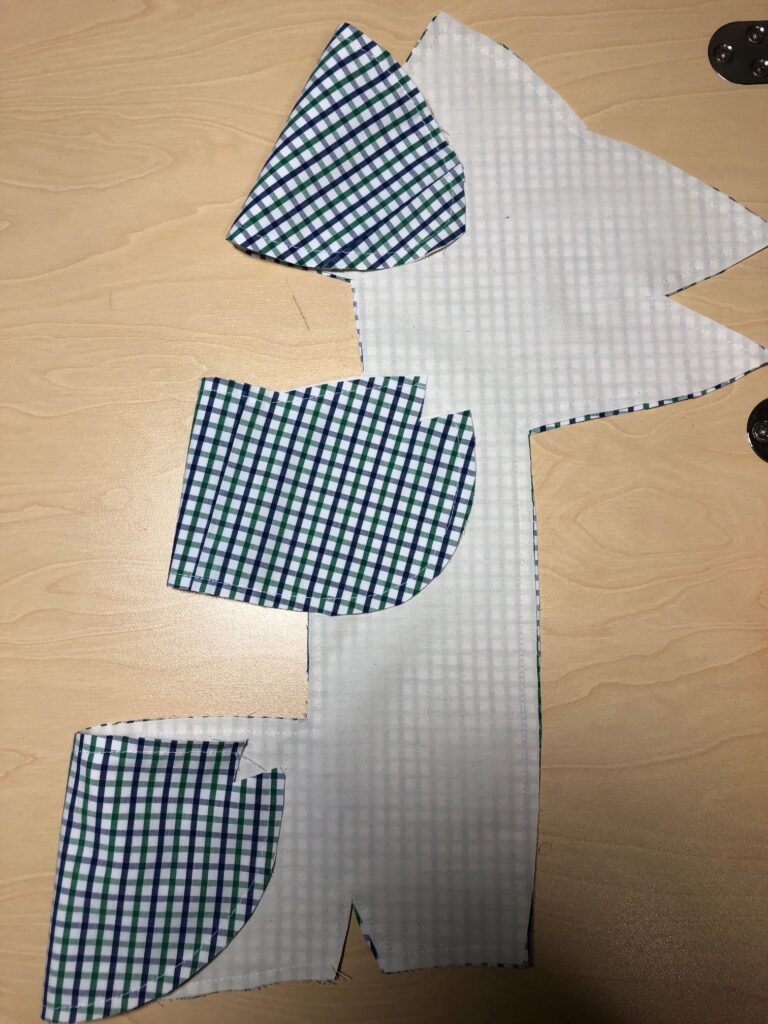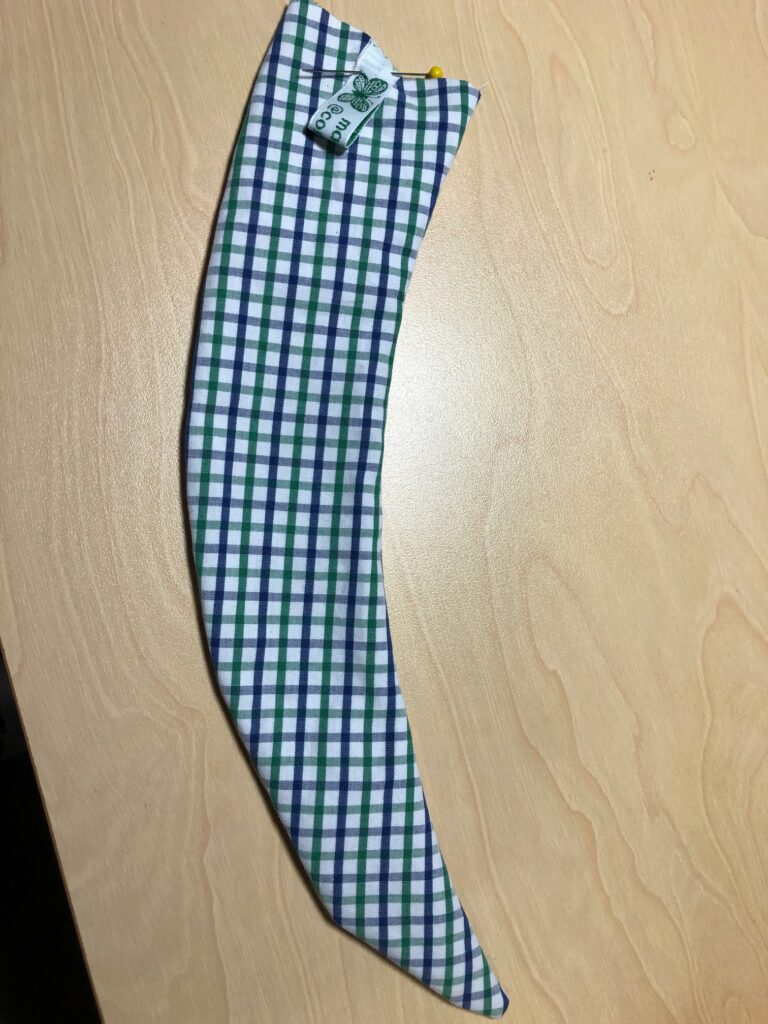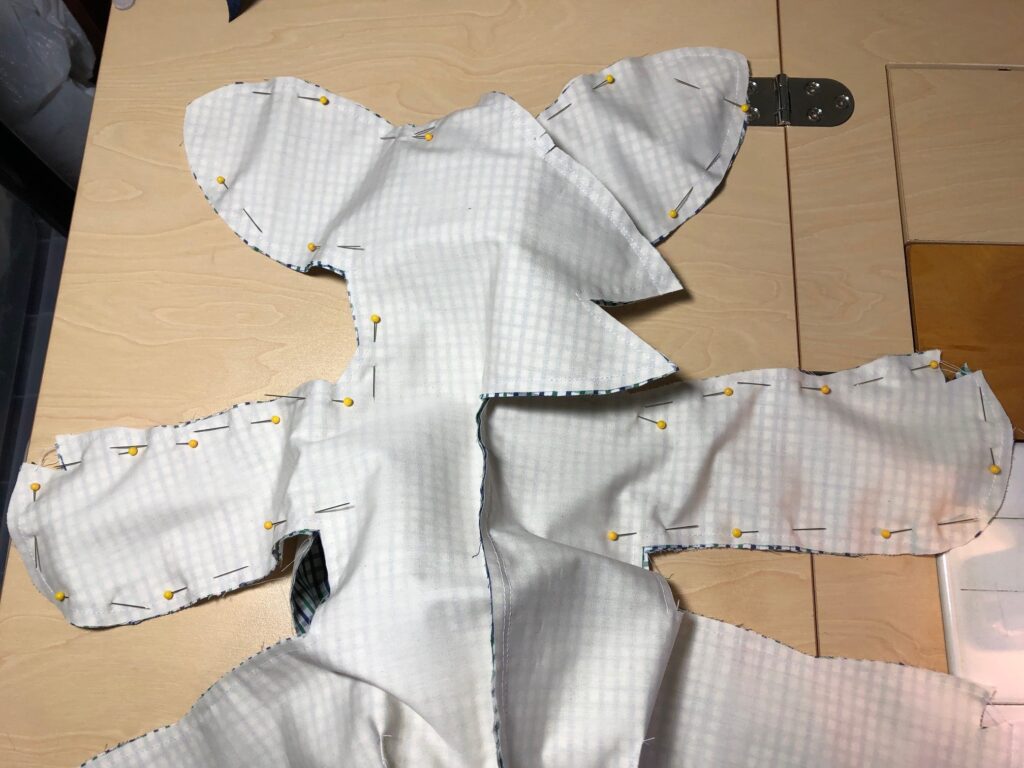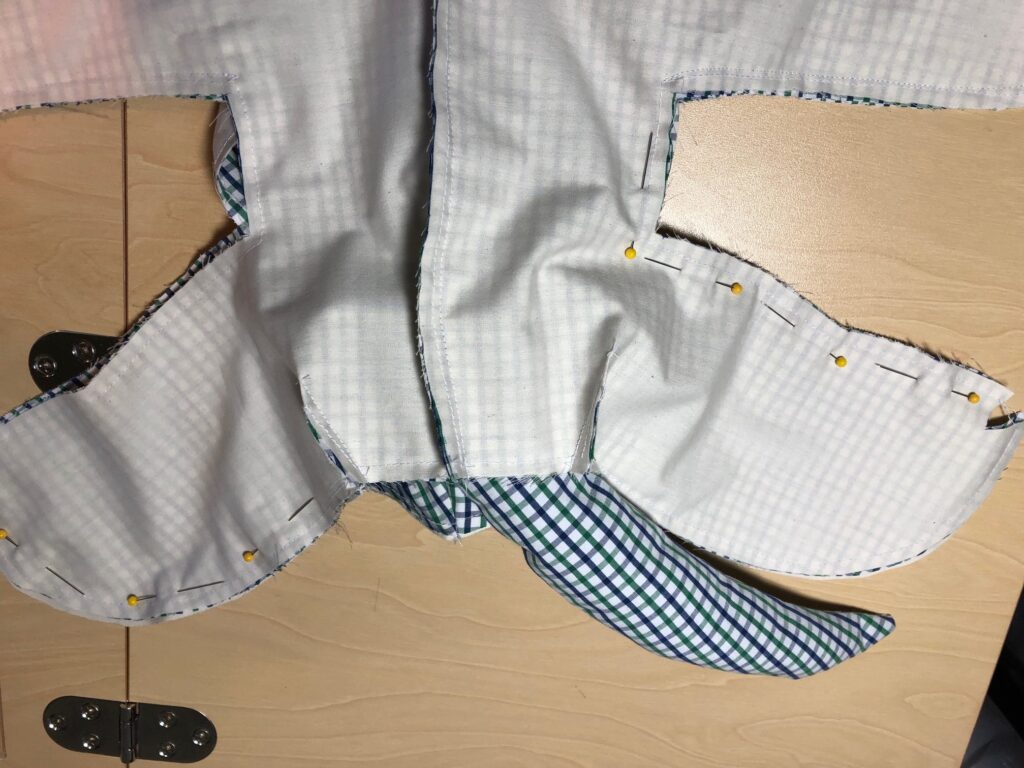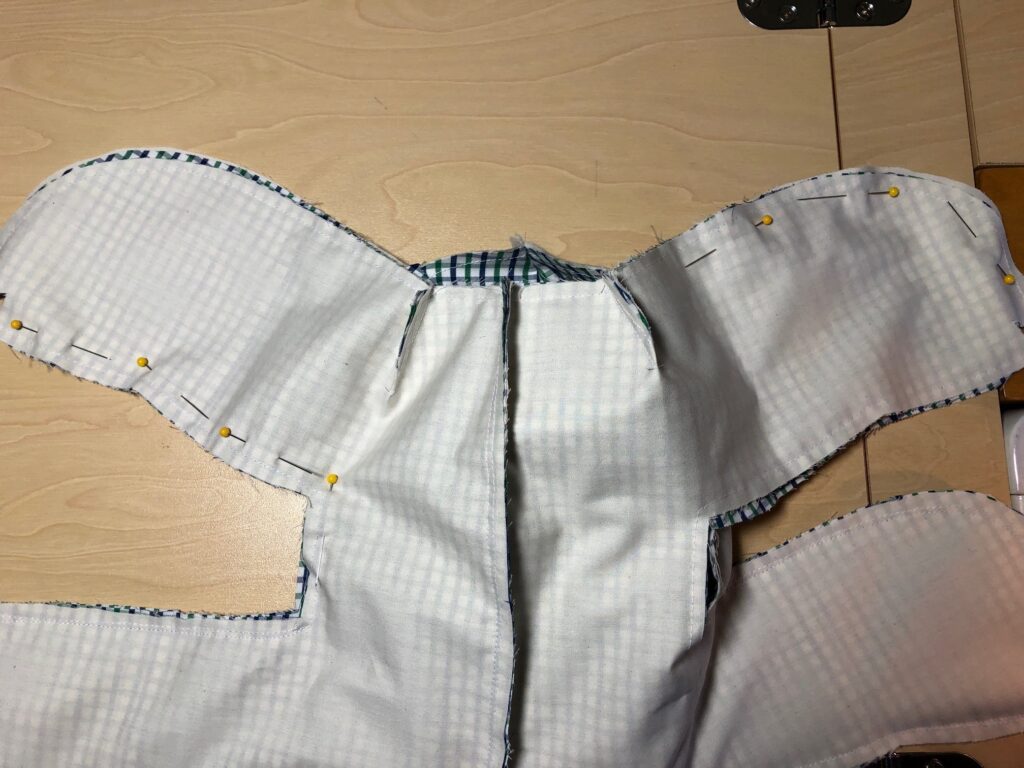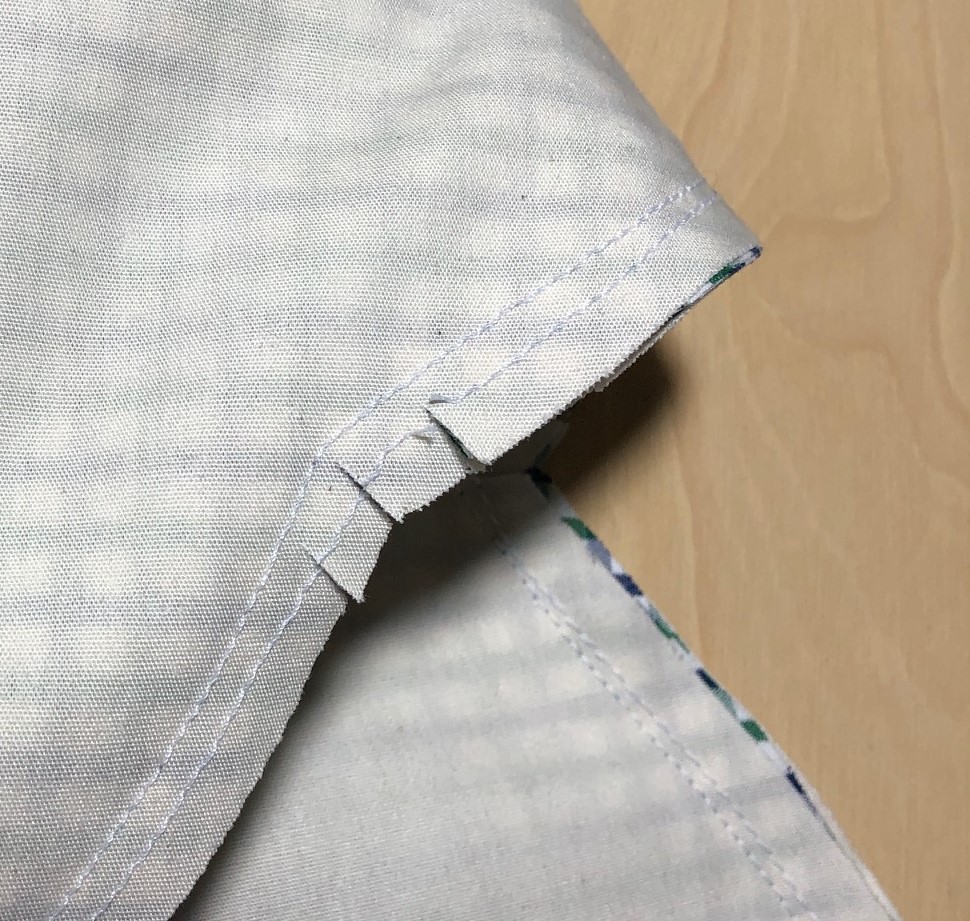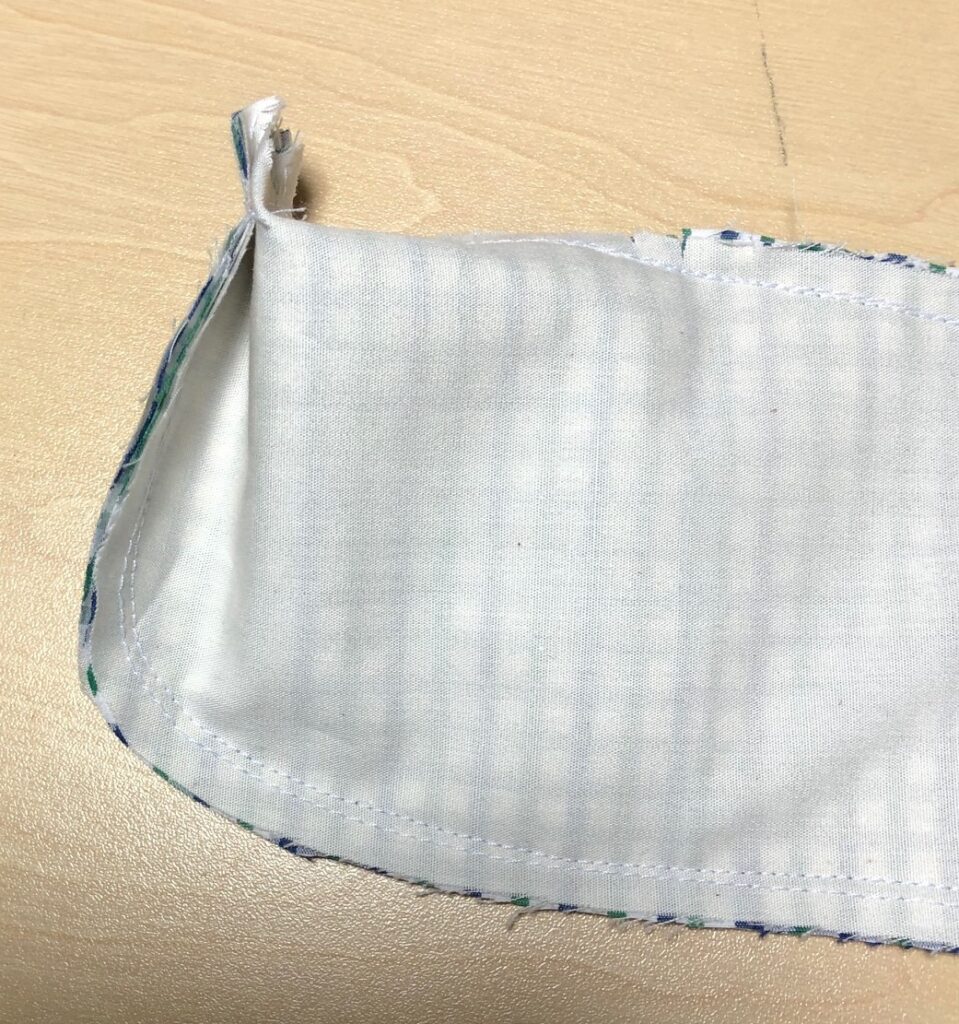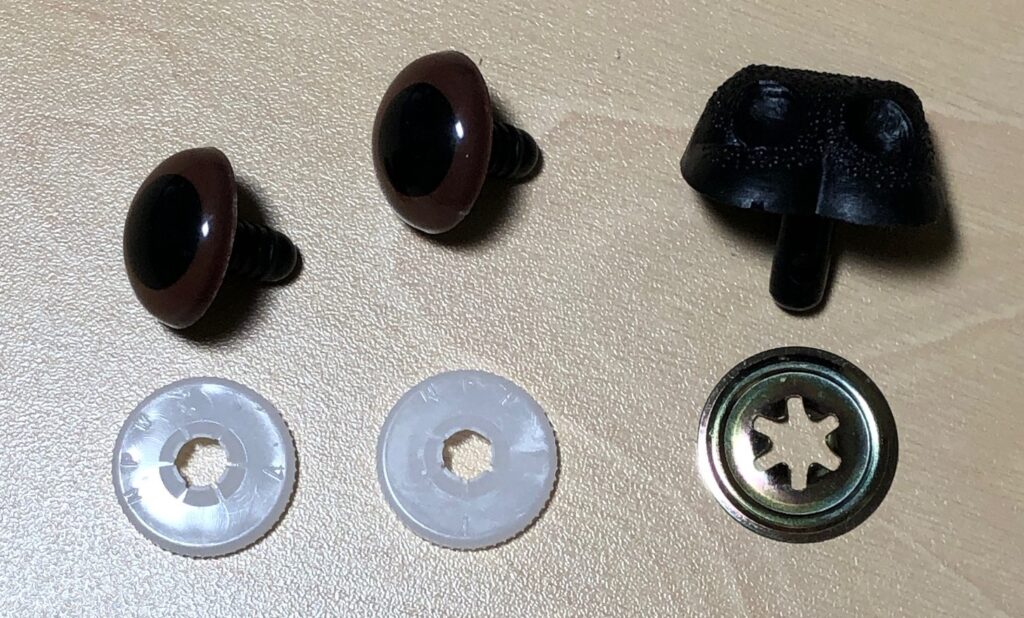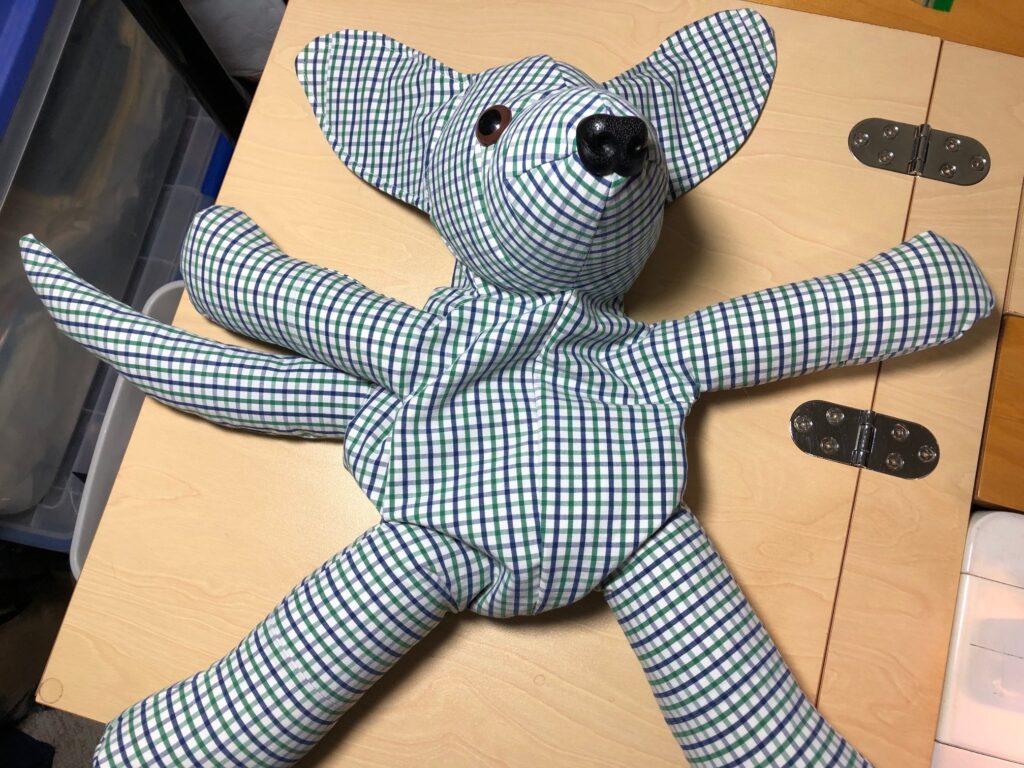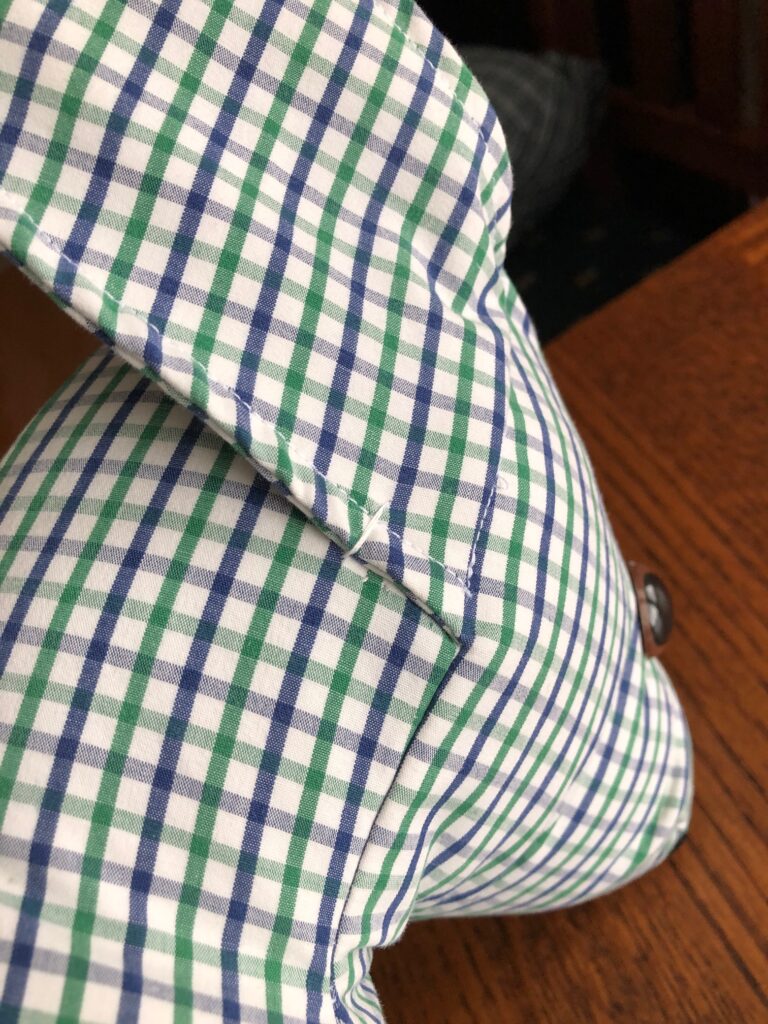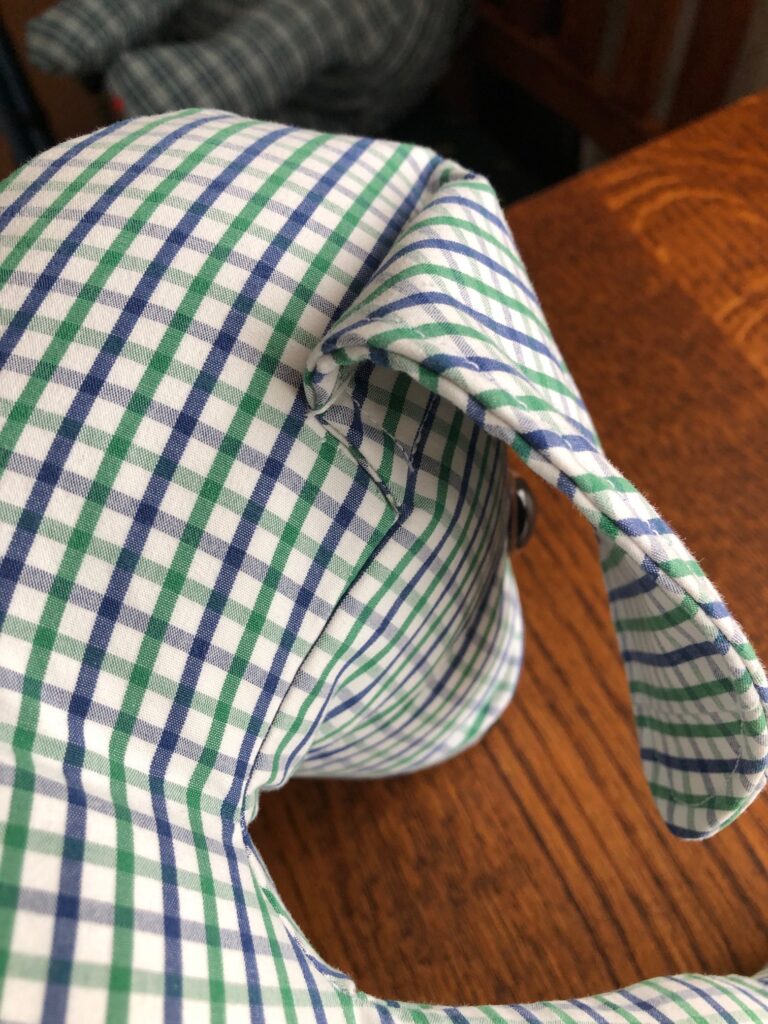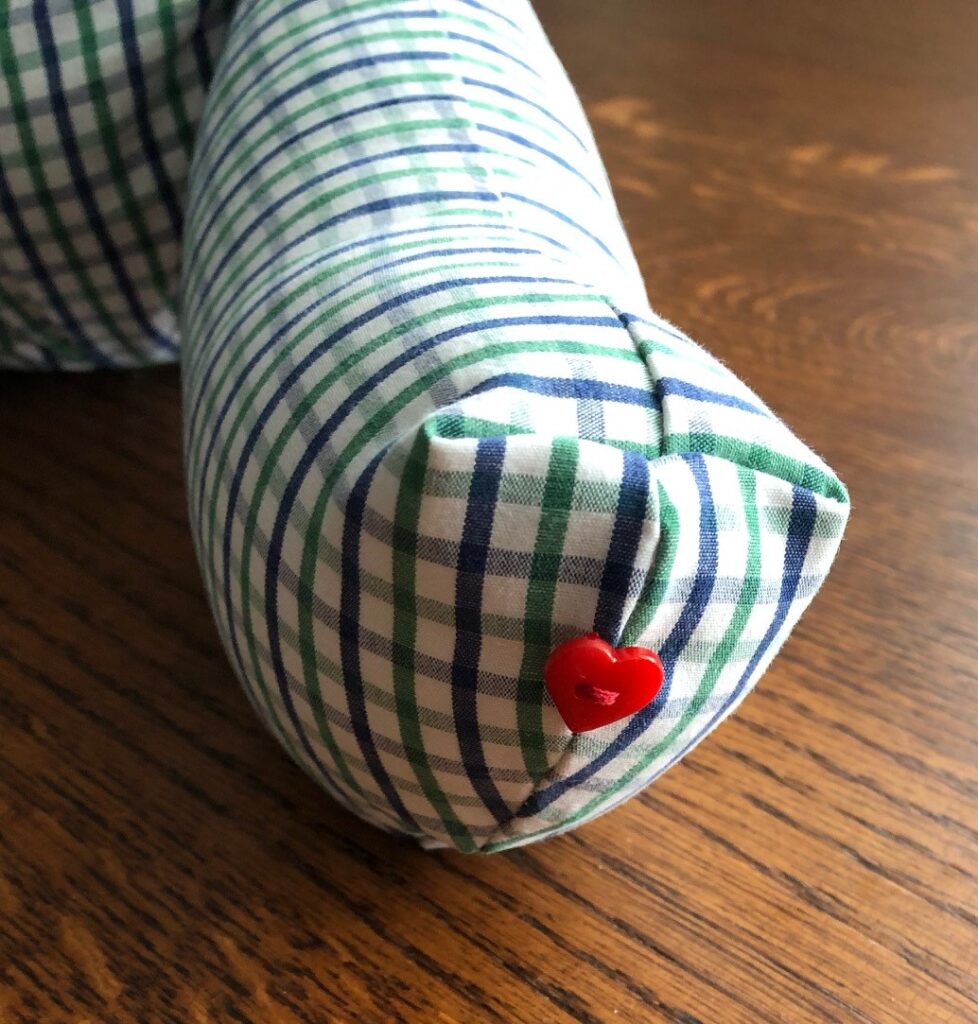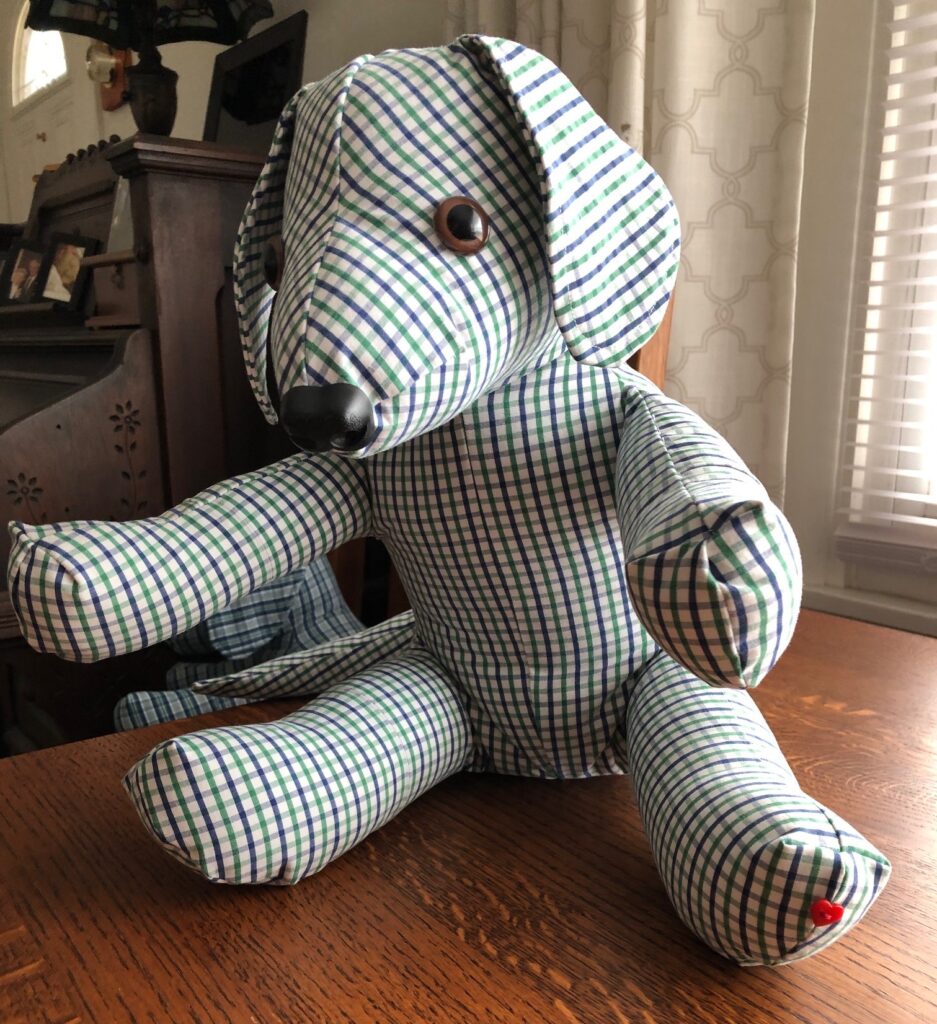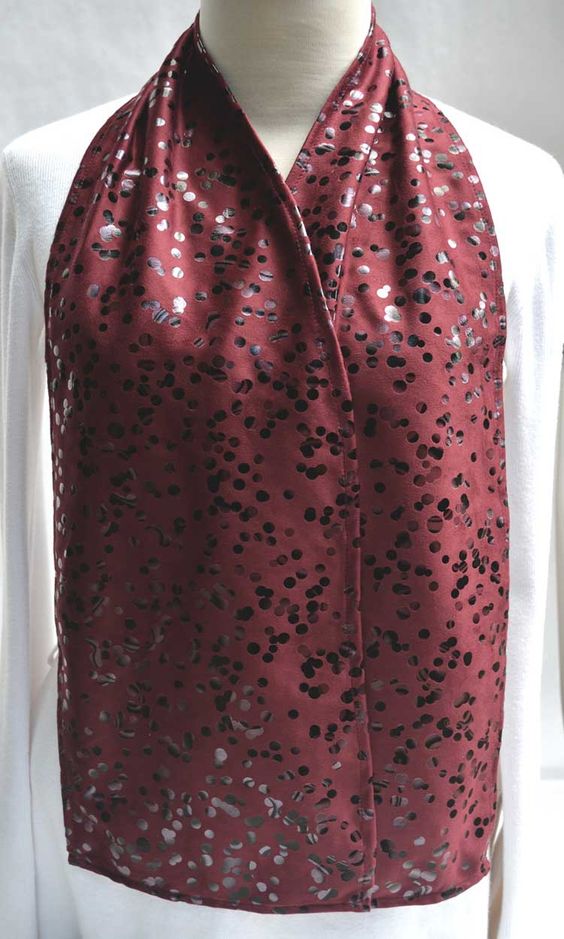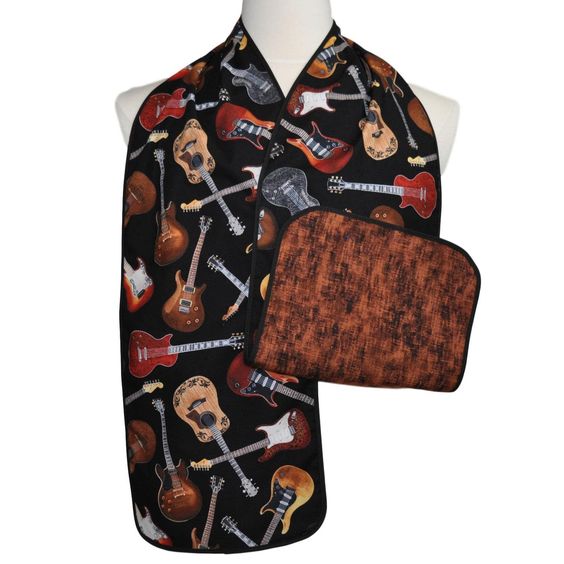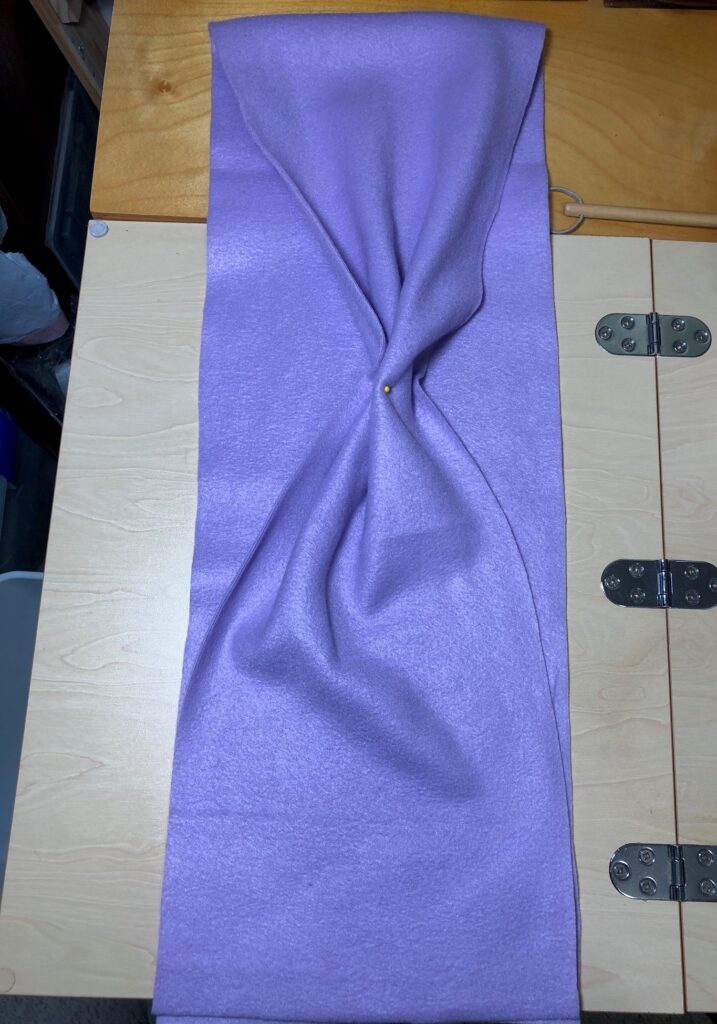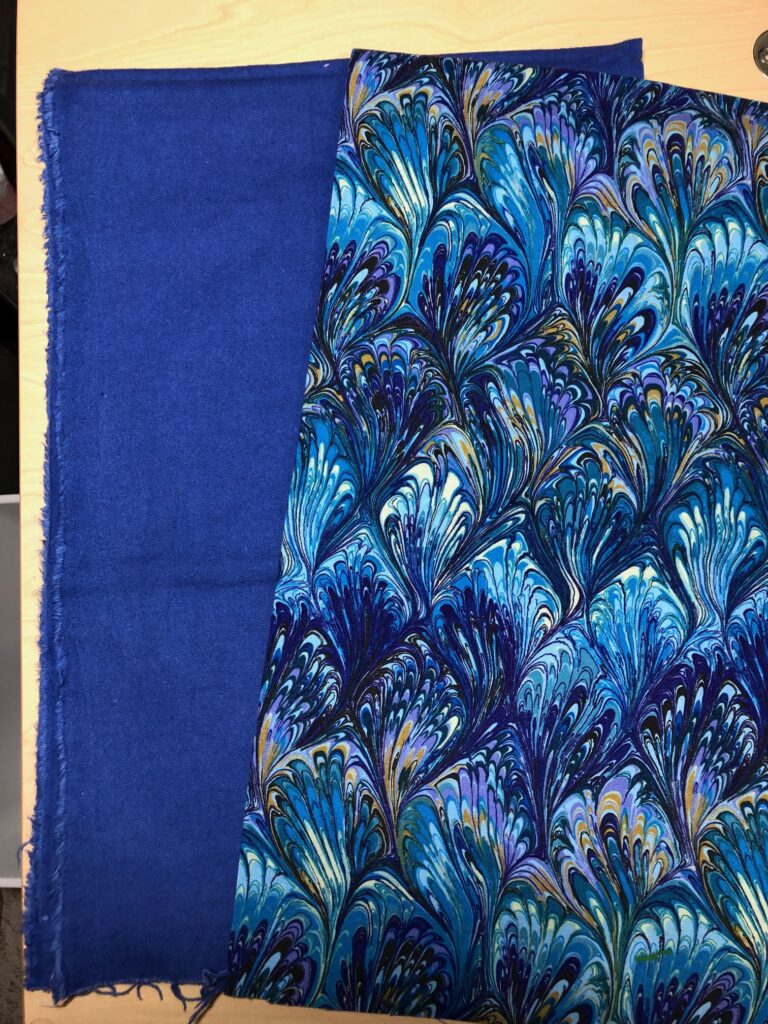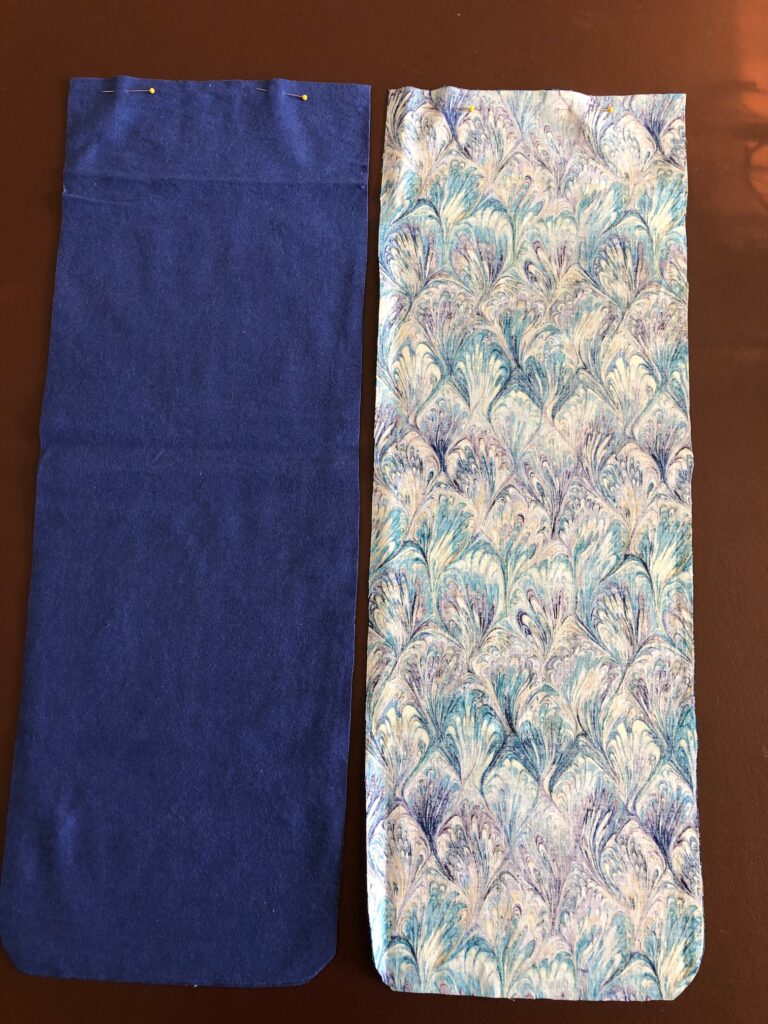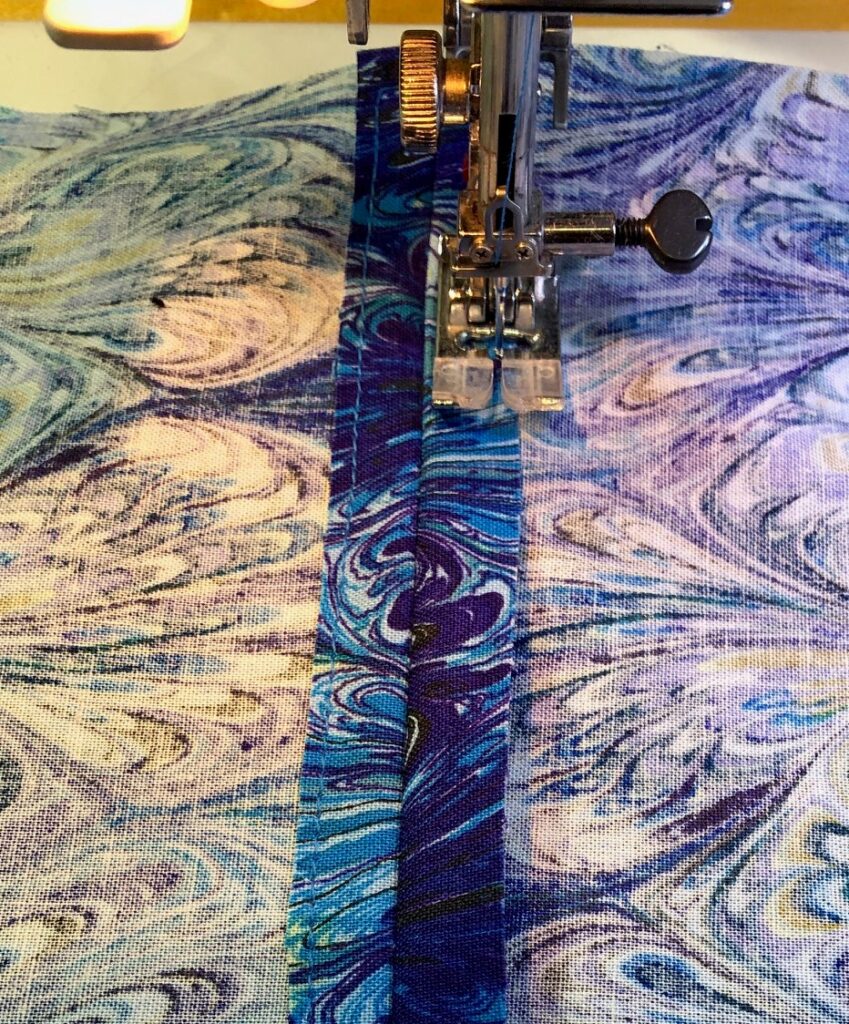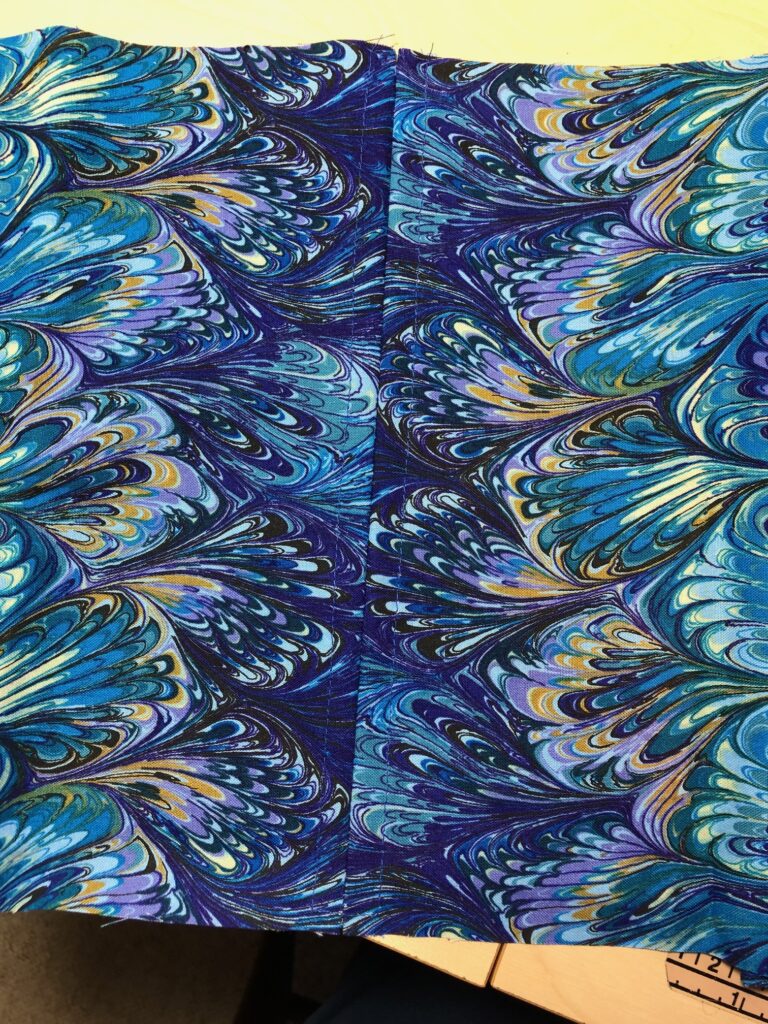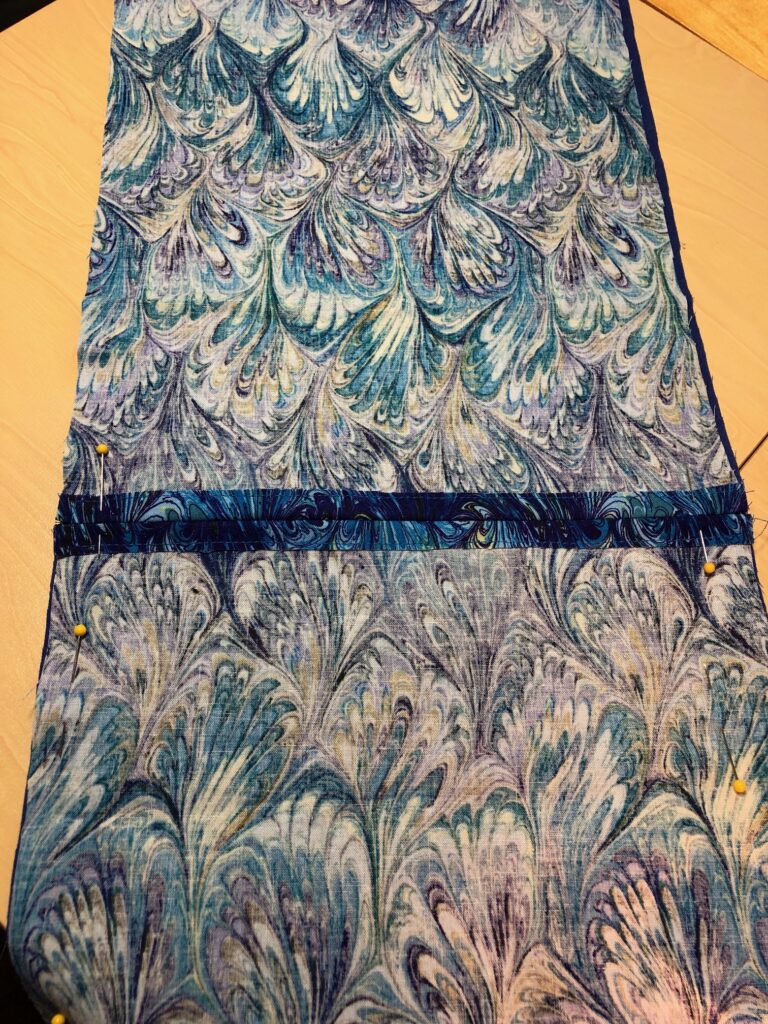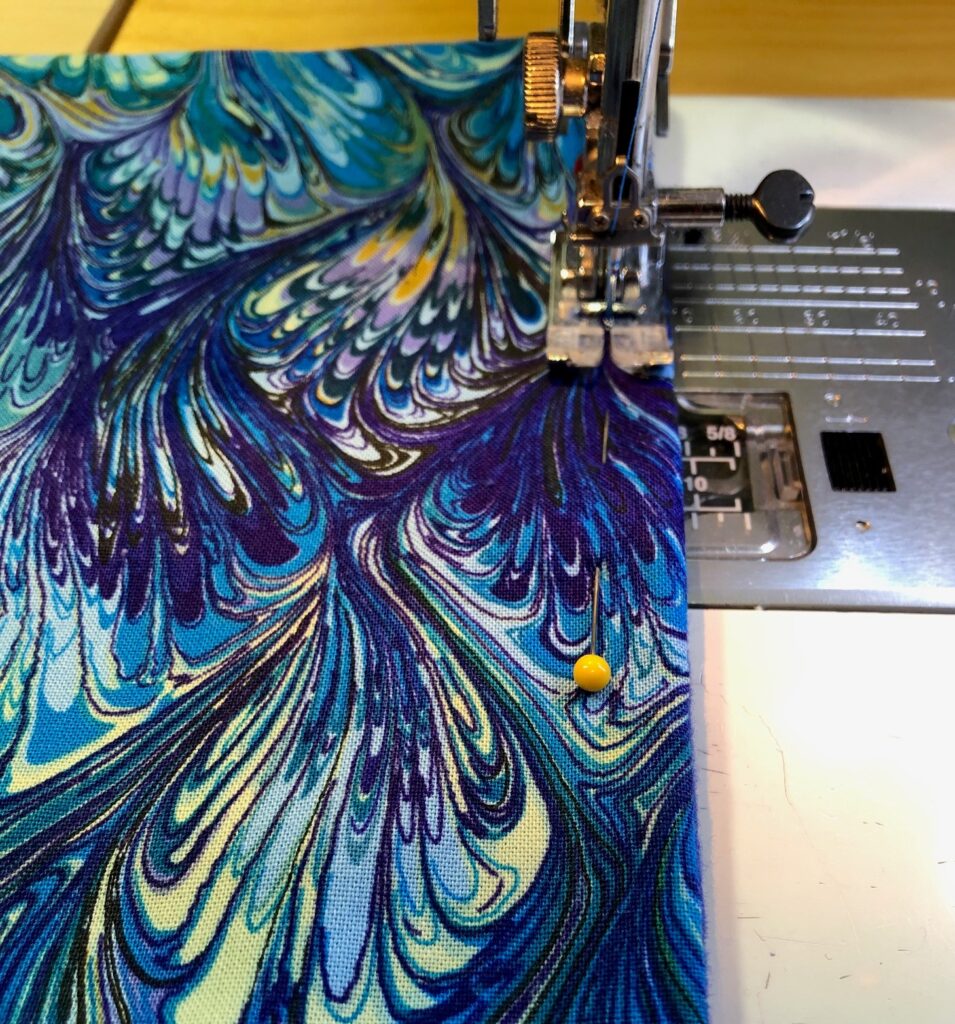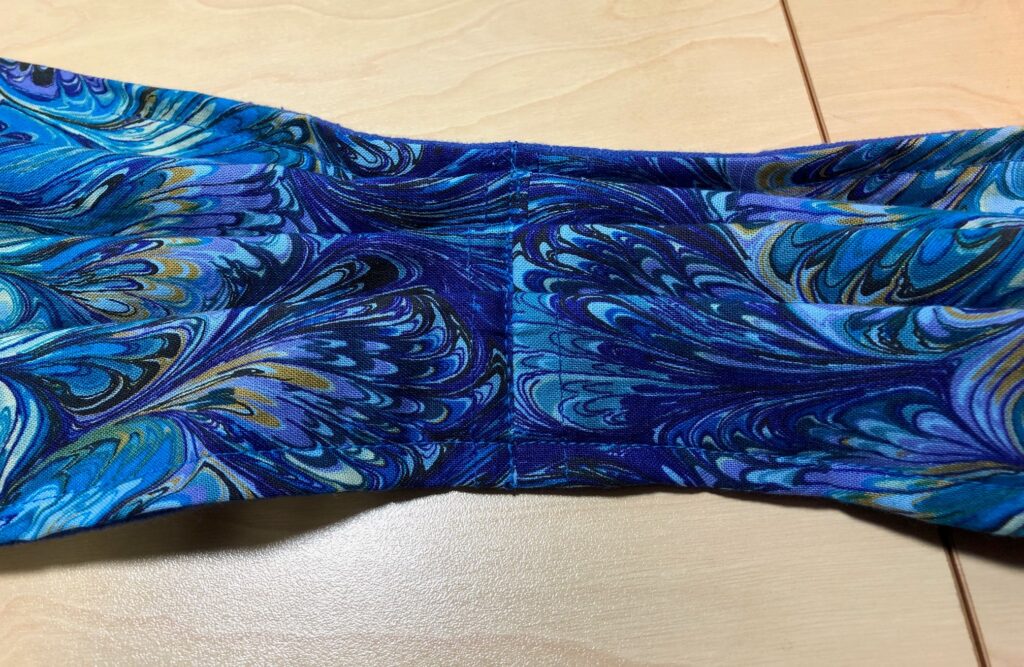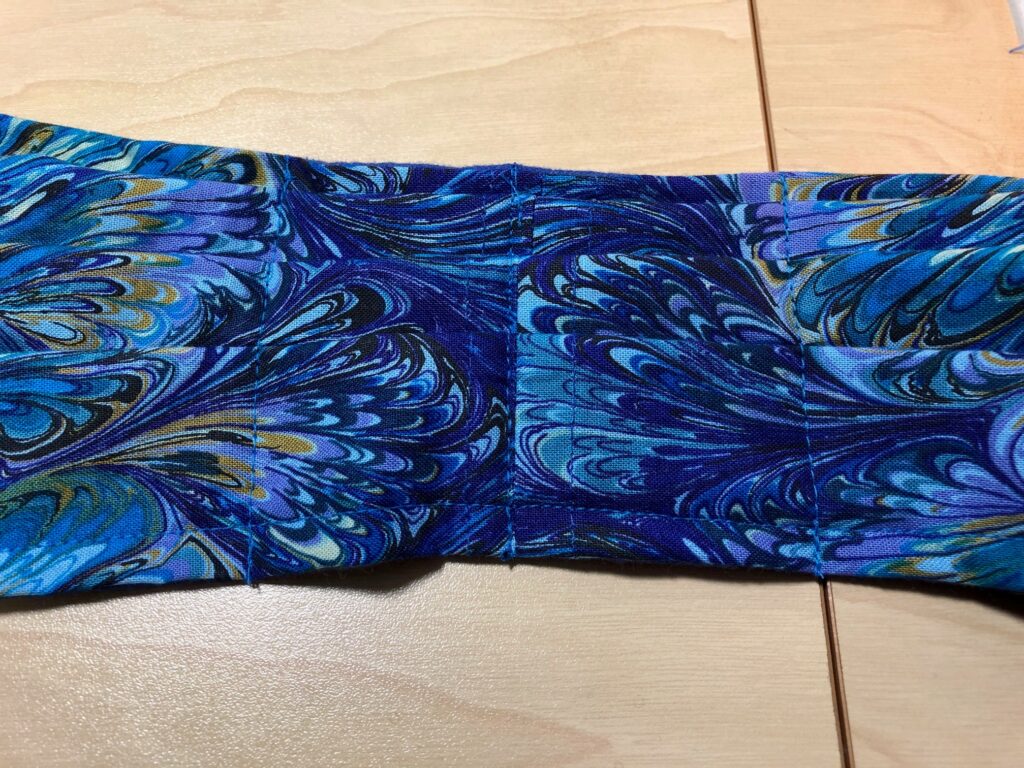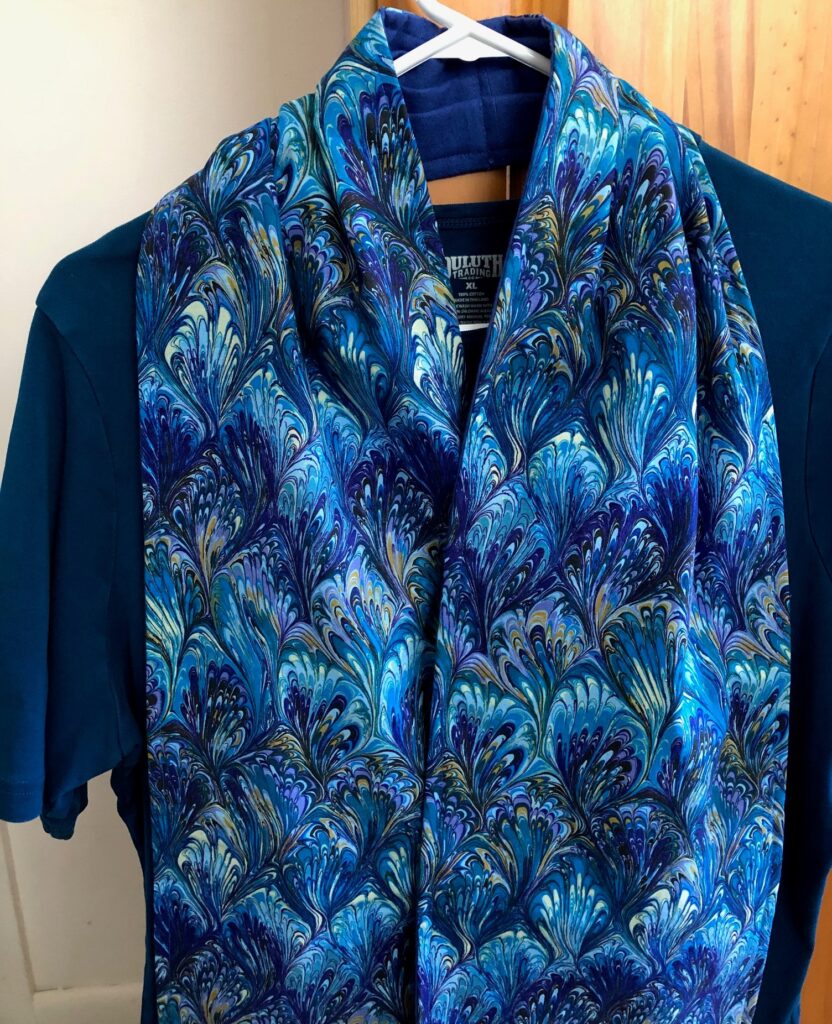When was the last time you wore an apron? Do you have a novelty one to use when you barbeque, or a heat resistant one to protect you when you drop that Thanksgiving turkey into boiling oil? Maybe your job has an apron as part of your uniform or you grab one when you’re dressed up and want to pull a dish out of the oven. I don’t think I have a single apron anywhere in my house and I haven’t made one since 7th grade Home Economics class…a long time ago!!
In the 1930s and 1940s when fabric was scarce our grandmothers and great grandmothers used aprons to protect their expensive clothing. Those aprons were often made from colorful feed-sacks or repurposed sheets to save money. My mother seemed to have a hankie in every pocket…long before affordable paper tissues. Bert remembers his grandmother always had wrapped homemade candy in her apron pockets that he looked forward to with every visit.
With my granddaughter’s interest in vintage clothing, I thought I could easily make an apron like the ones from the 1940s. Haha! Easy is not the right word to describe making retro 1940s anything!
I should know better by now. A few weeks ago I made her a dress from the 1950s and was amazed how complicated every step was. Maybe I just haven’t made clothing for many years but it feels like in the last 10 or 15 years the methods of construction have been simplified or the instructions in patterns have better step-by-step illustrations. You can see more about the dress I made at https://marykisner.com/making-a-retro-1952-dress/ and the final result on my granddaughter at https://marykisner.com/success-with-the-retro-1952-dress/.
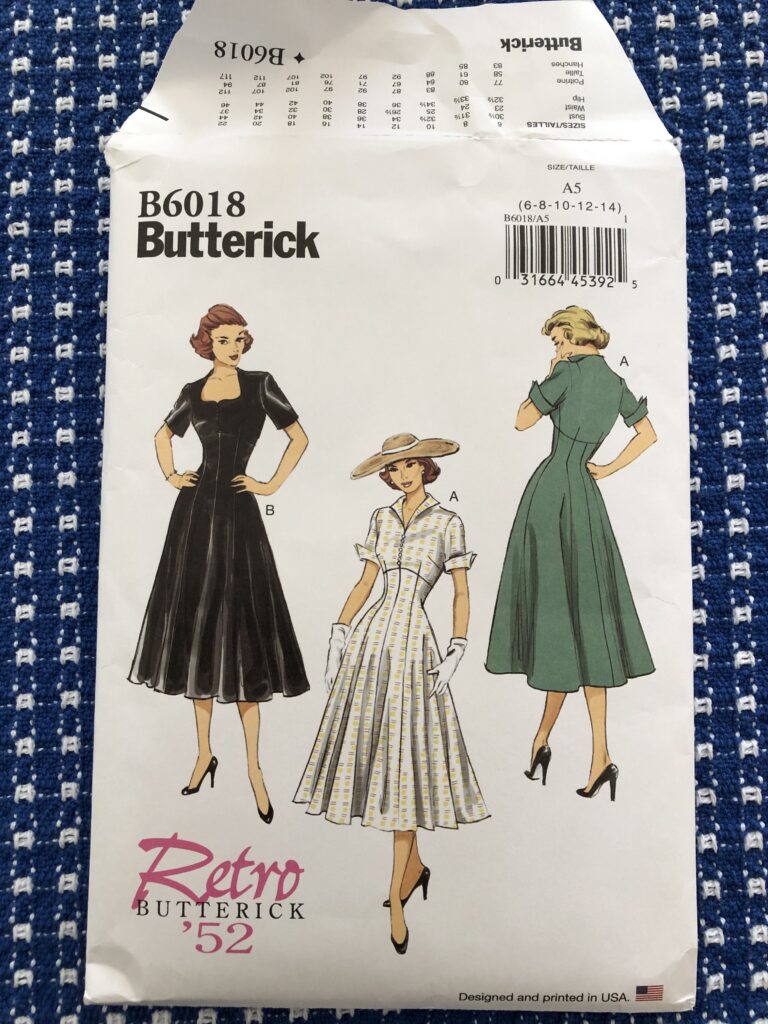
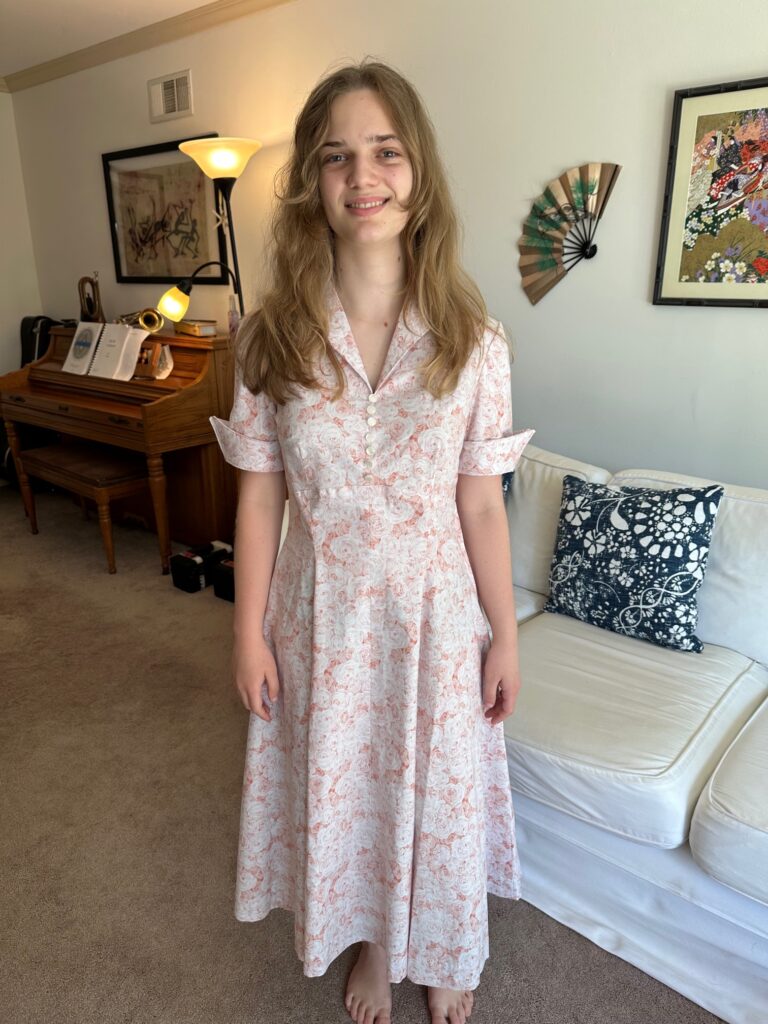
I’ve been bothered for several weeks that something was missing with the dress. She loved it but you really can’t see how full the skirt is. I finally figured out that the dress needed a half slip…it could even be a crinoline (remember that stiff scratchy stuff?) No, that would be too much. I just ordered her a cotton slip with gathered layers. That might make the dress look more like the picture…at least if she wants to look like 1952! We’ll see!
Anyway, she was so happy about the dress and I was feeling accomplished about making it. I started looking at other retro patterns. I found this Retro 1940s Apron pattern and figured it didn’t look too hard. Again…haha!
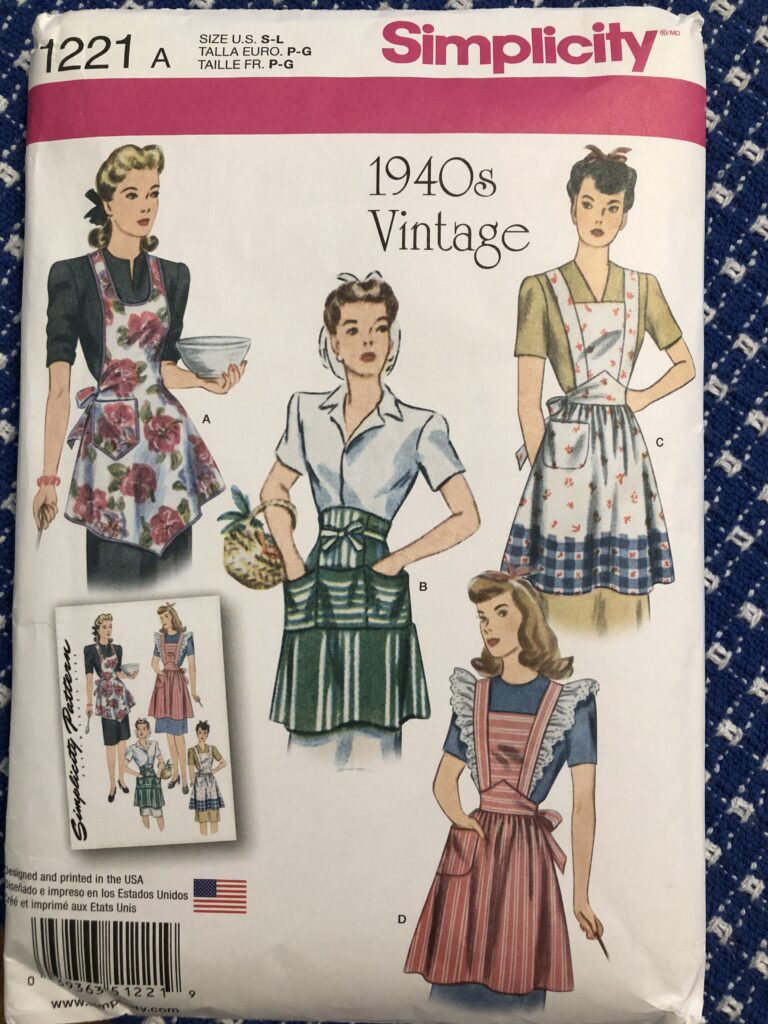
I was interested in trying the red one with the lace along the side of the bib. This would be called a pinafore apron. She hasn’t really asked for an apron, so it will be a surprise. Who knows? Maybe it will be useful as a Halloween costume or on stage in a play. She’s headed off to college next year but she does like to bake. Actually, this project will keep Grandma Mary busy, so that’s all that matters.
I won’t try to go step by step, but here are a few pictures as I worked on the apron:
Gathering the eyelet lace:
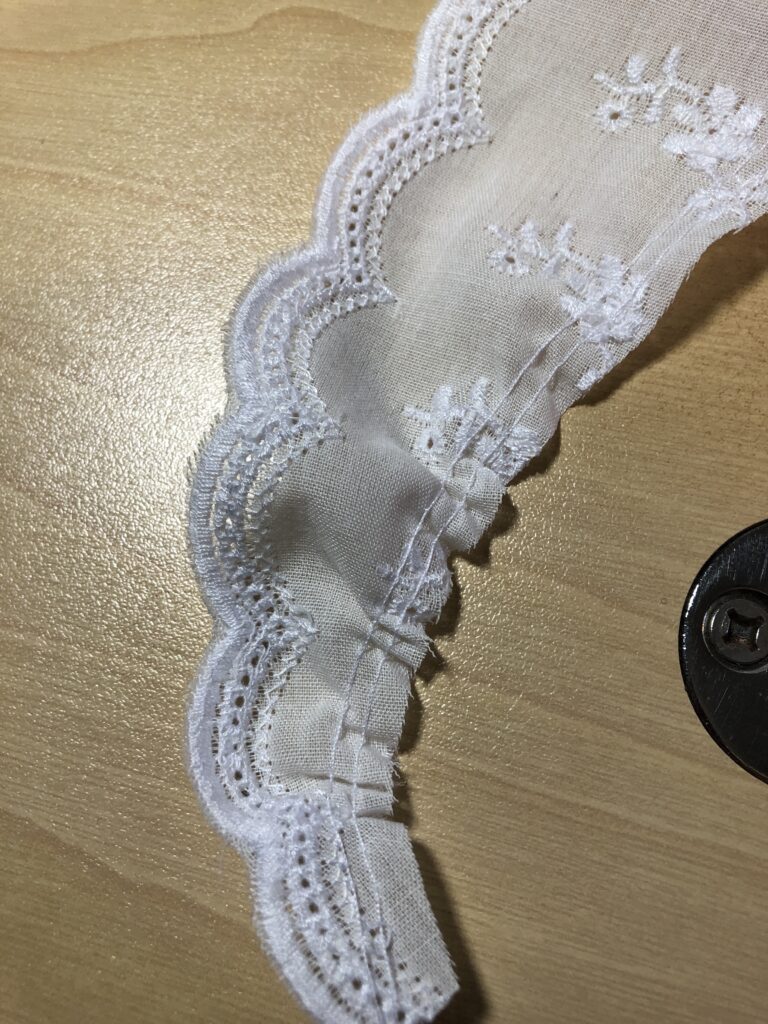
Figuring out how the bib and straps went together:
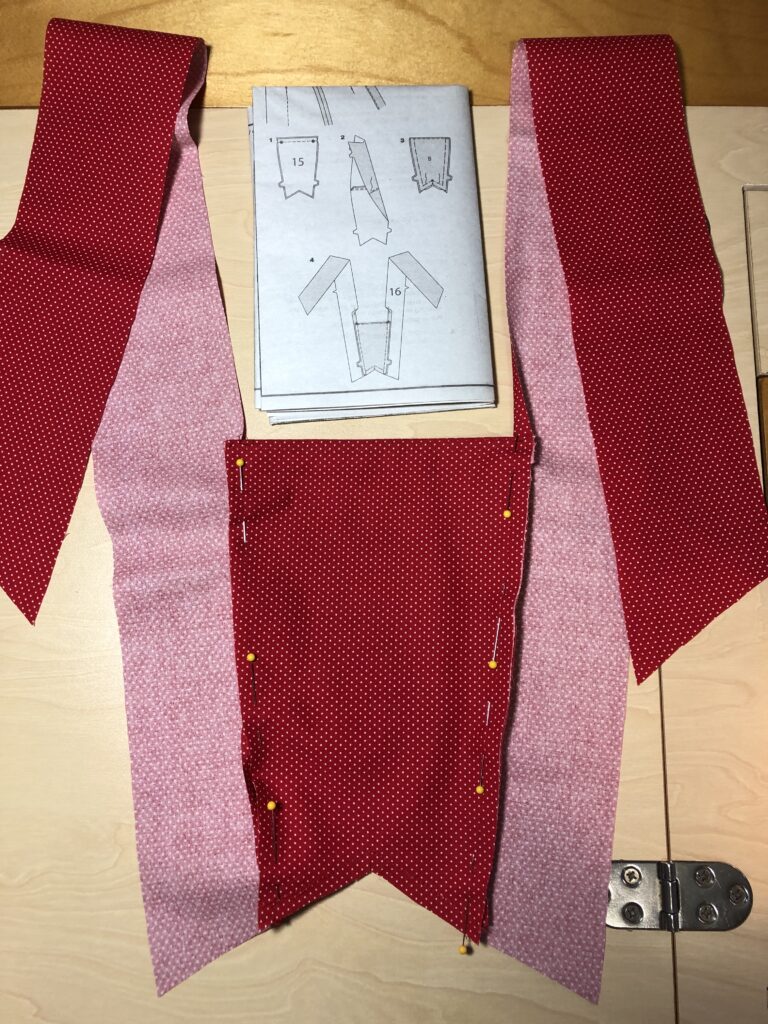
Getting the lace attached:
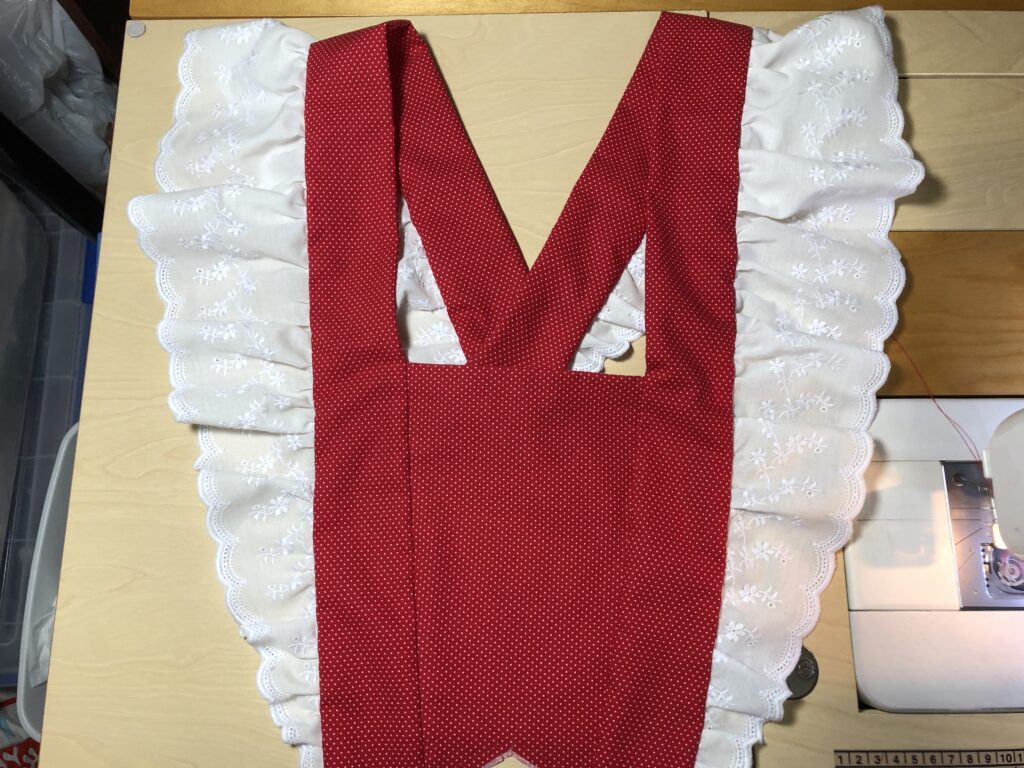
Here is the front of the finished apron:
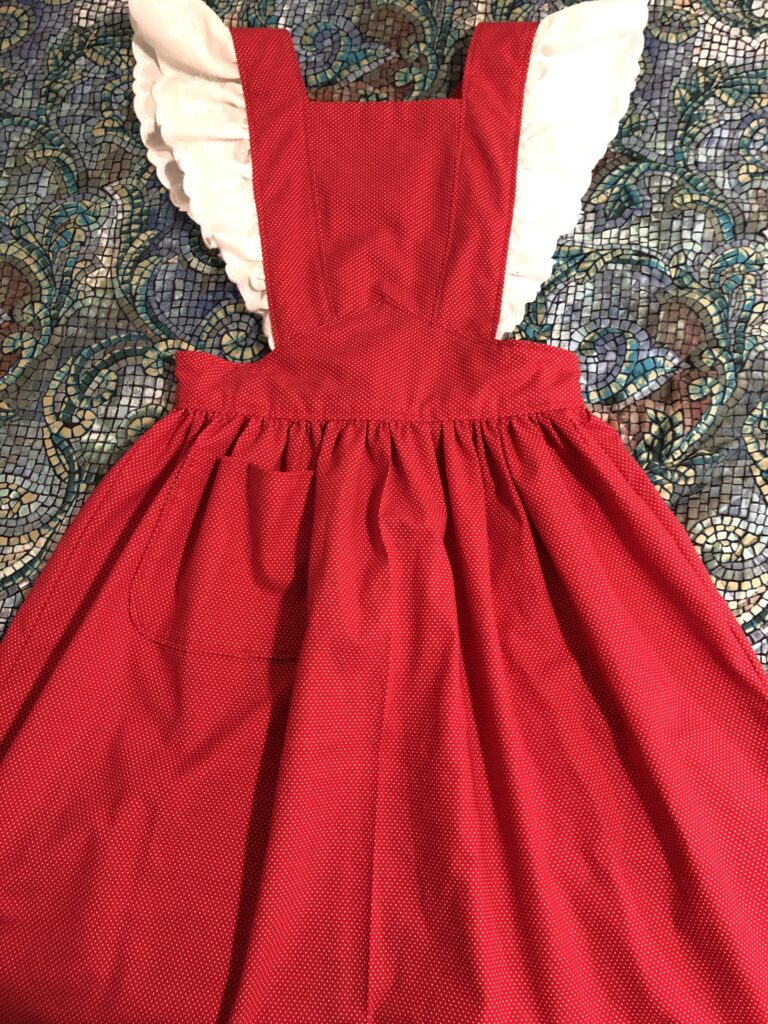
And the back, with the straps crossed:
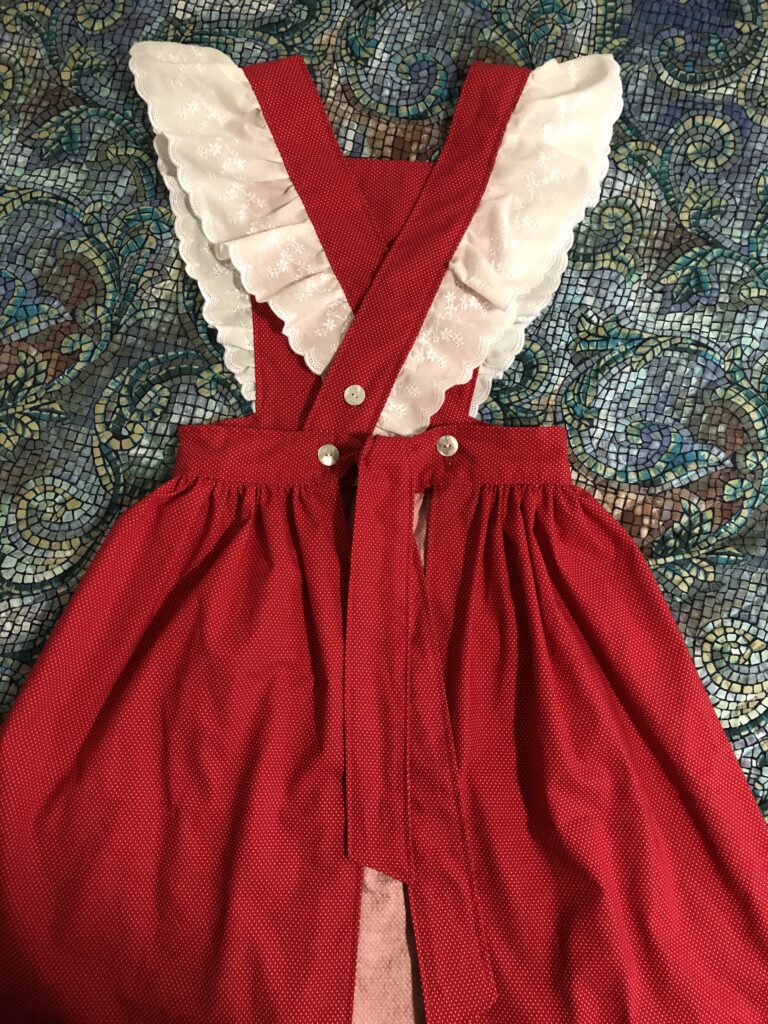
If I decide I need an apron, I don’t think I’ll make a Retro 1940s one…at least not from this pattern. If you need an apron, may I suggest choosing one from a kitchen supply store or a novelty one with a clever saying!

